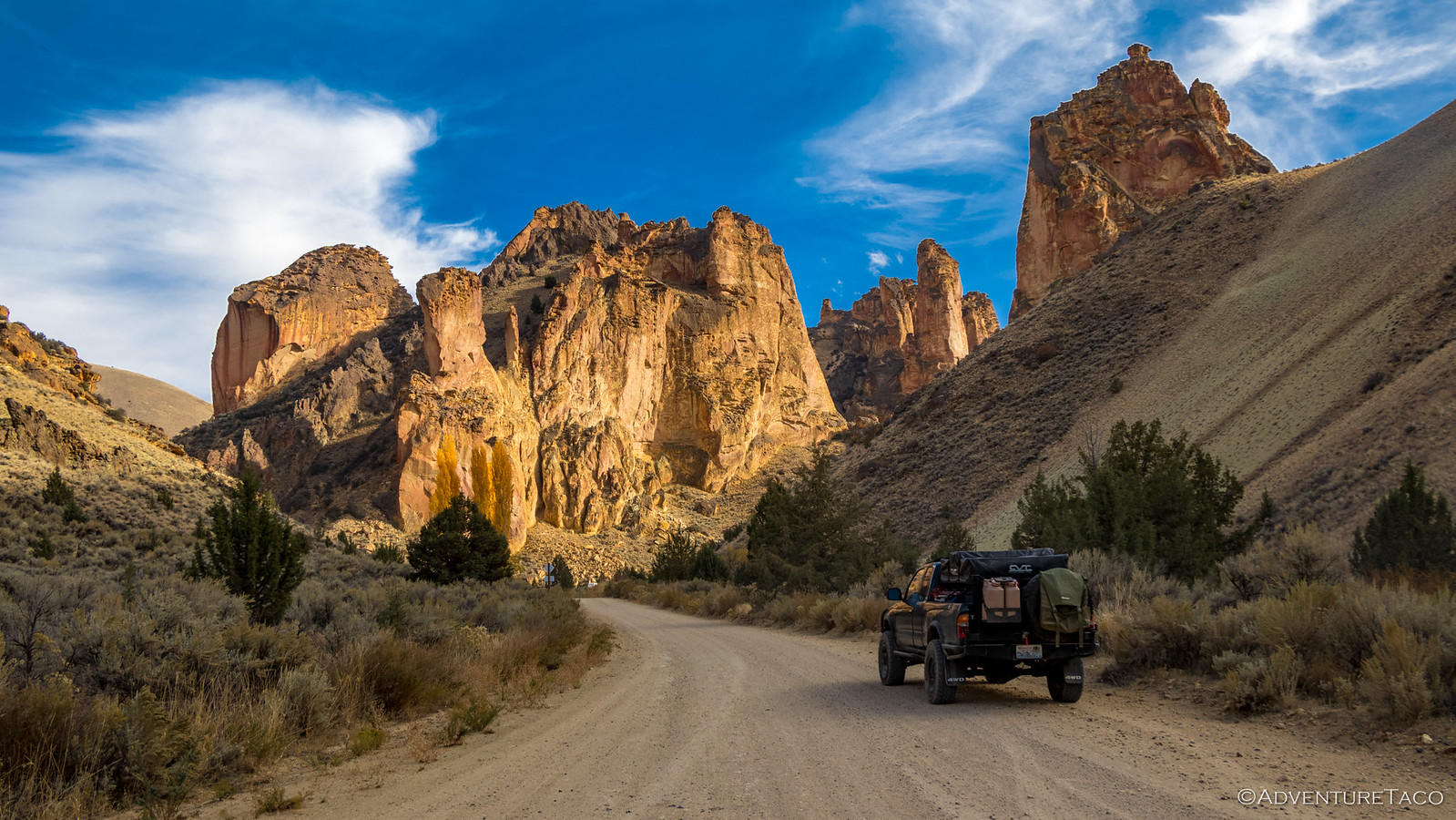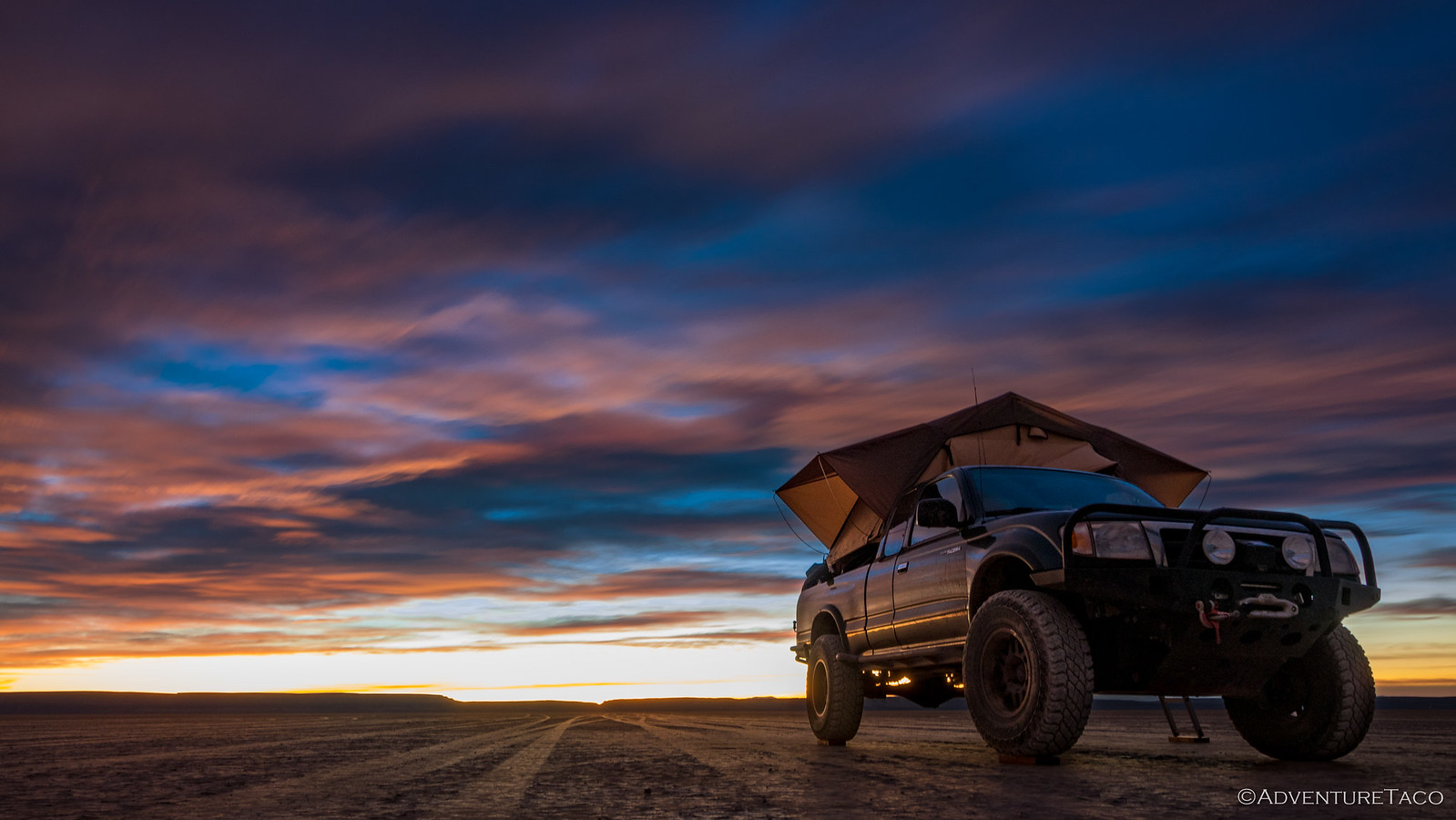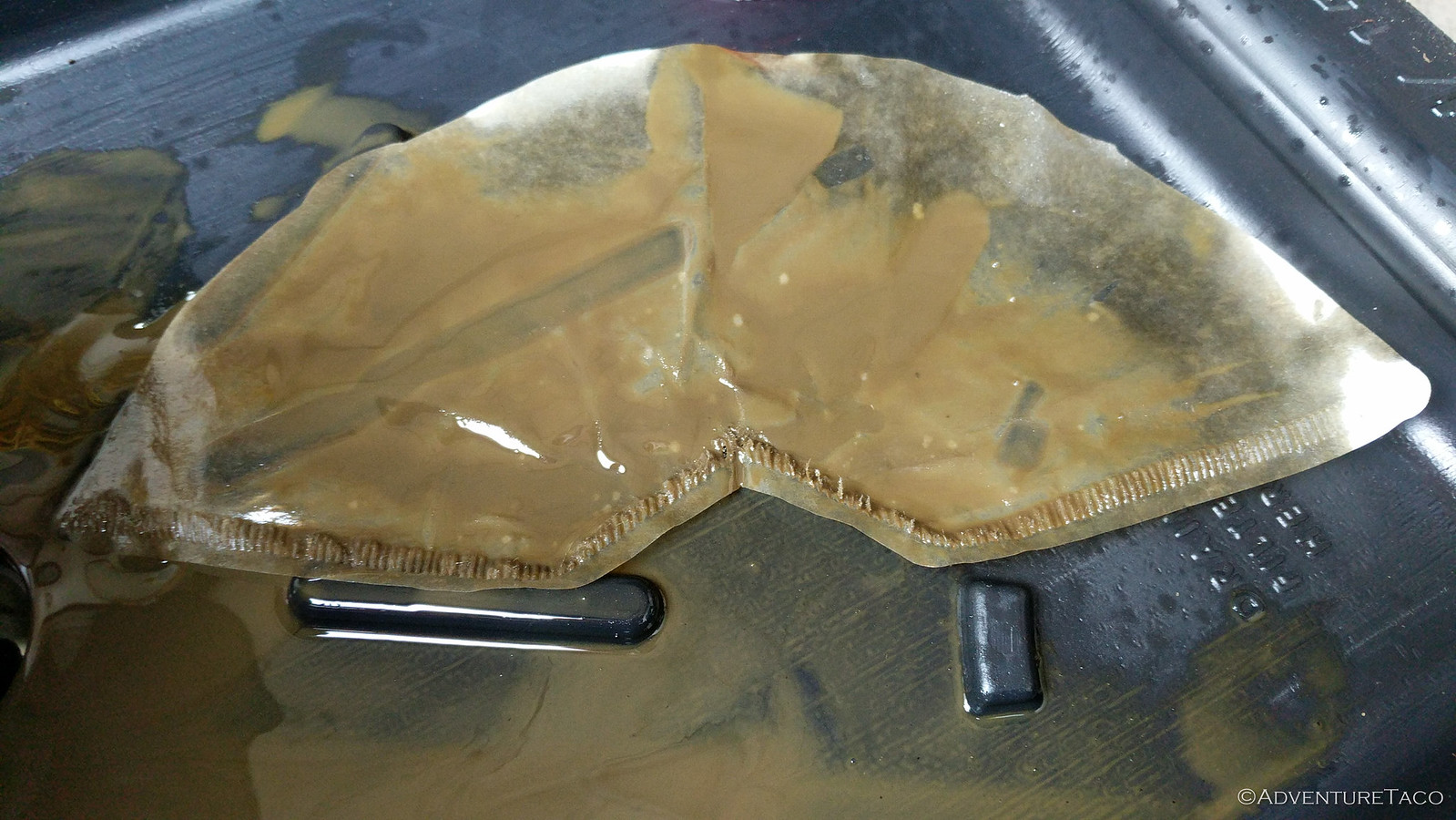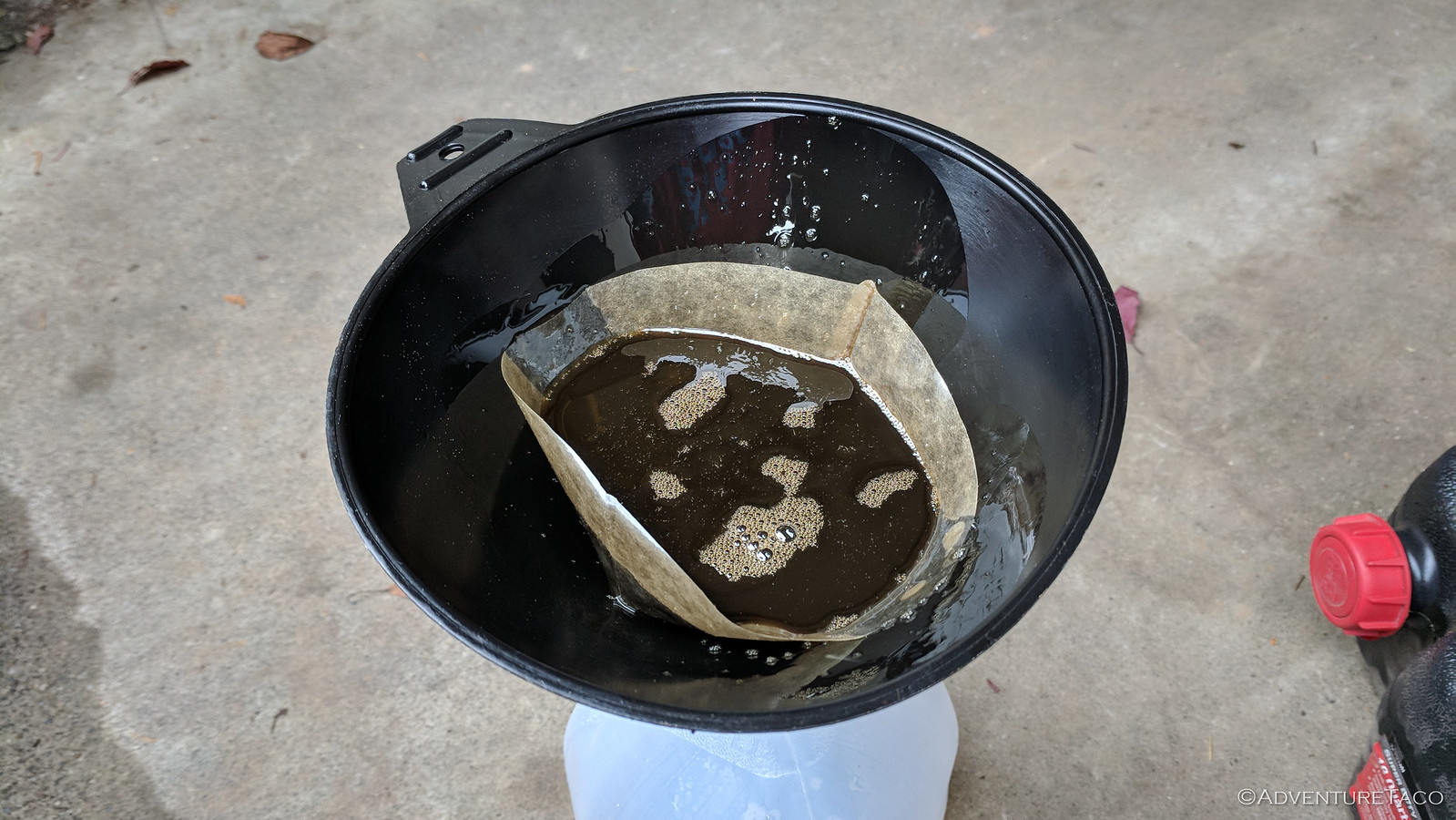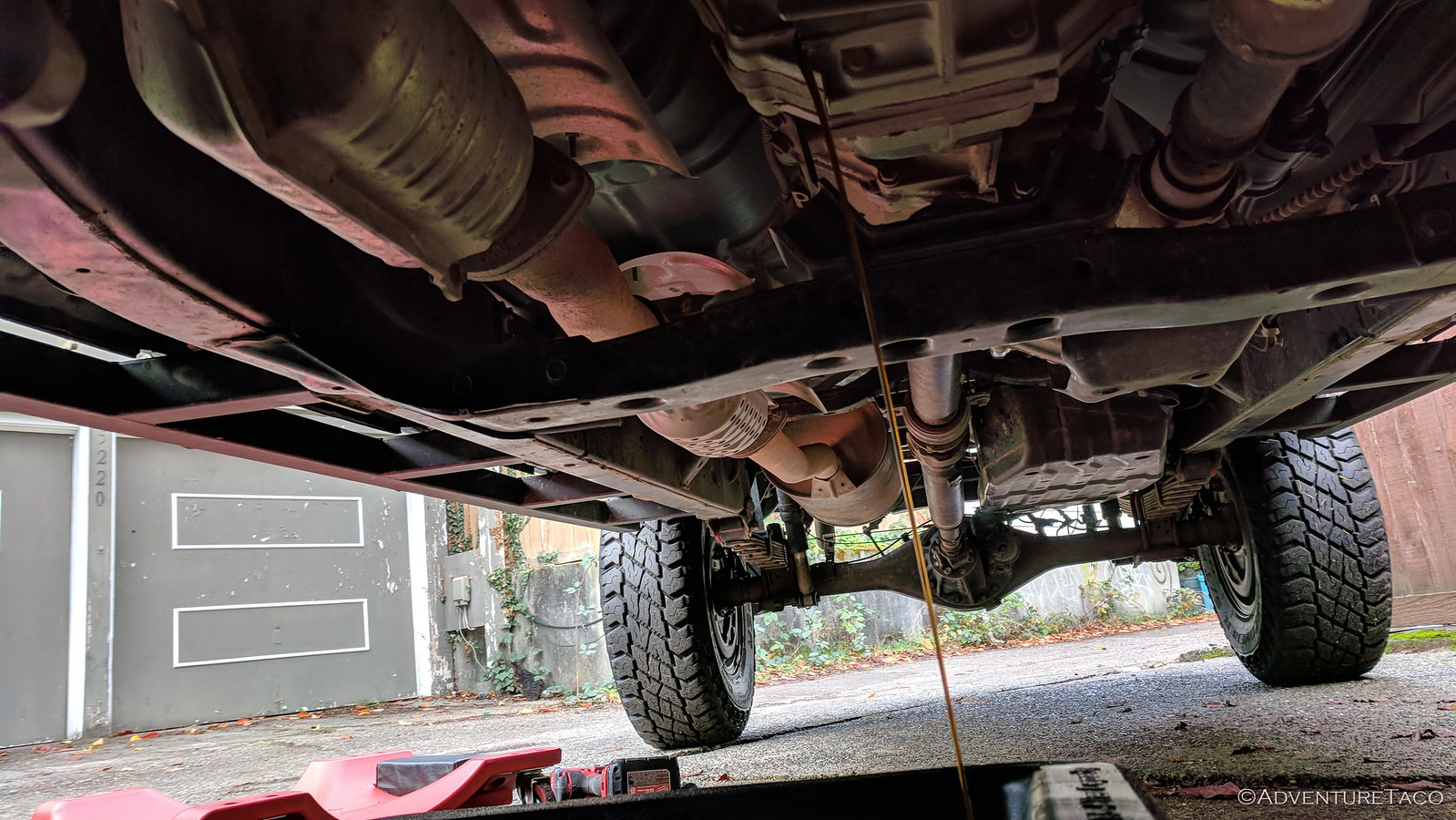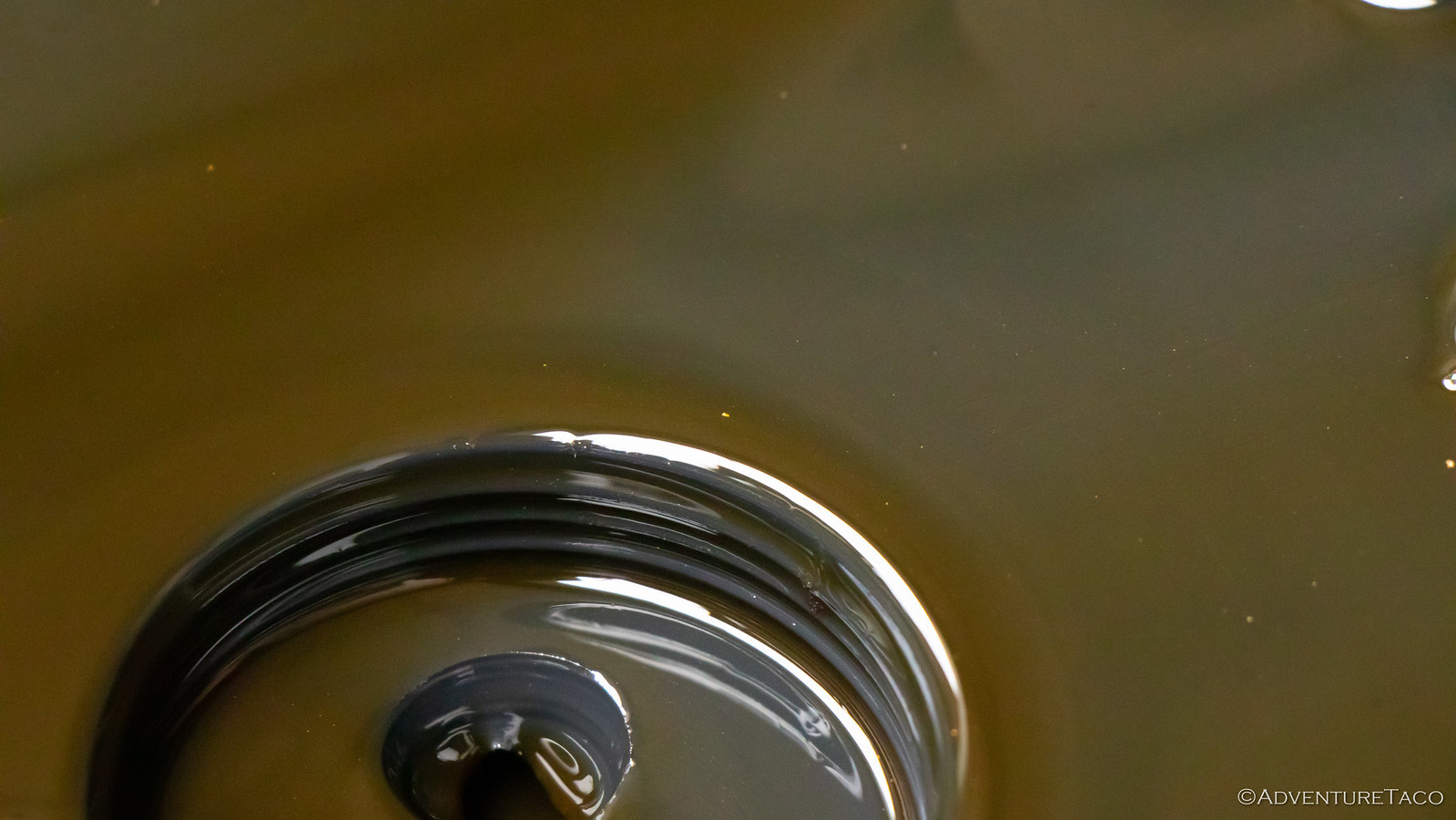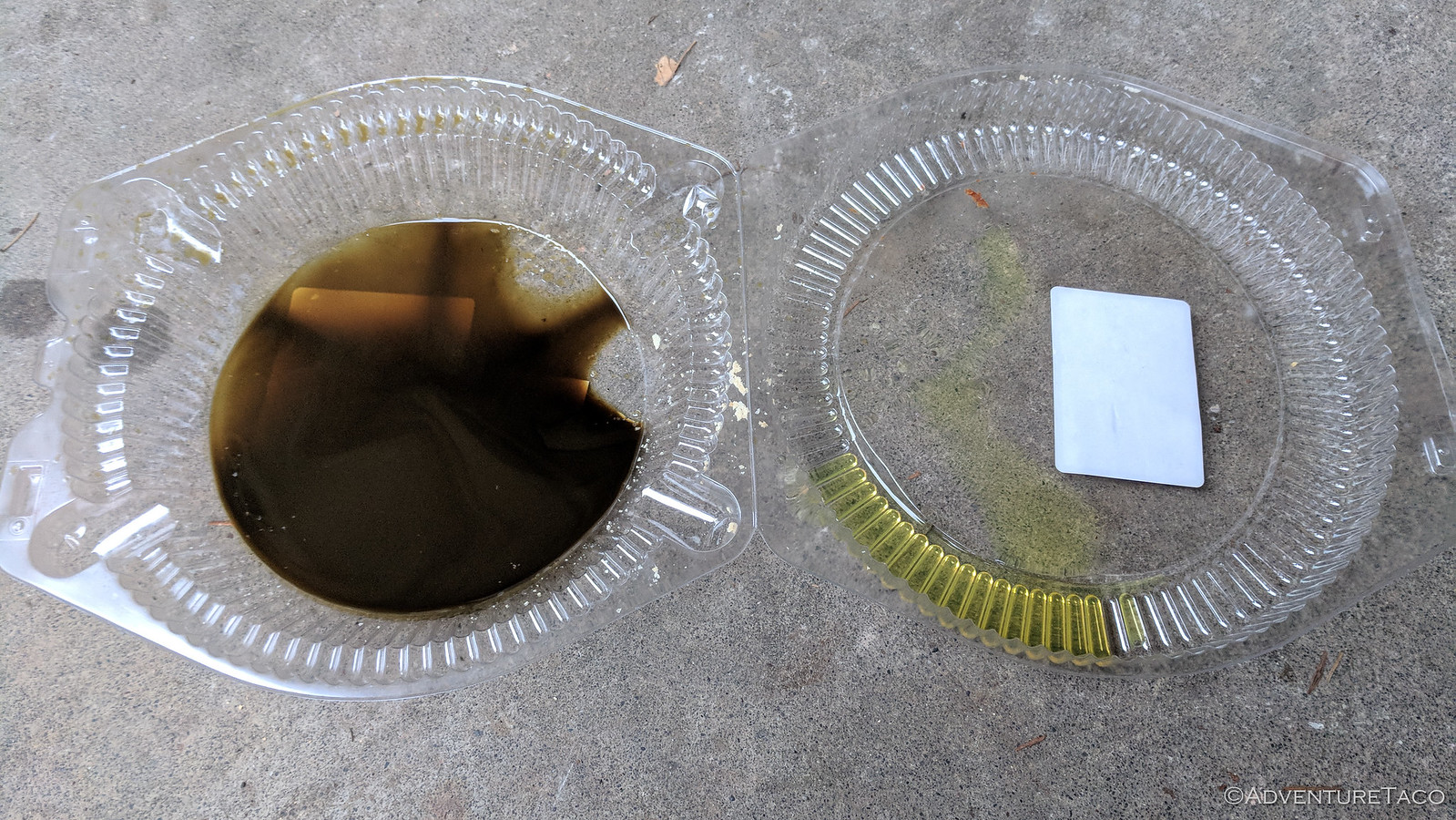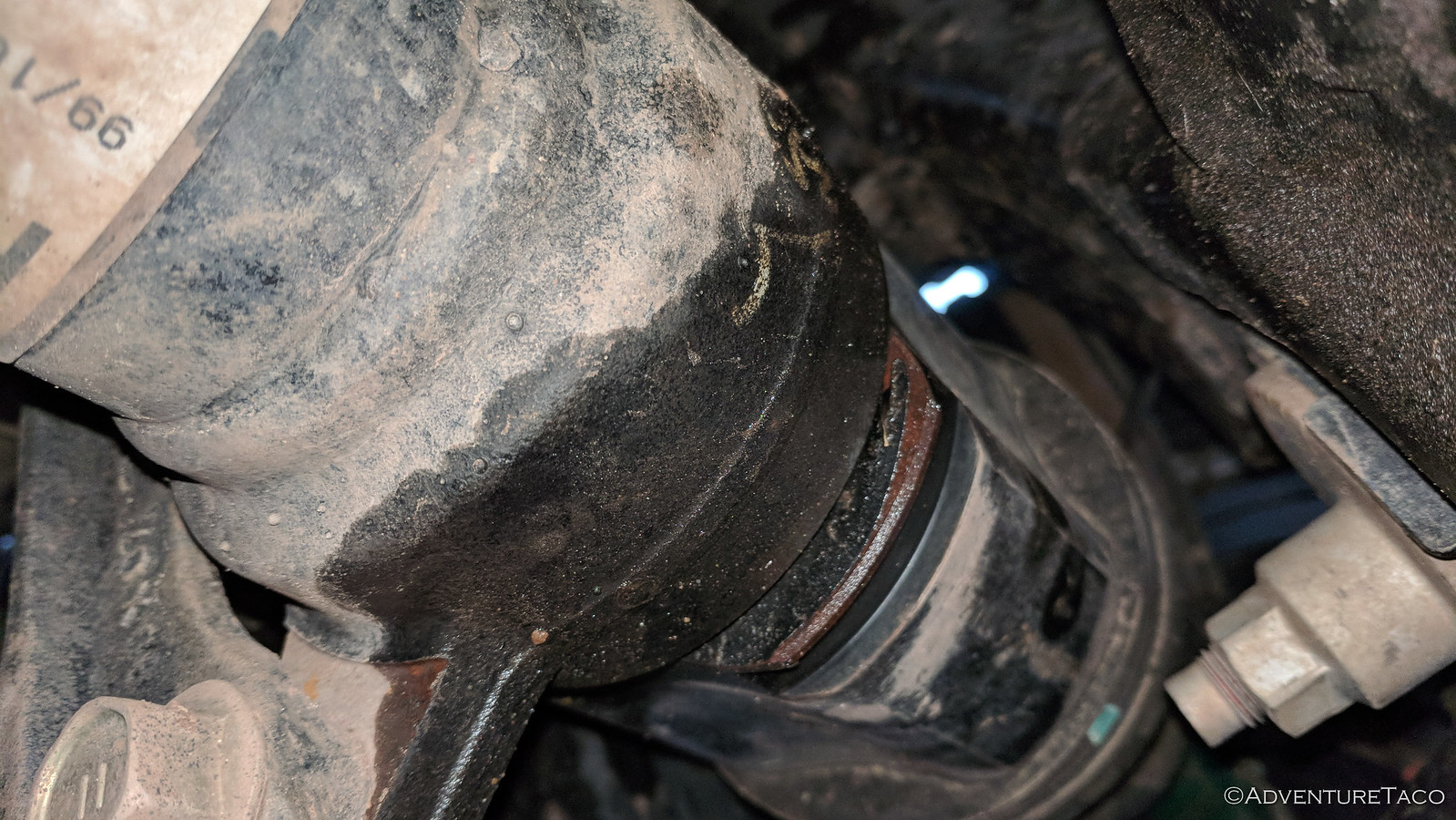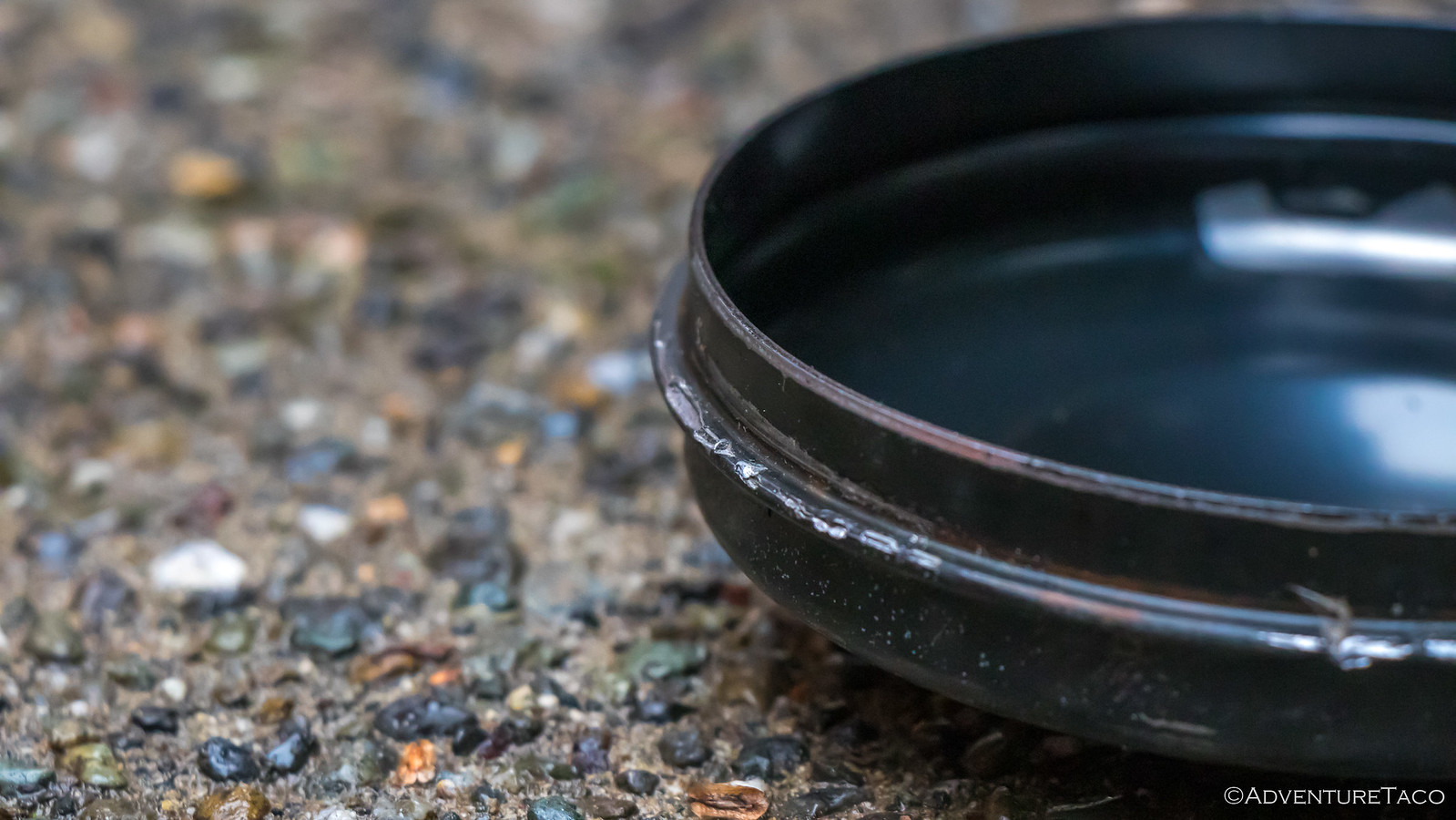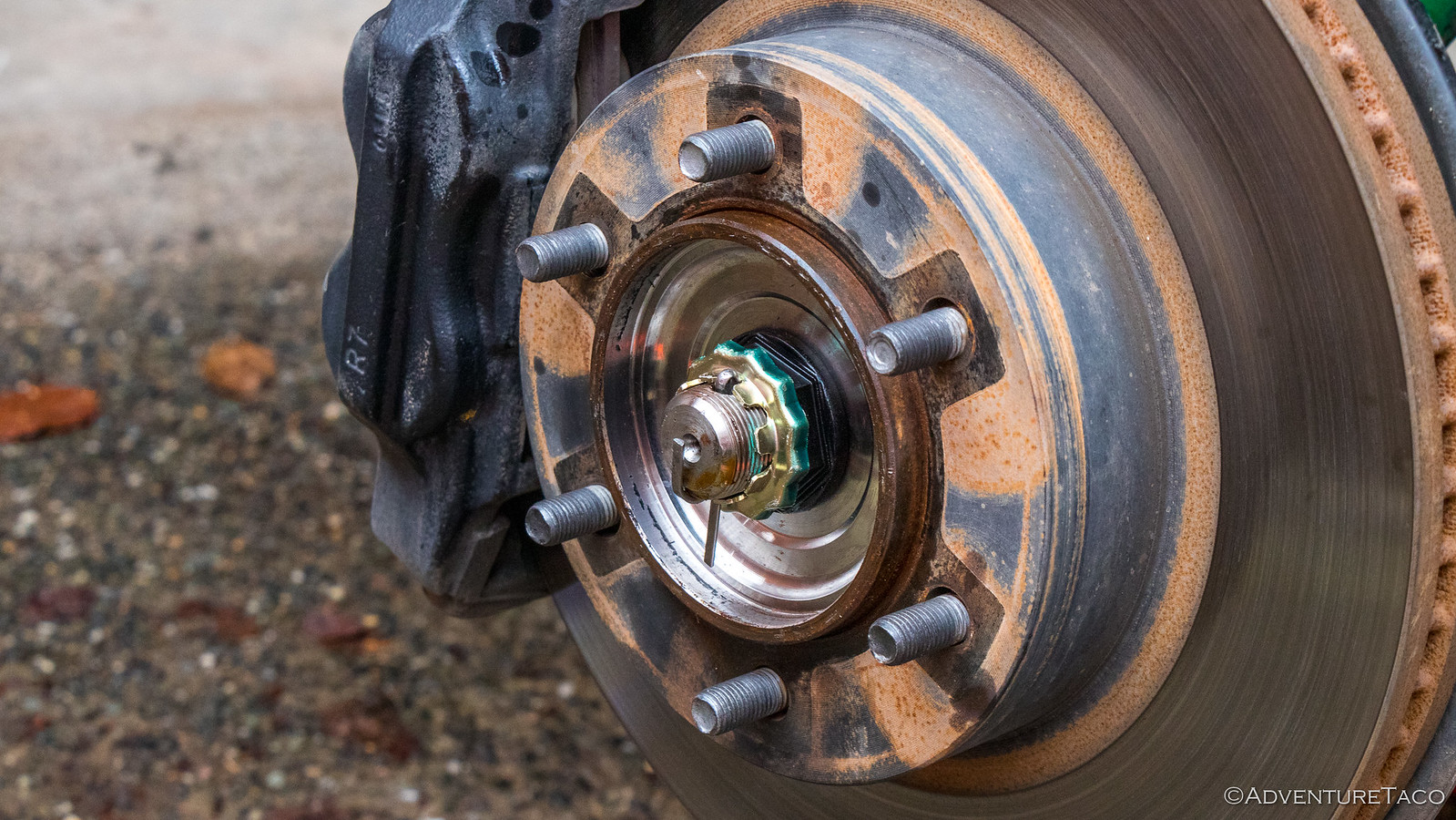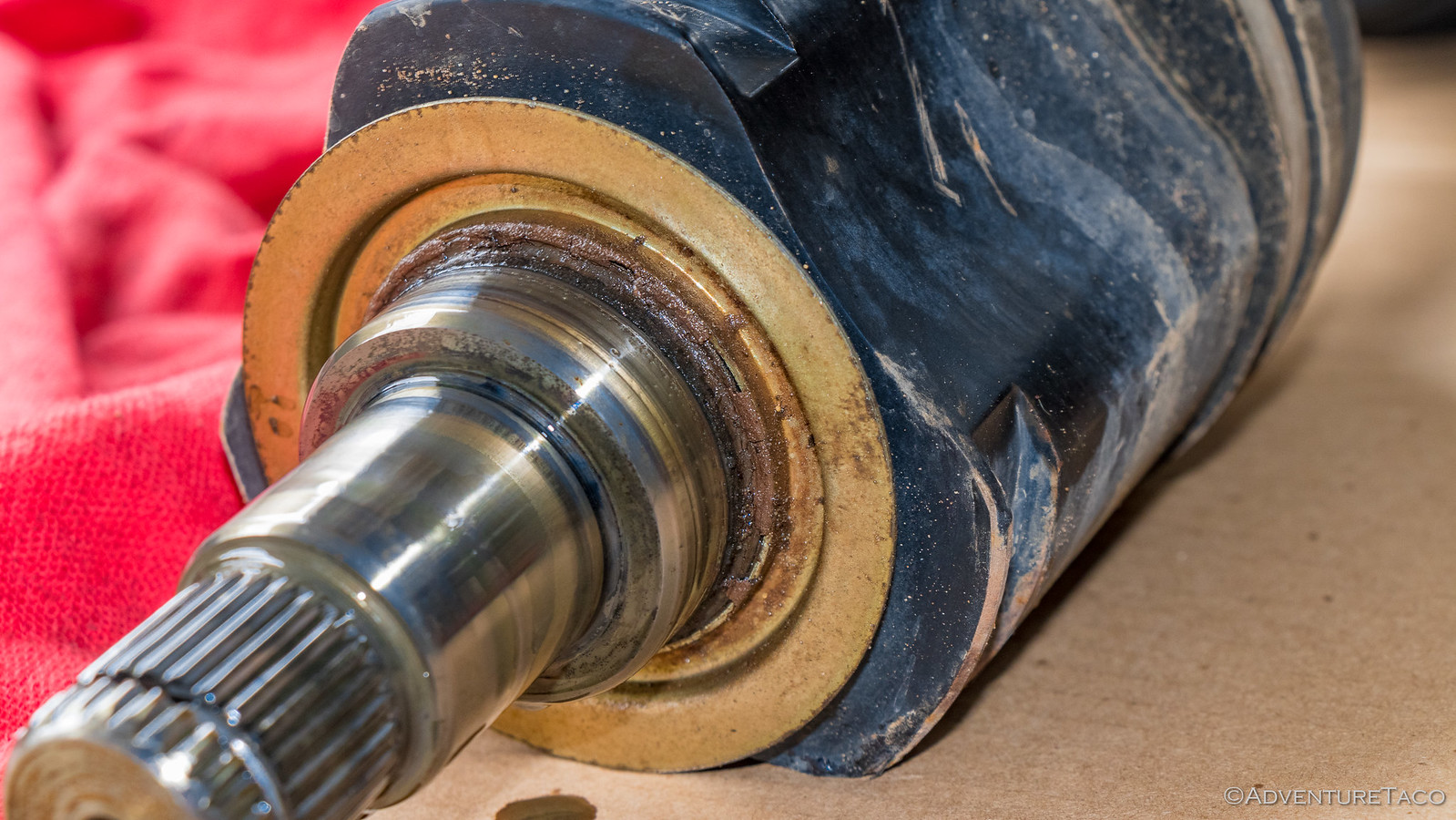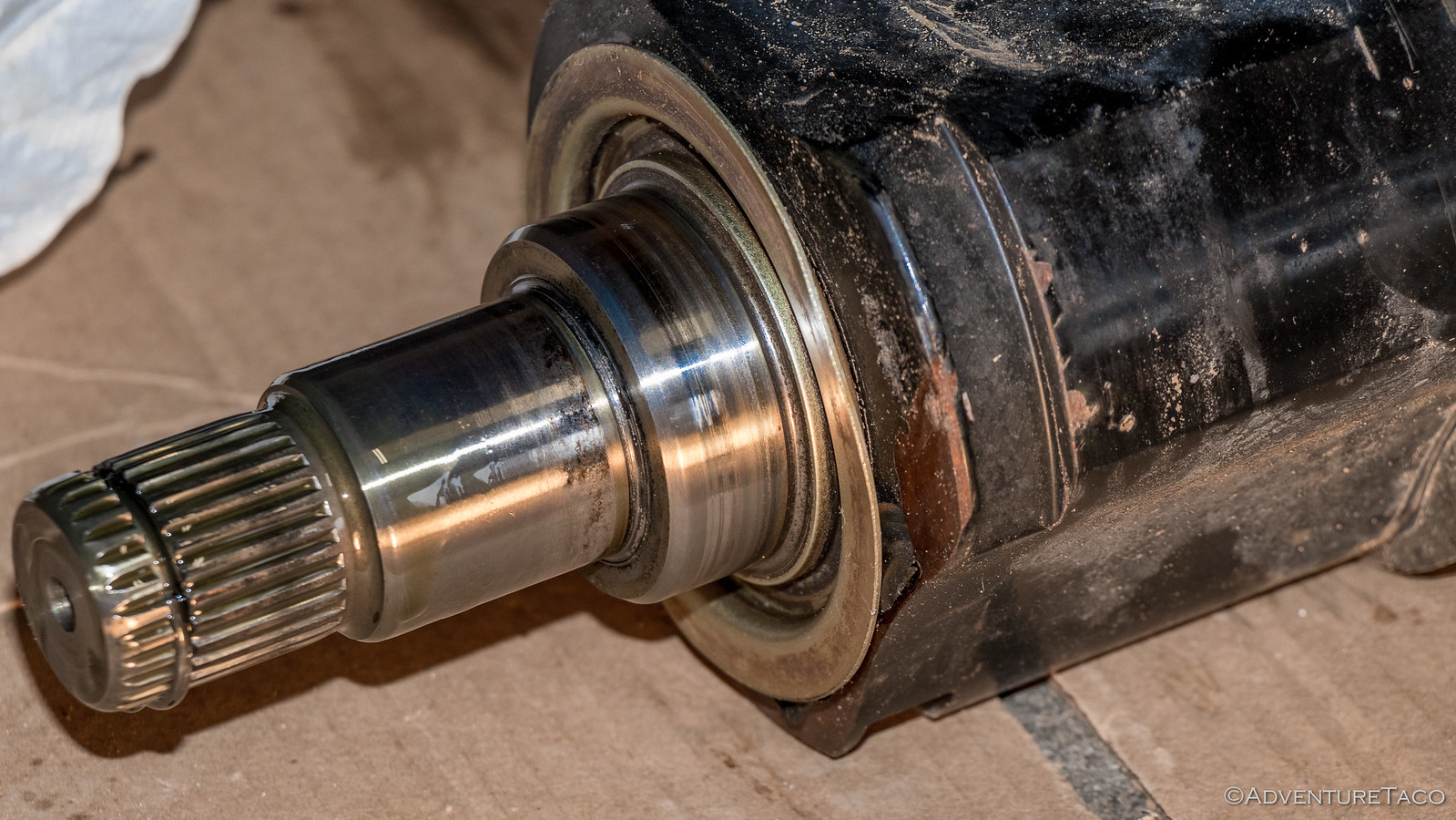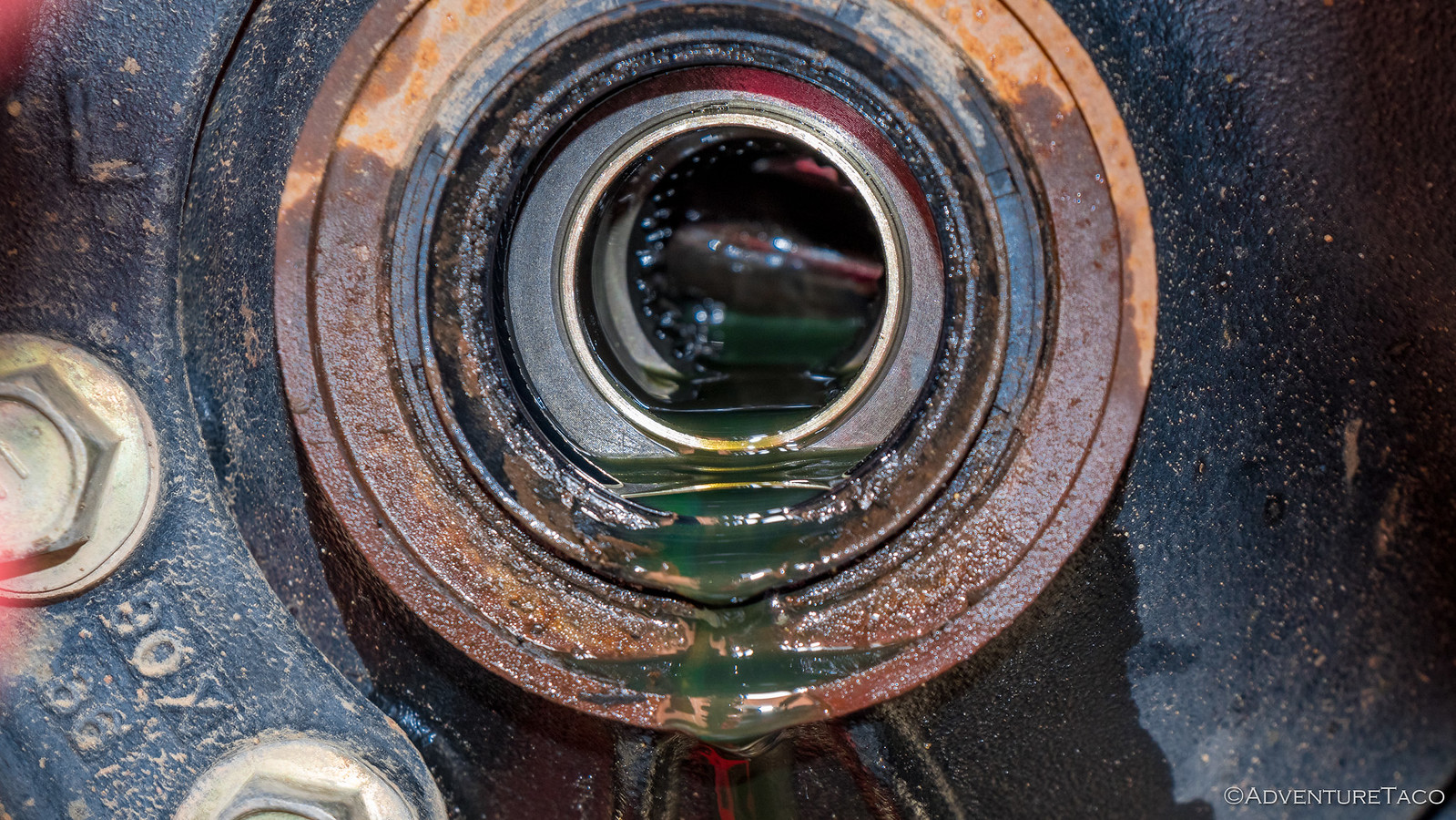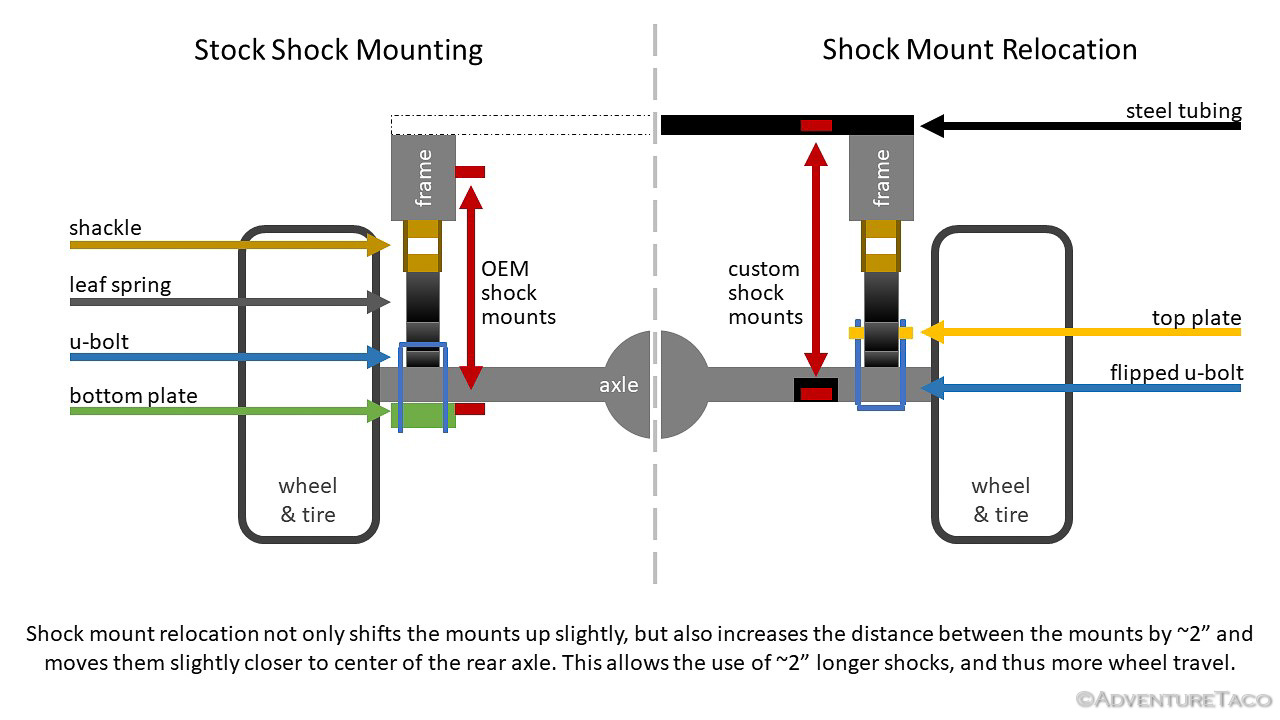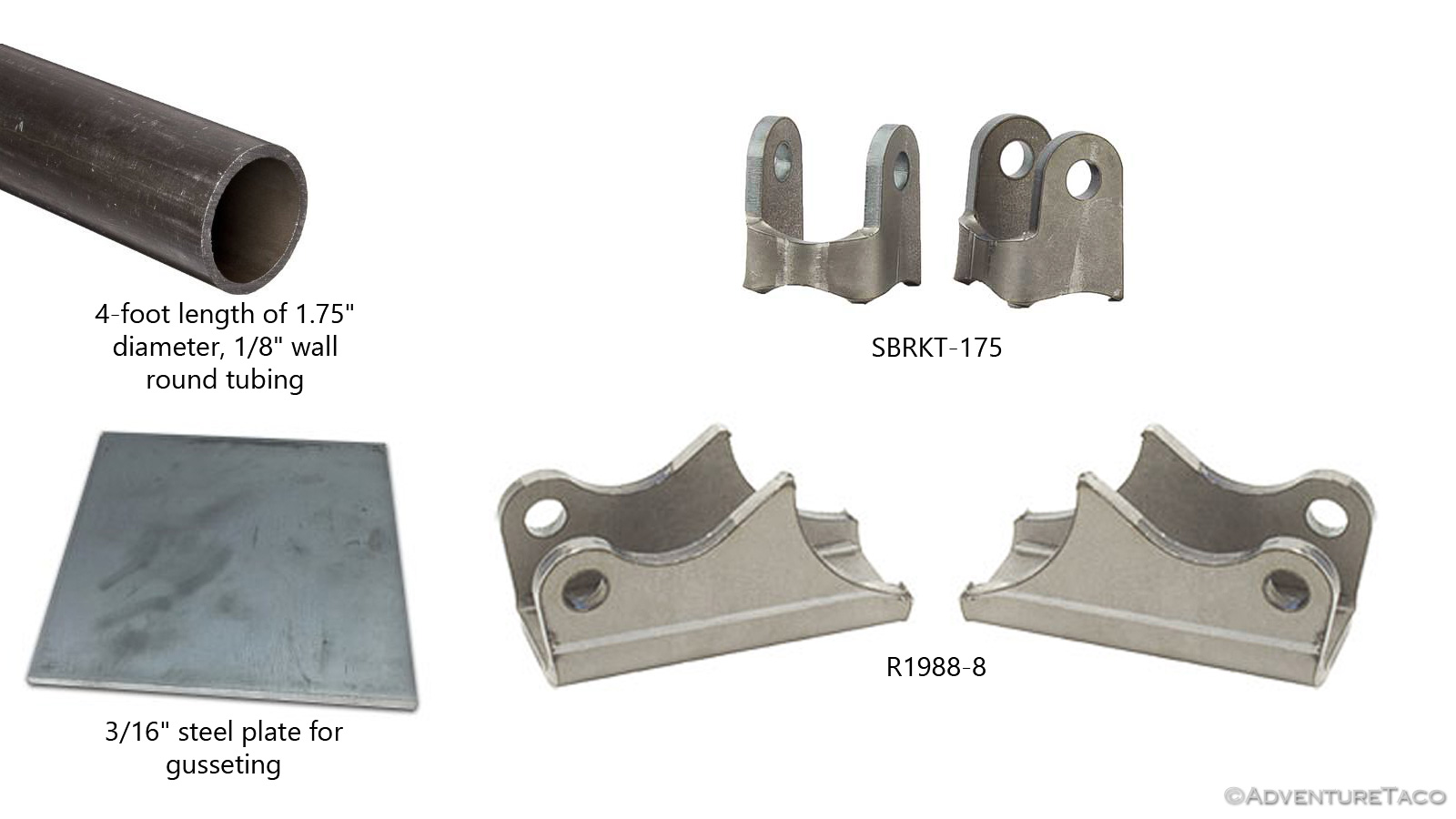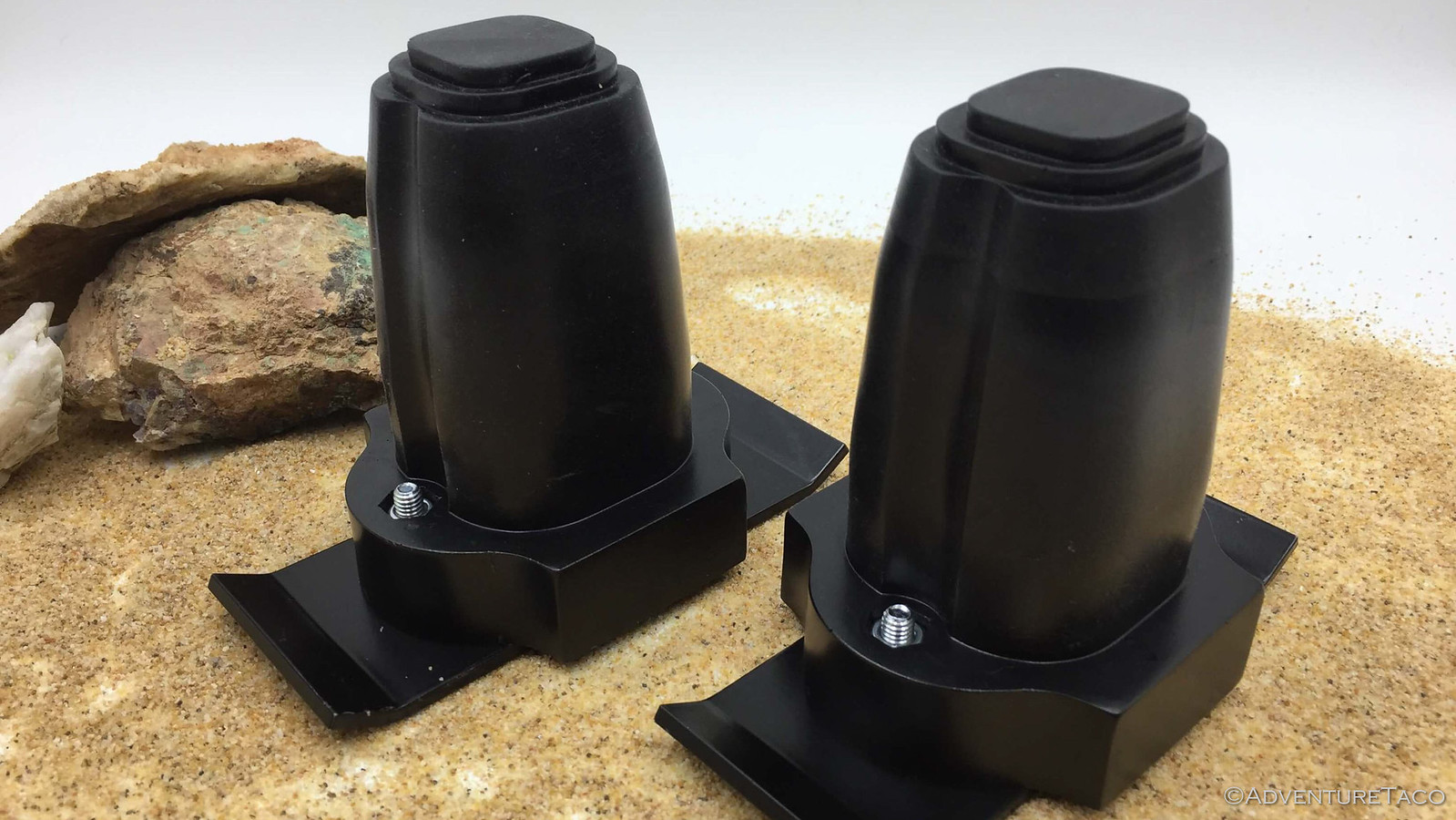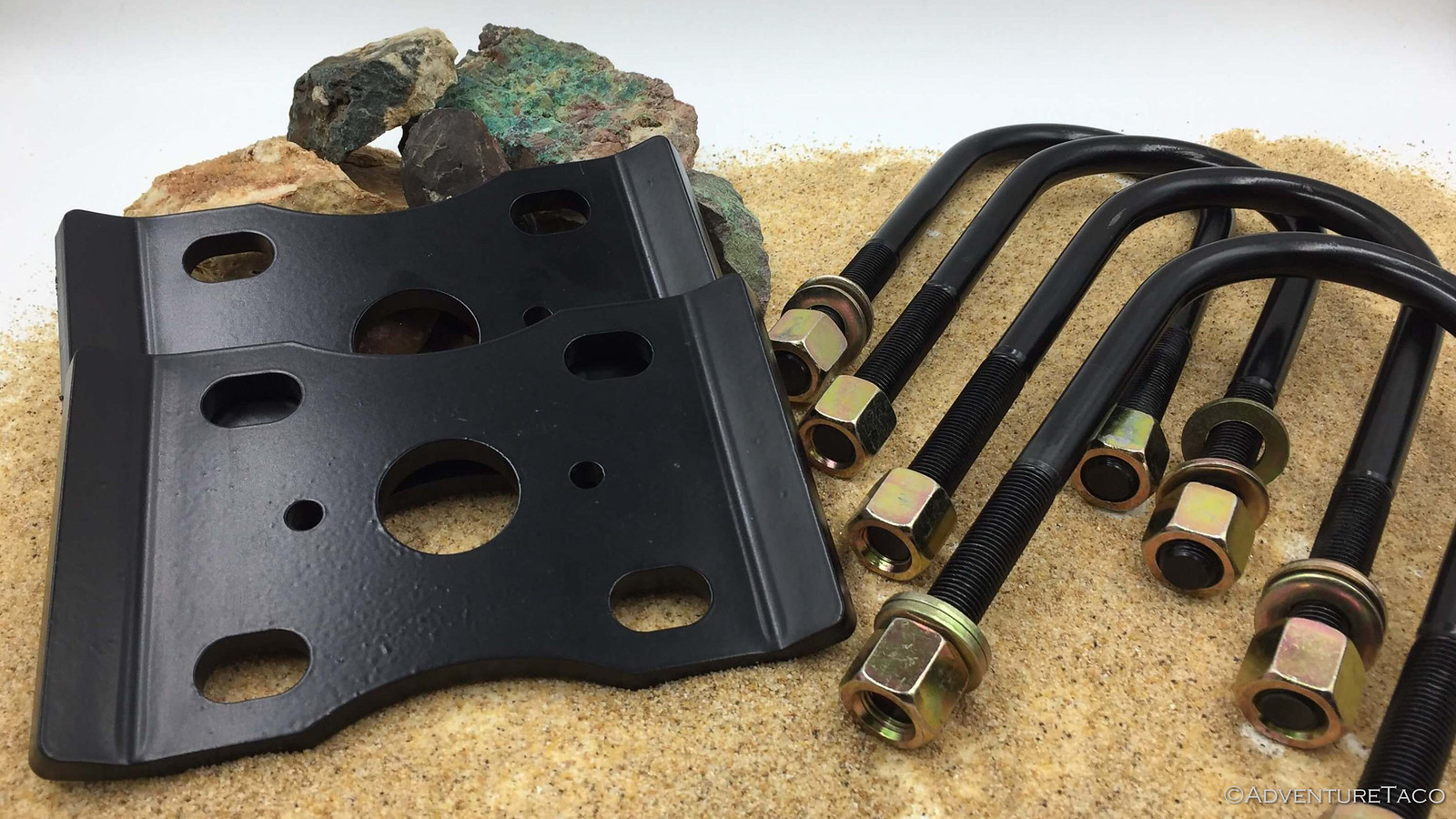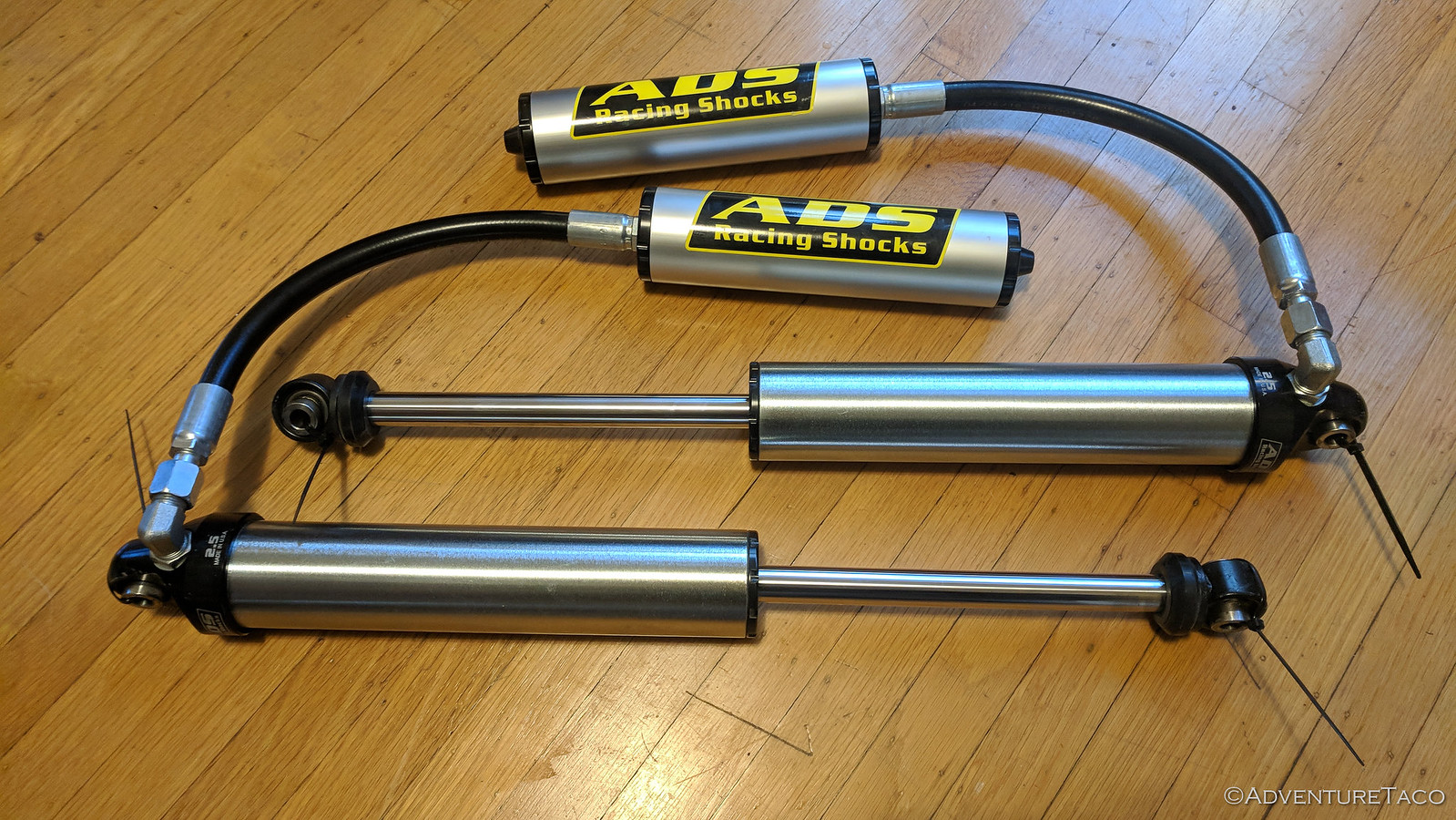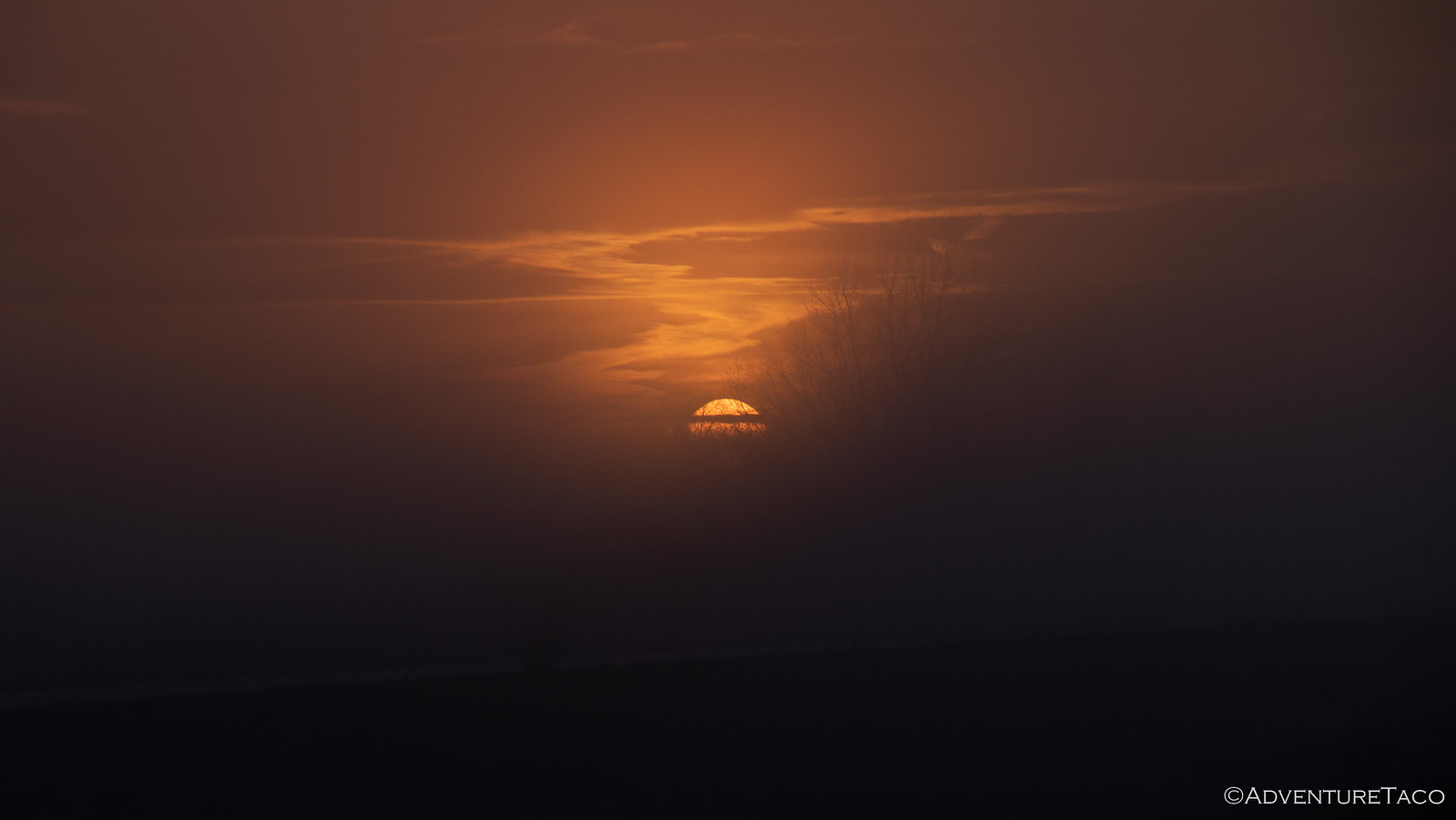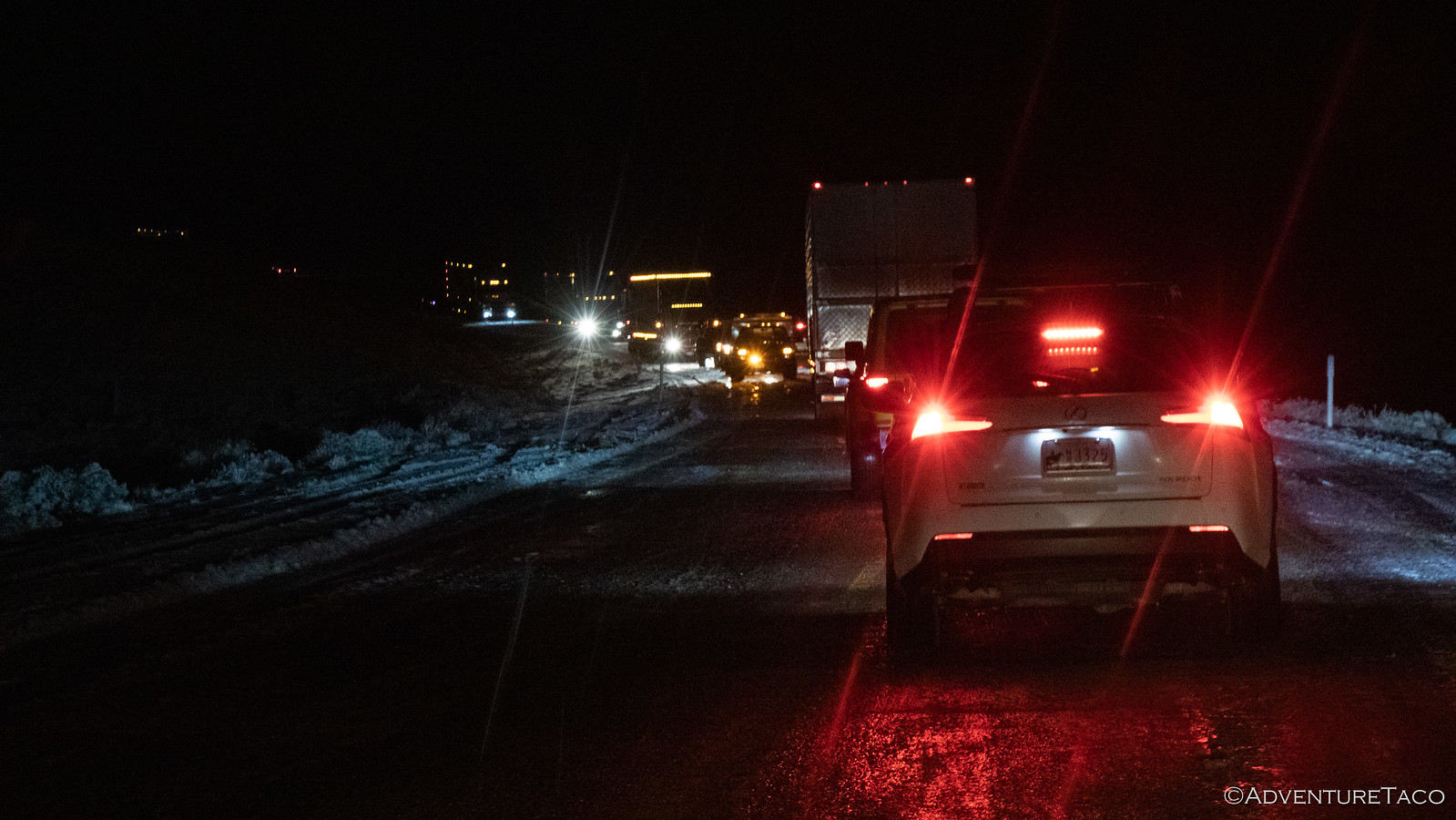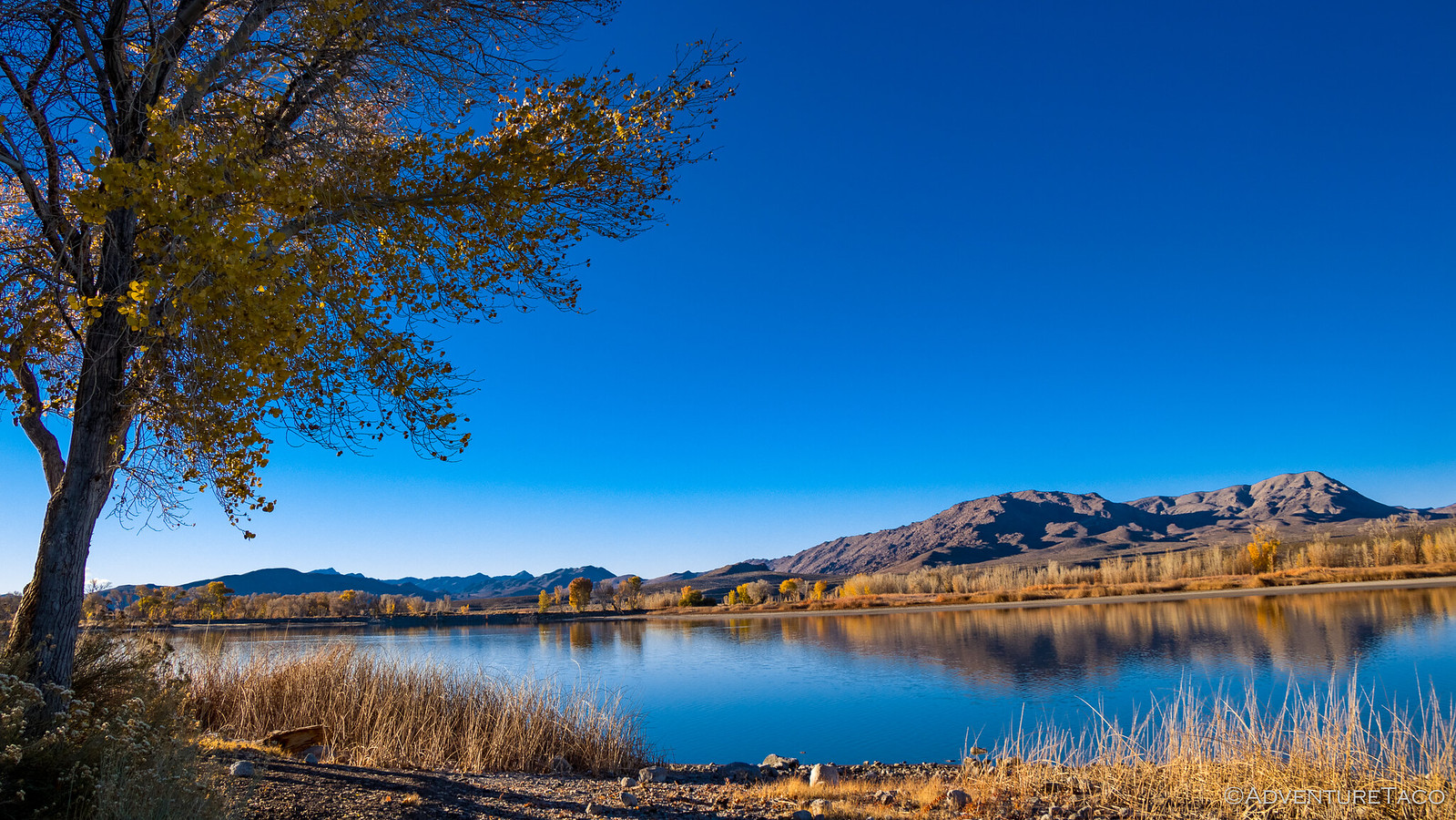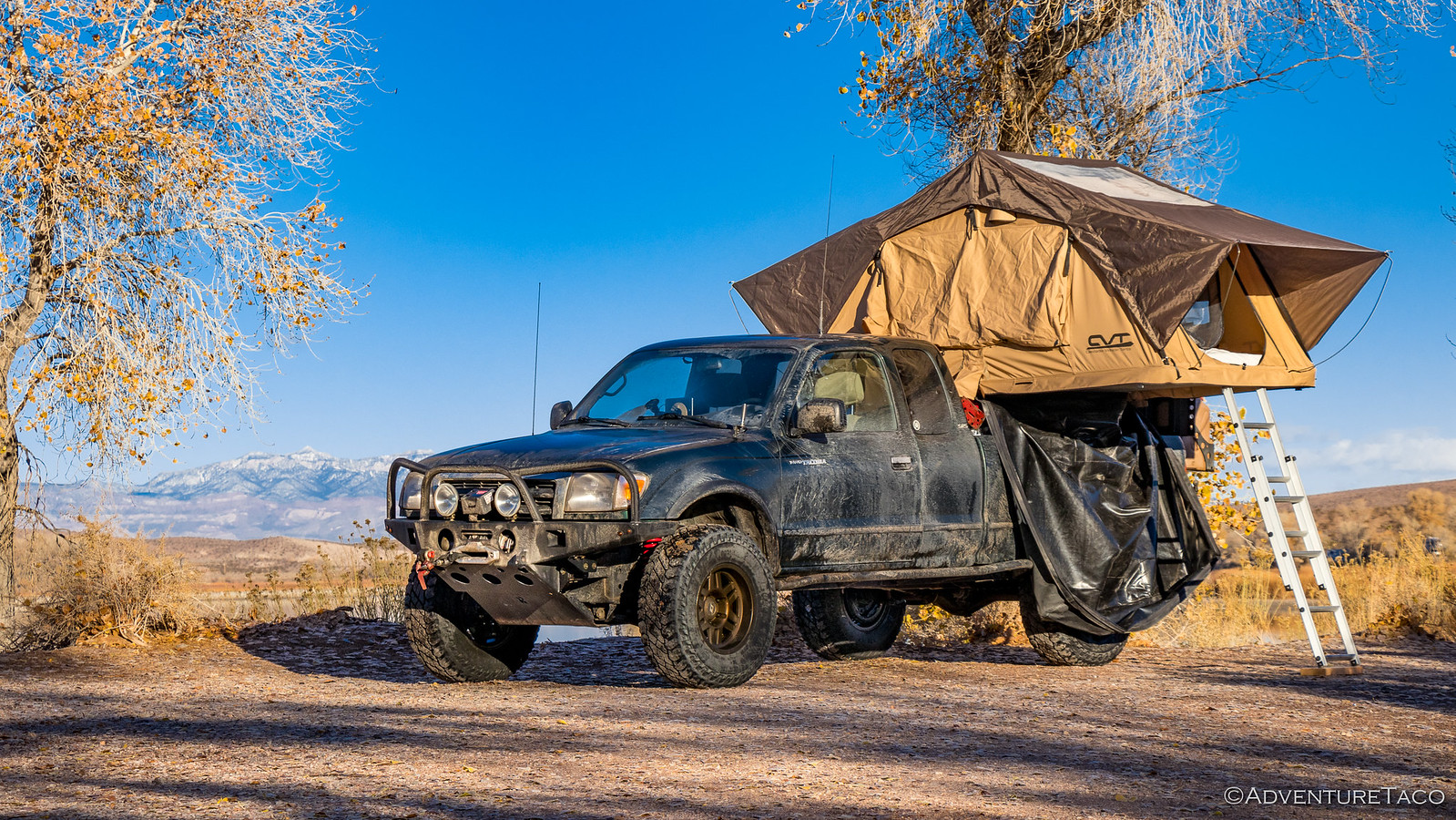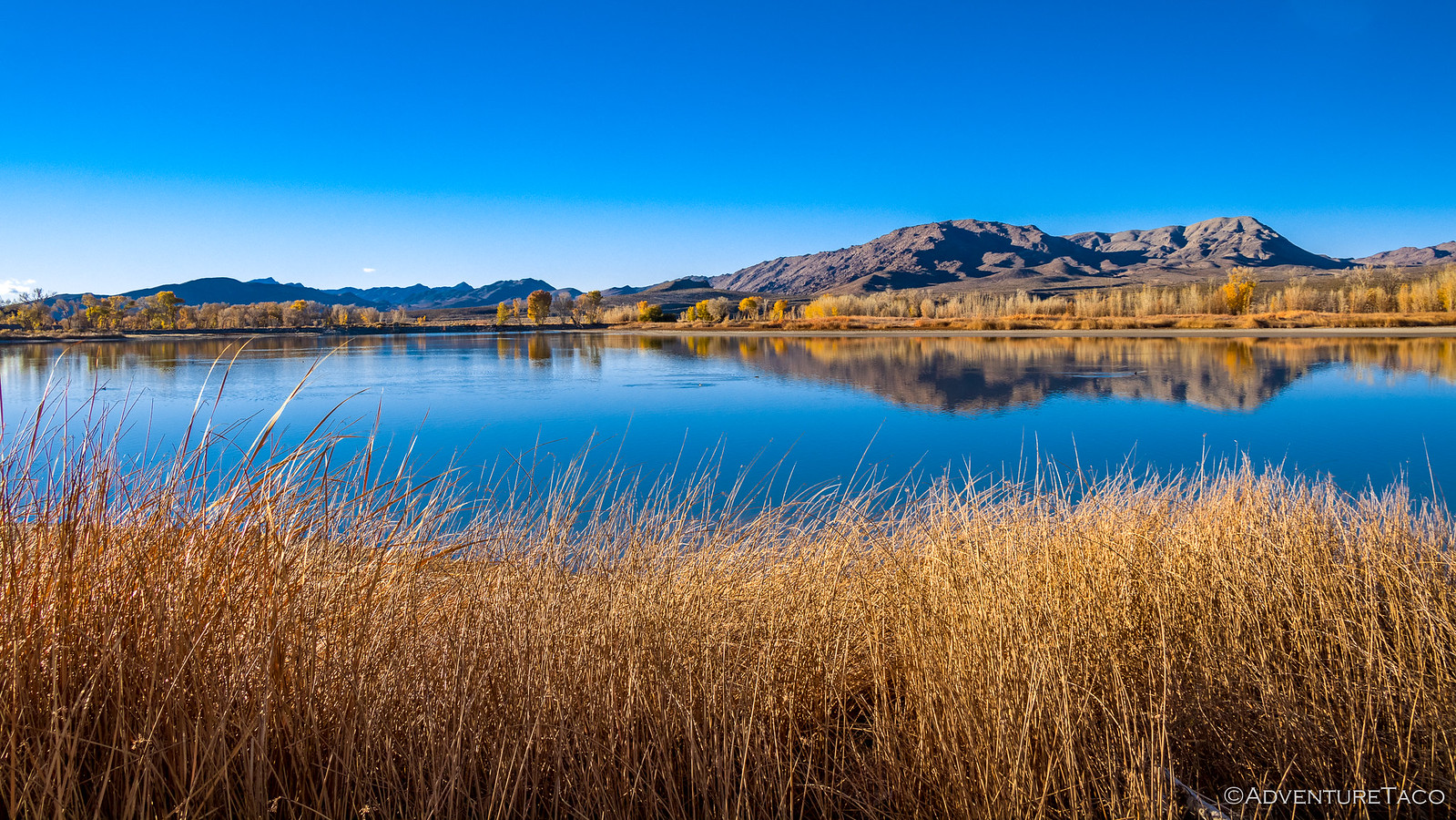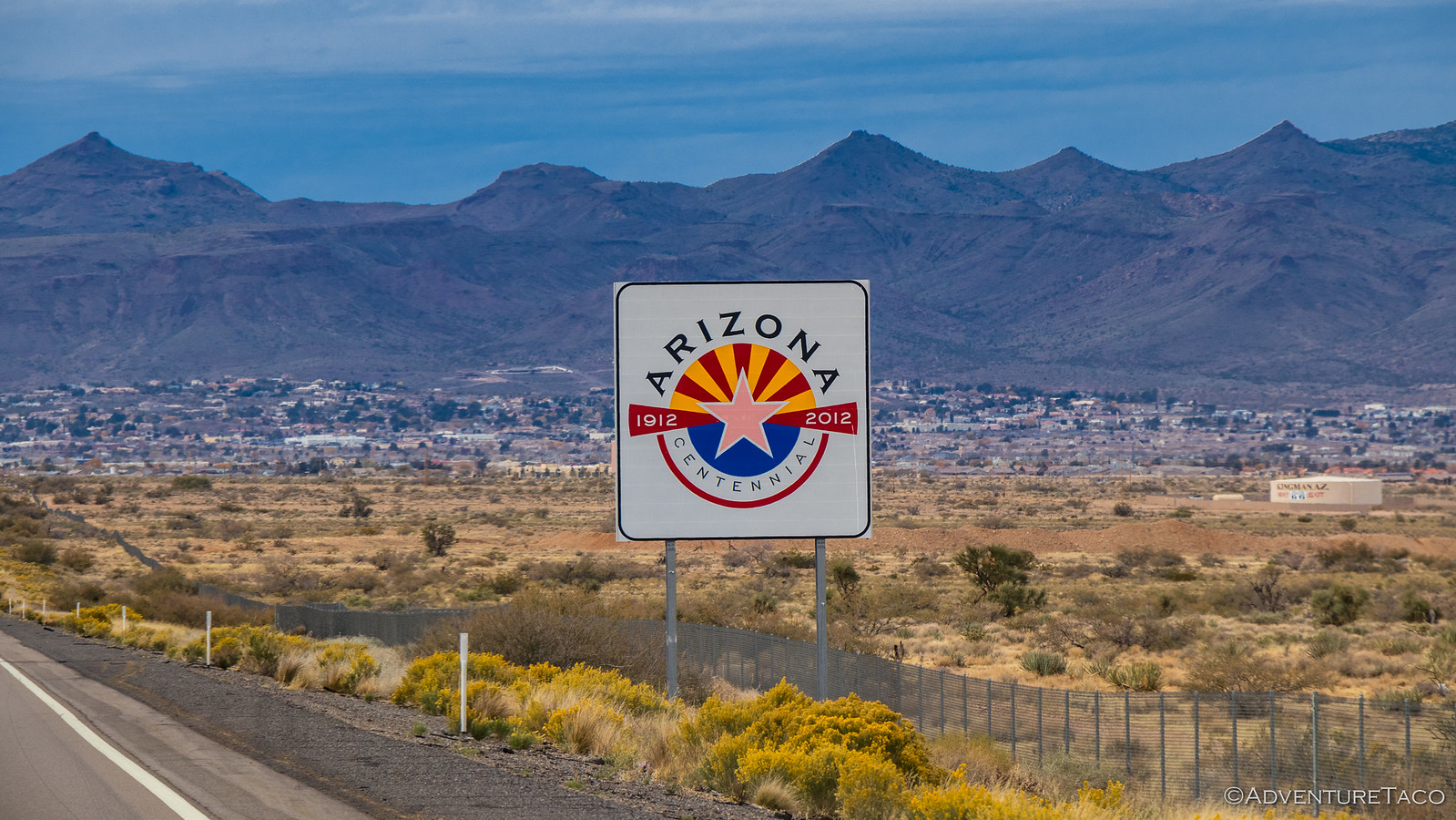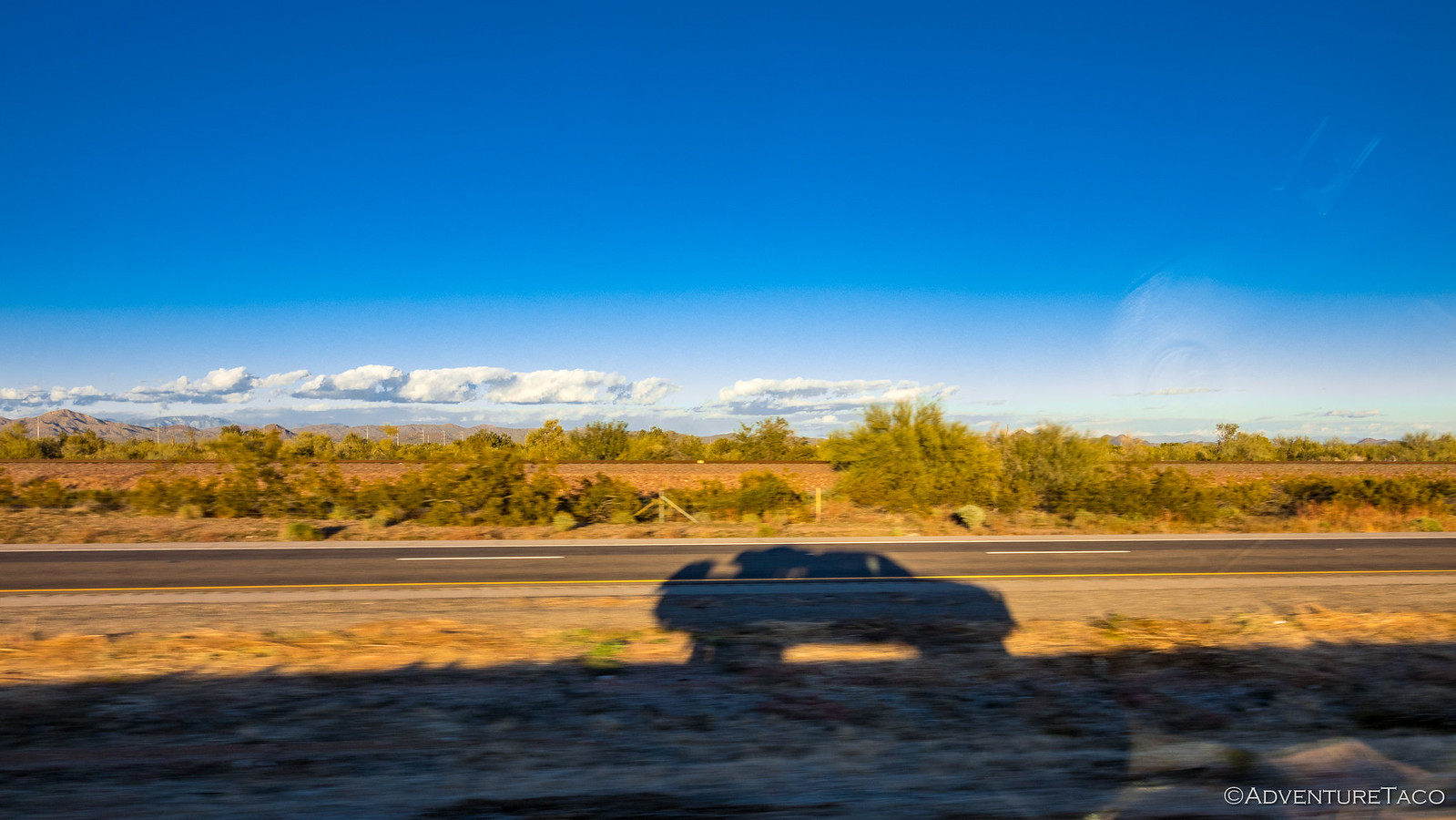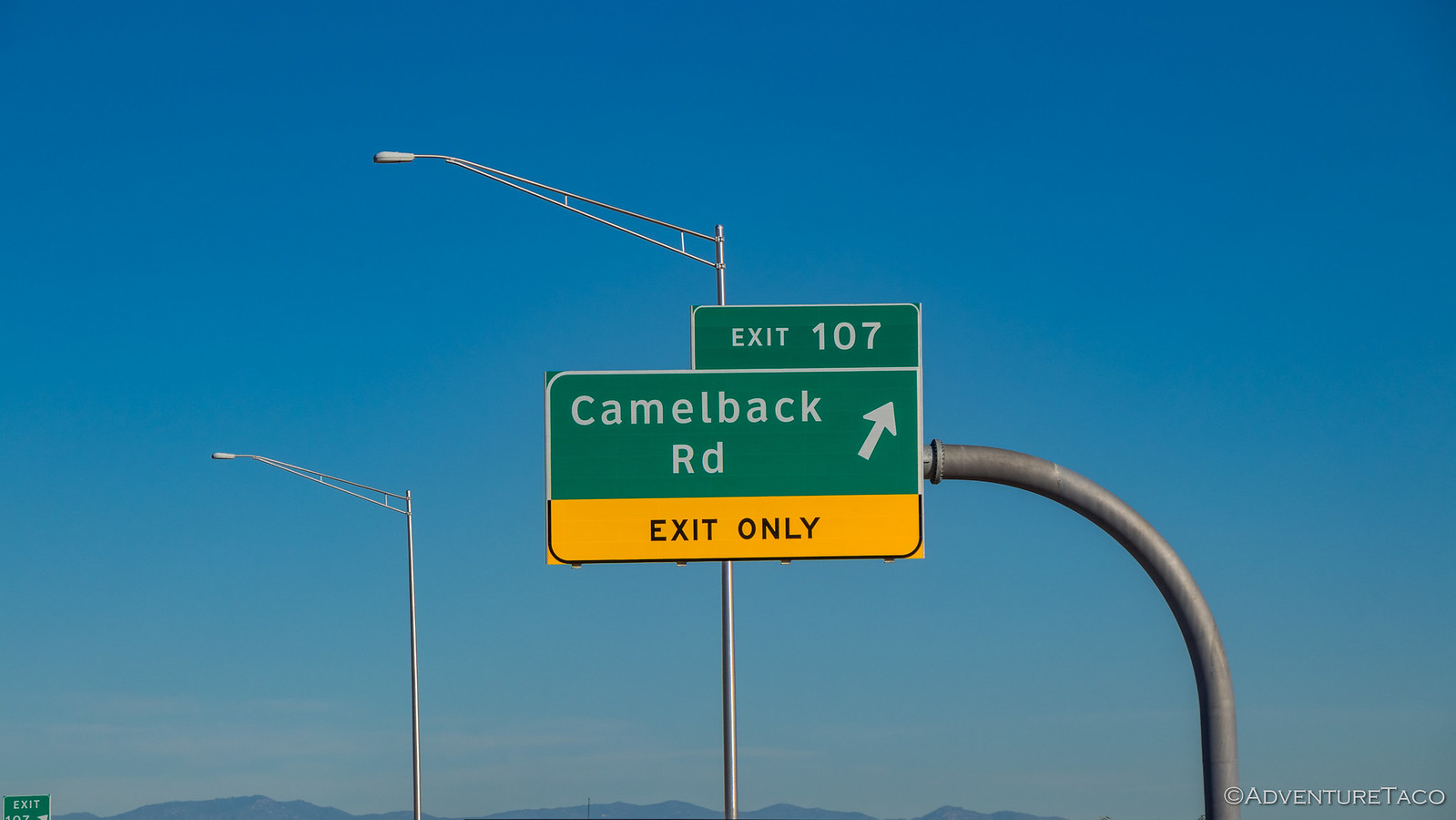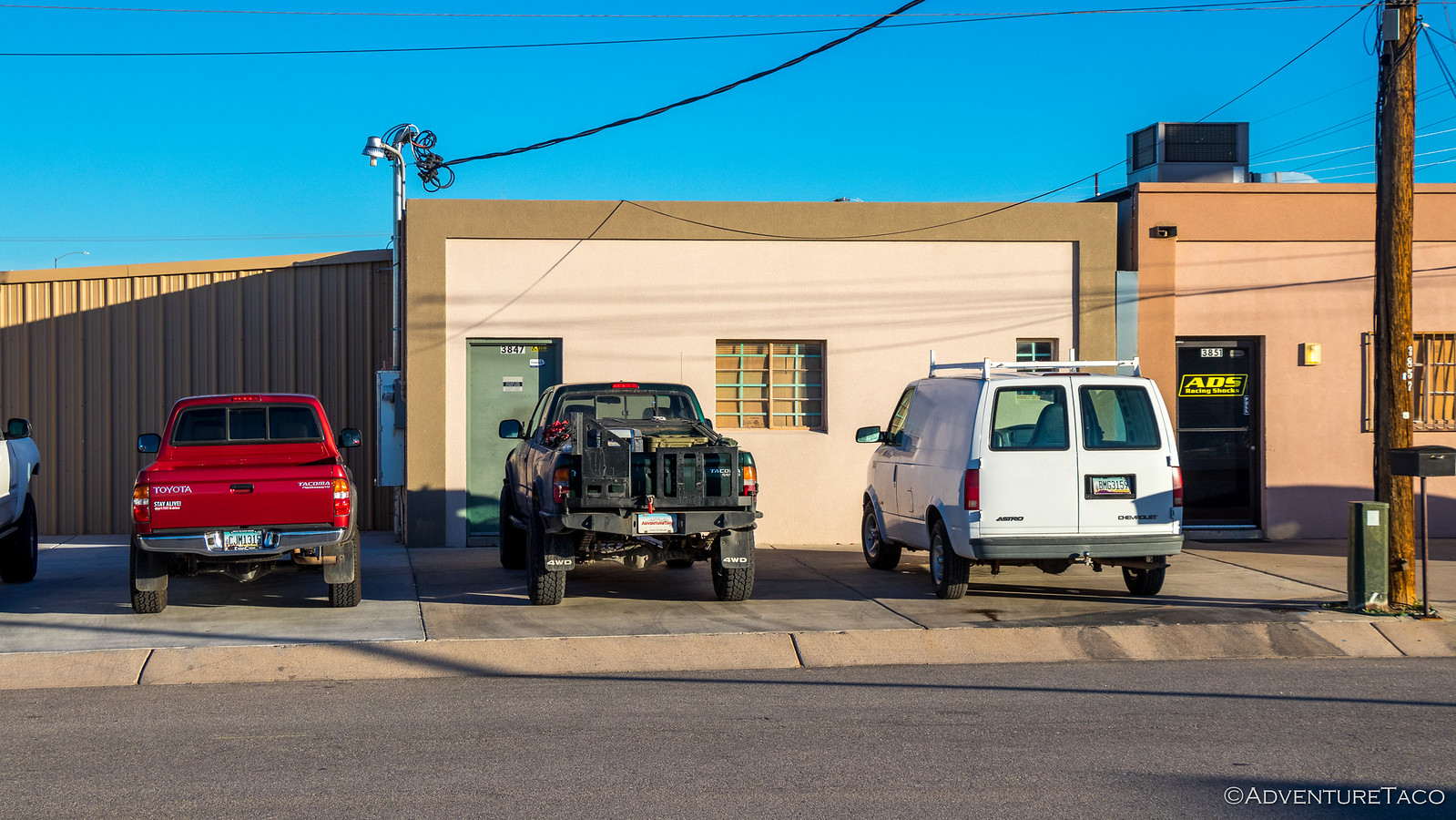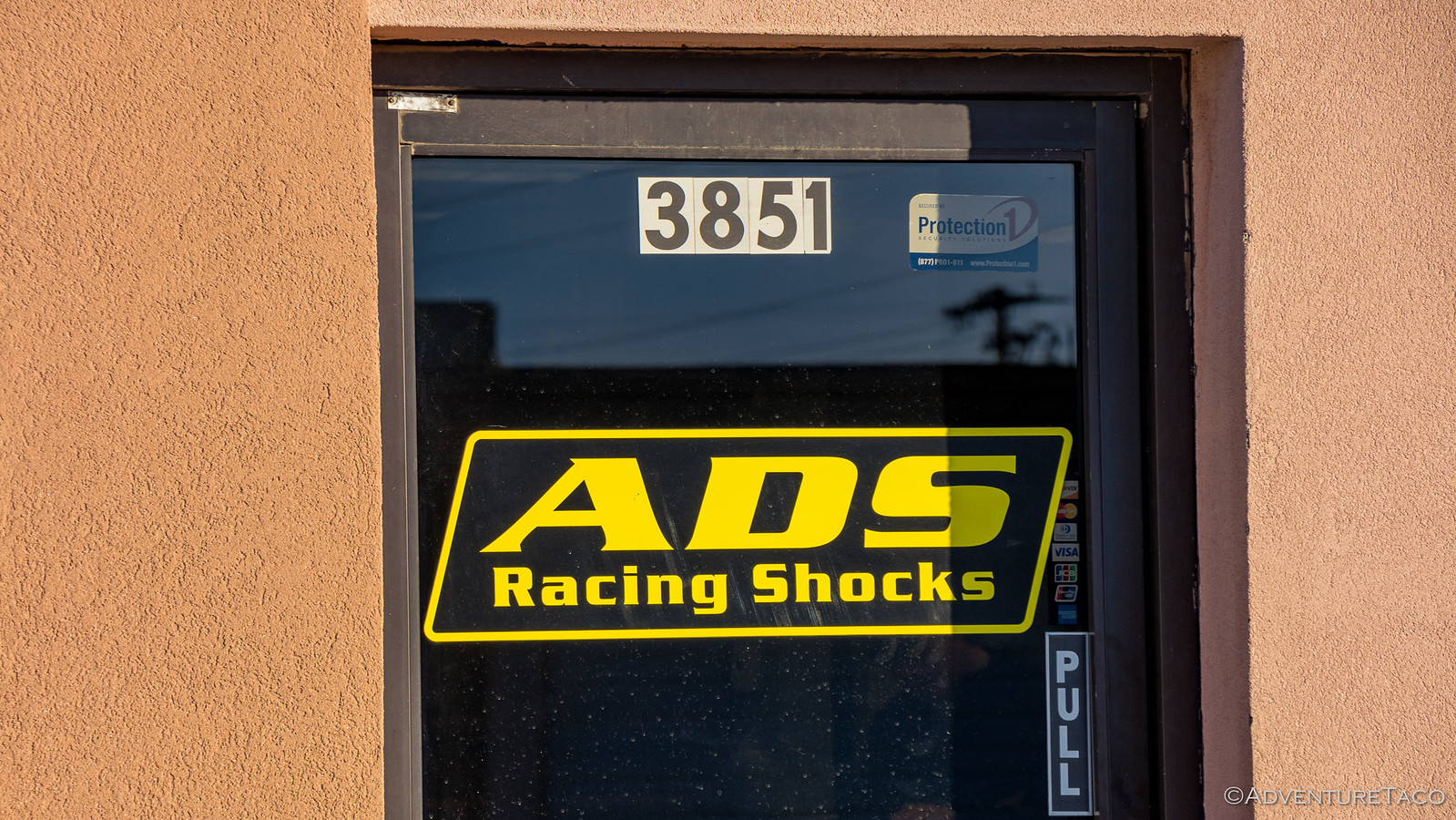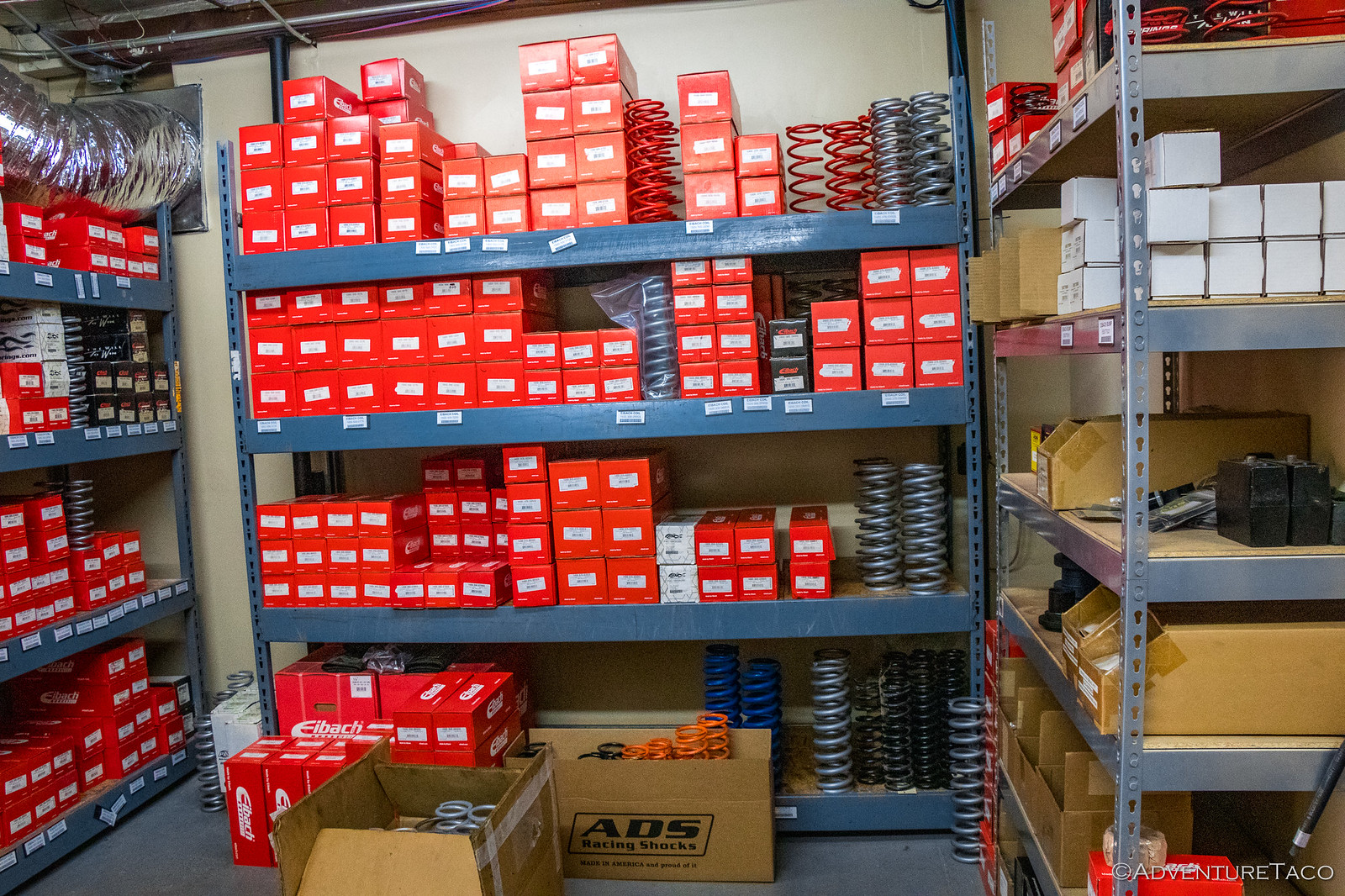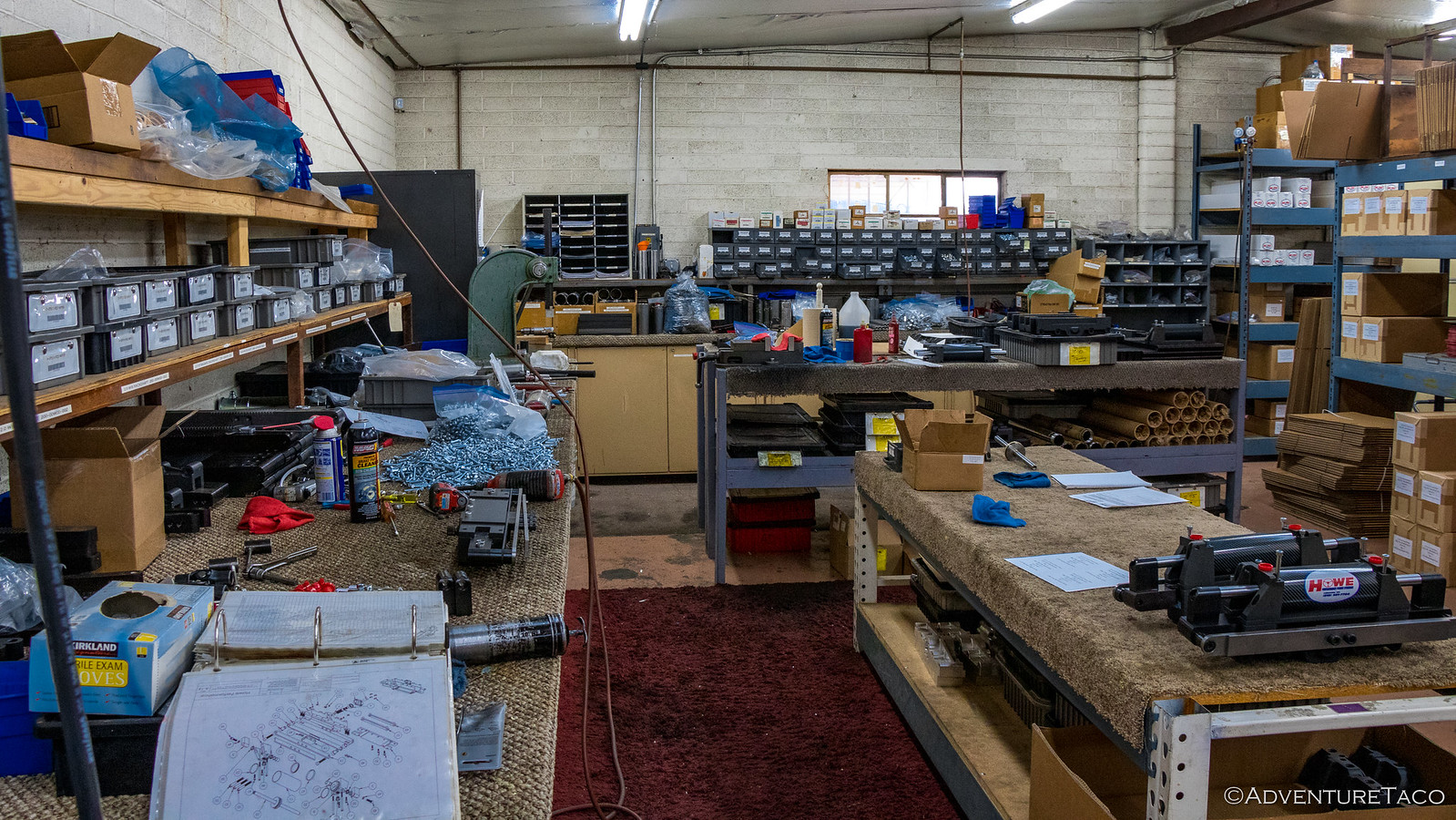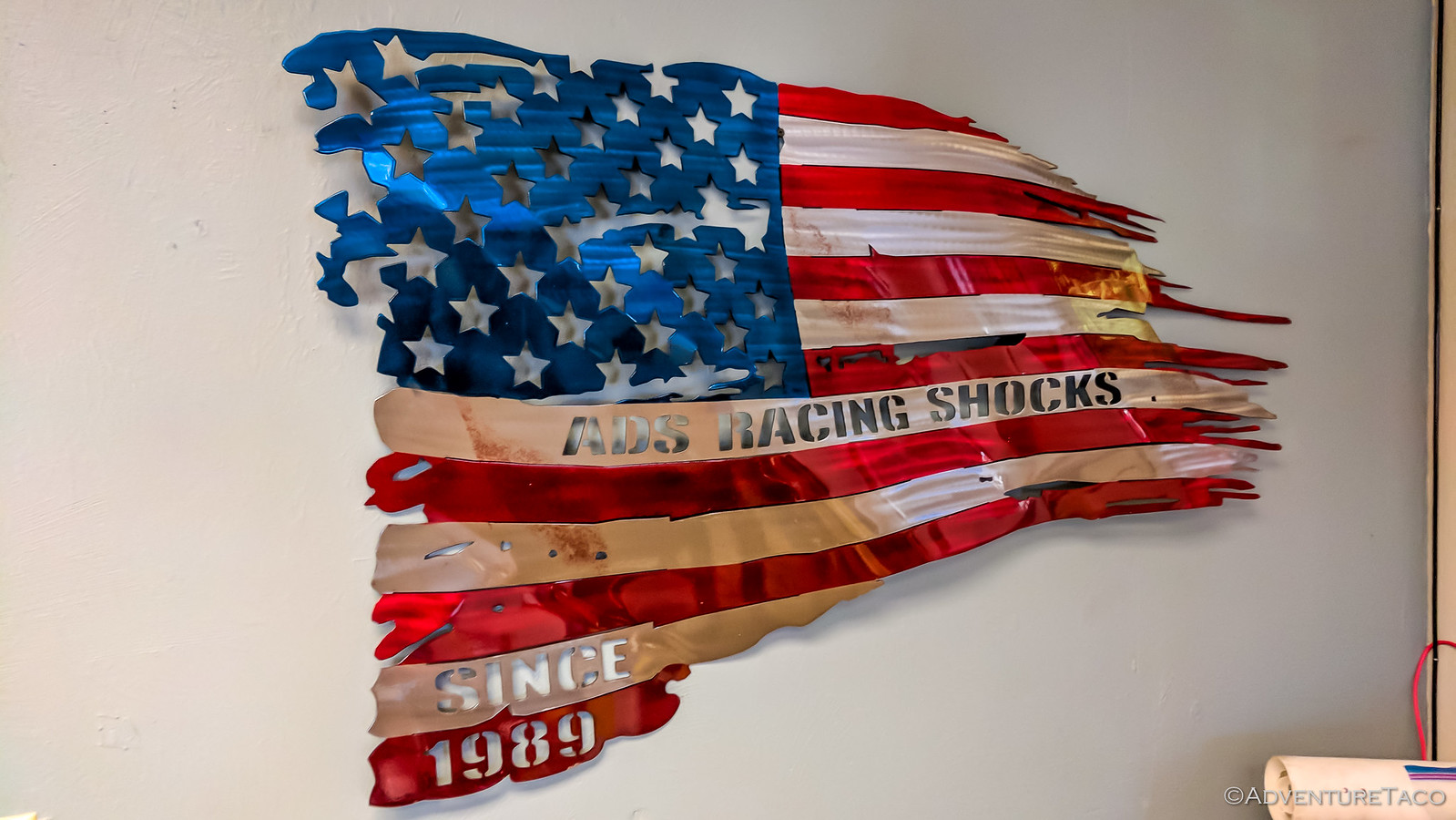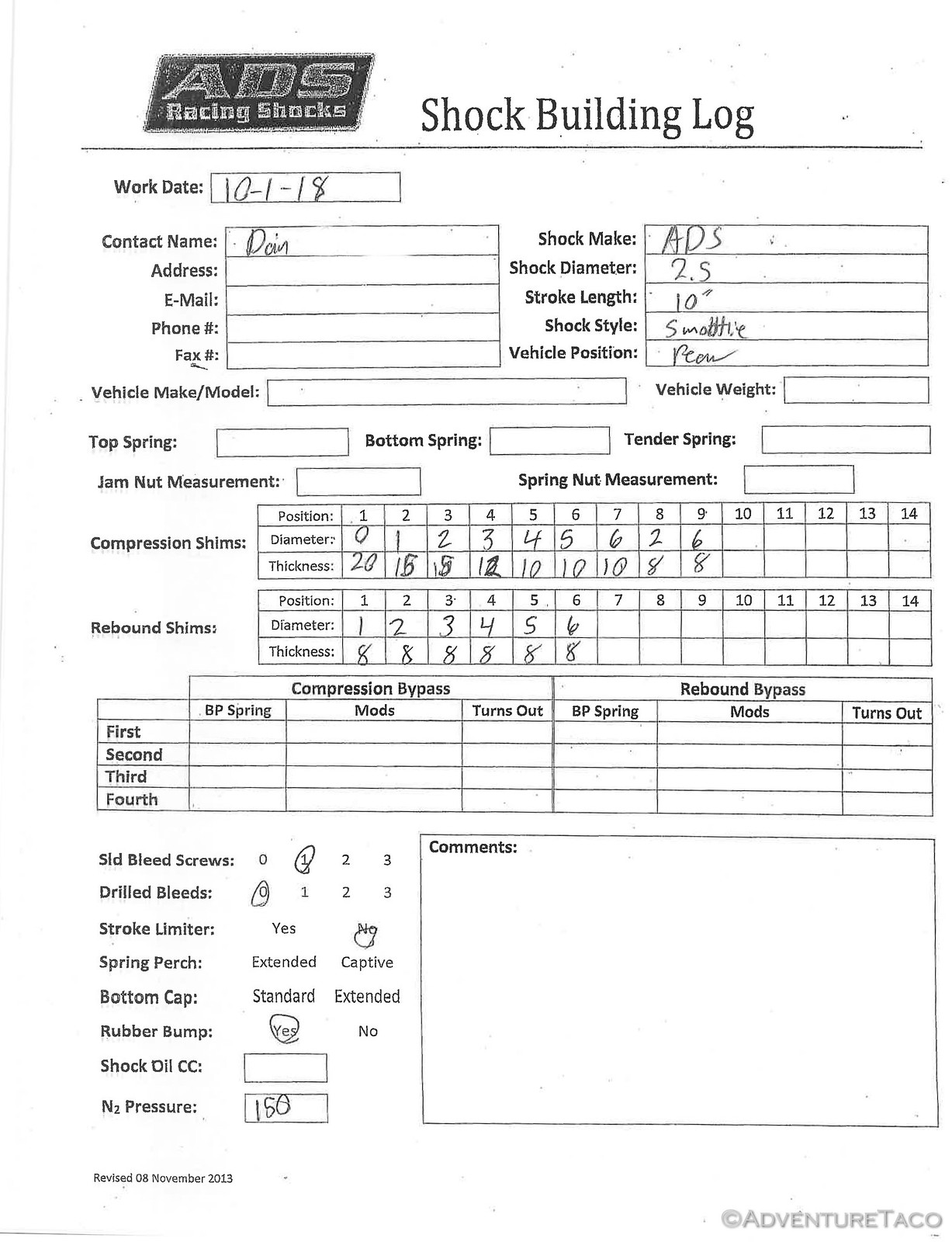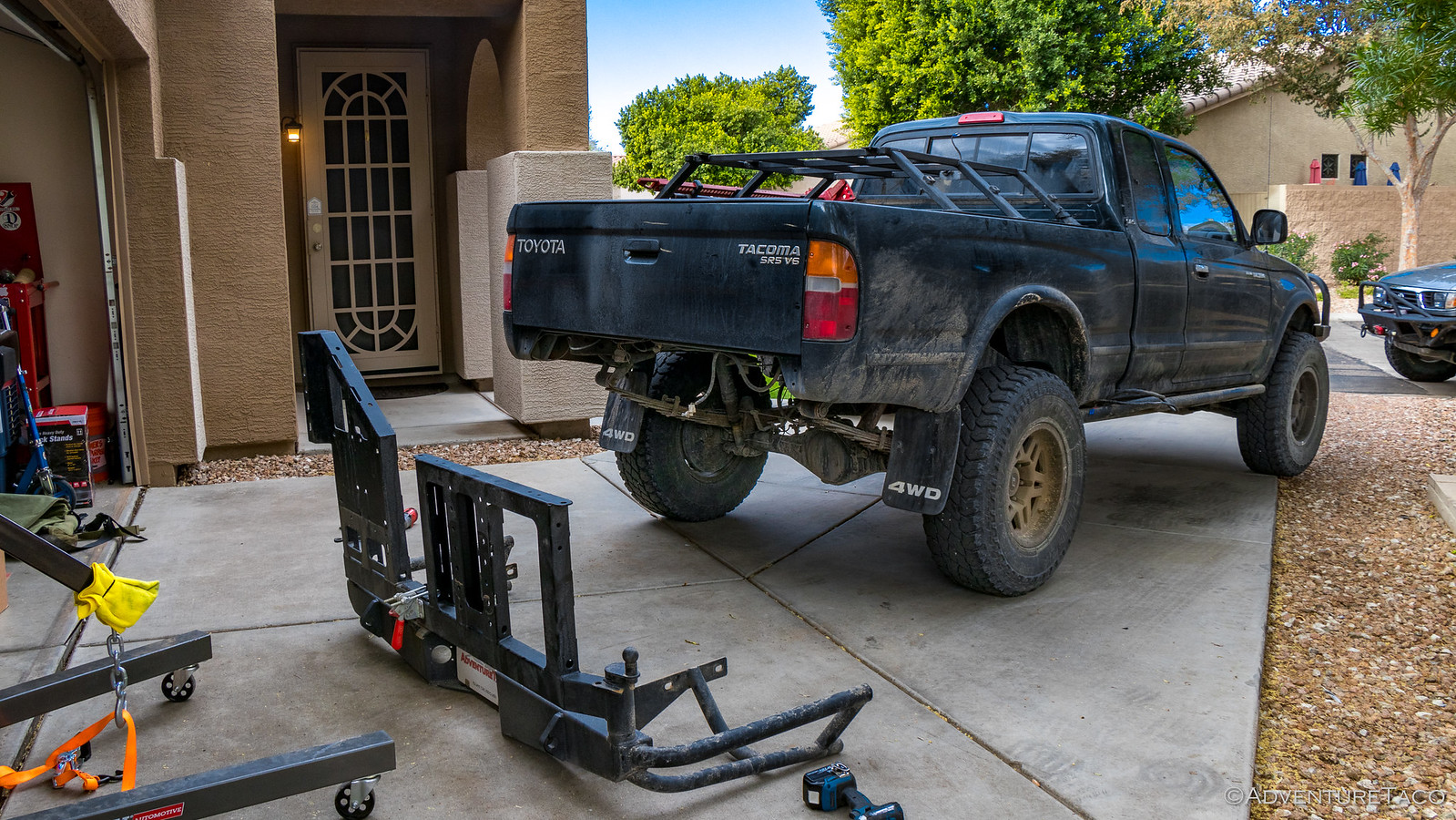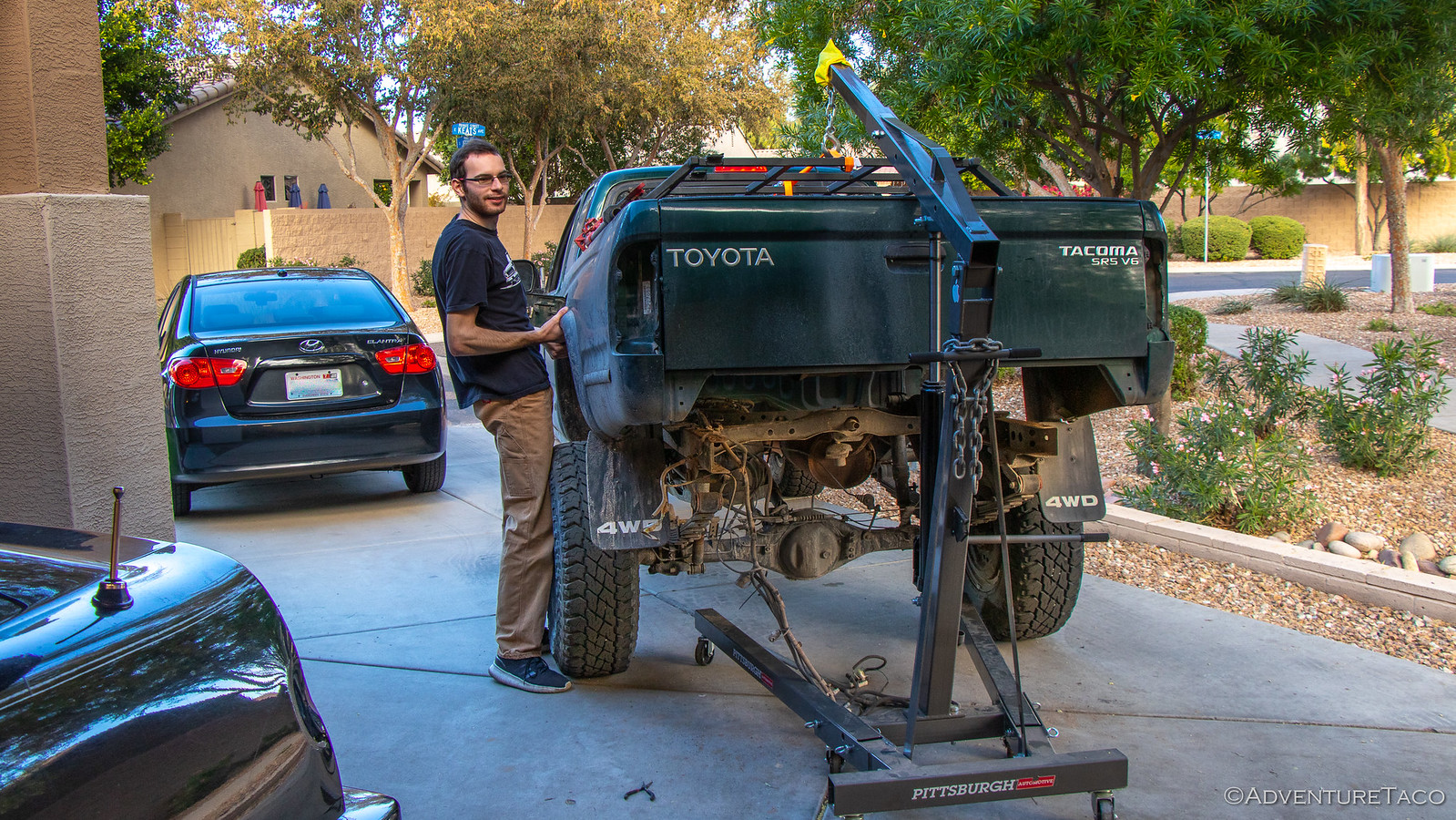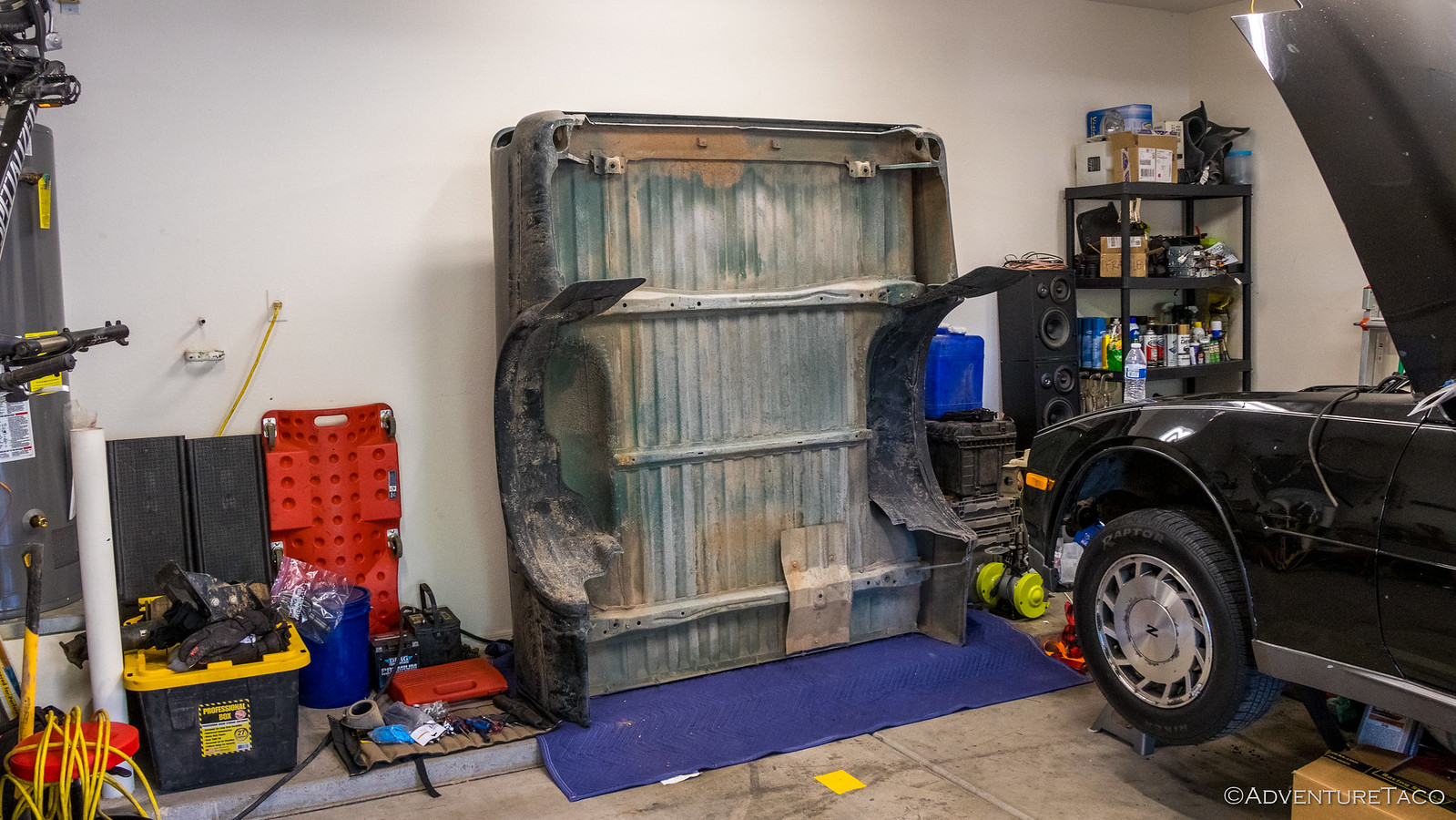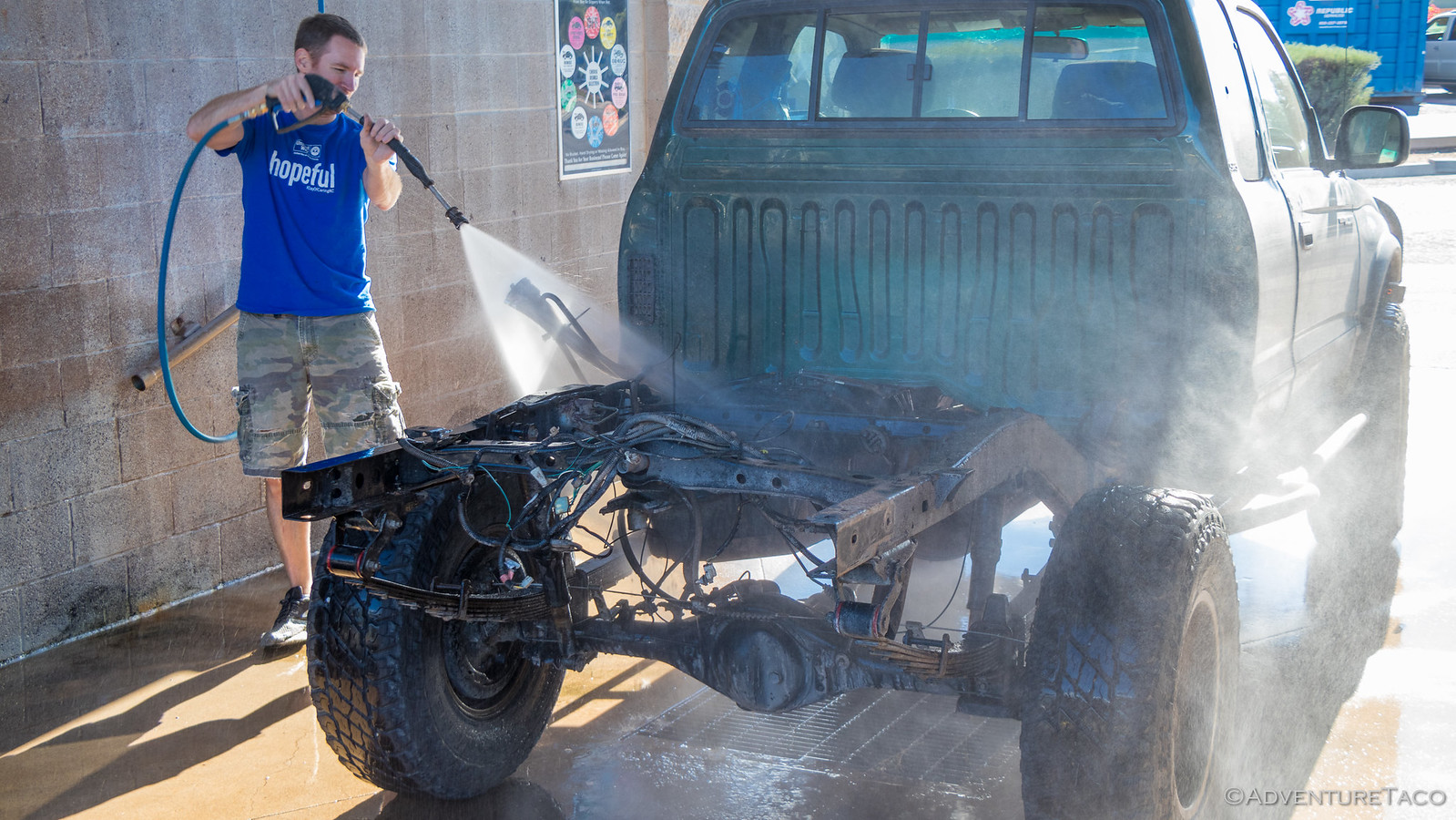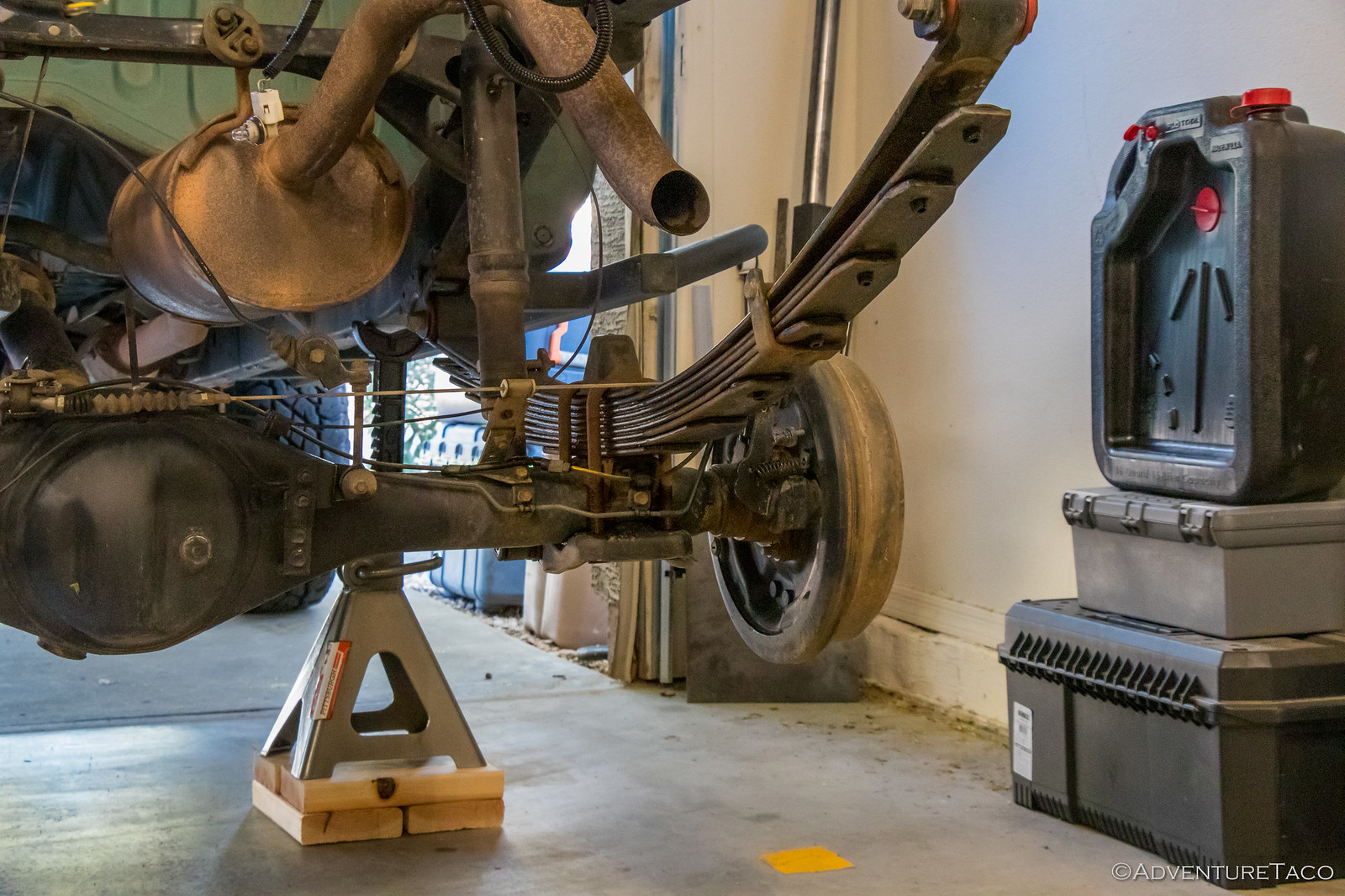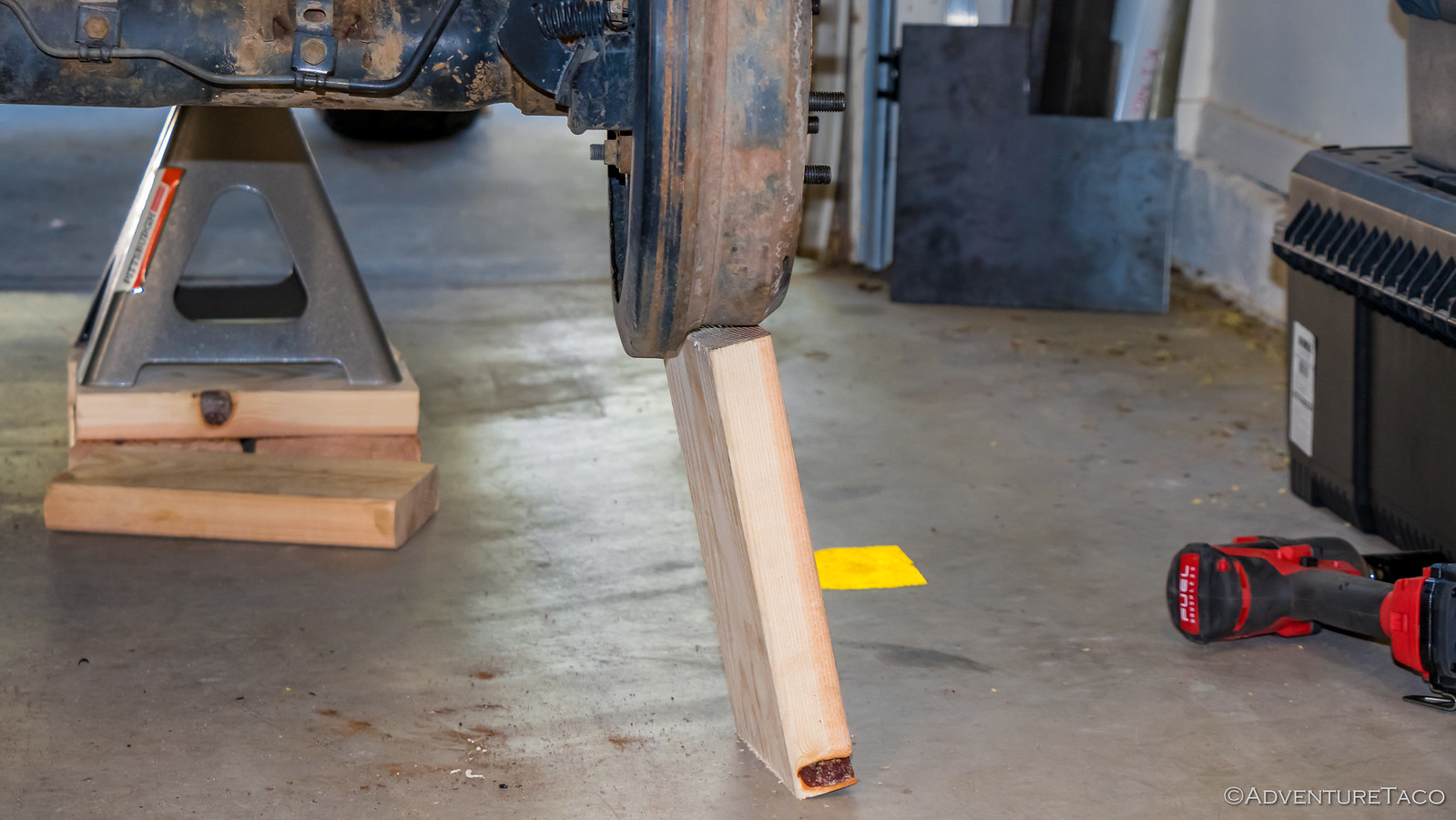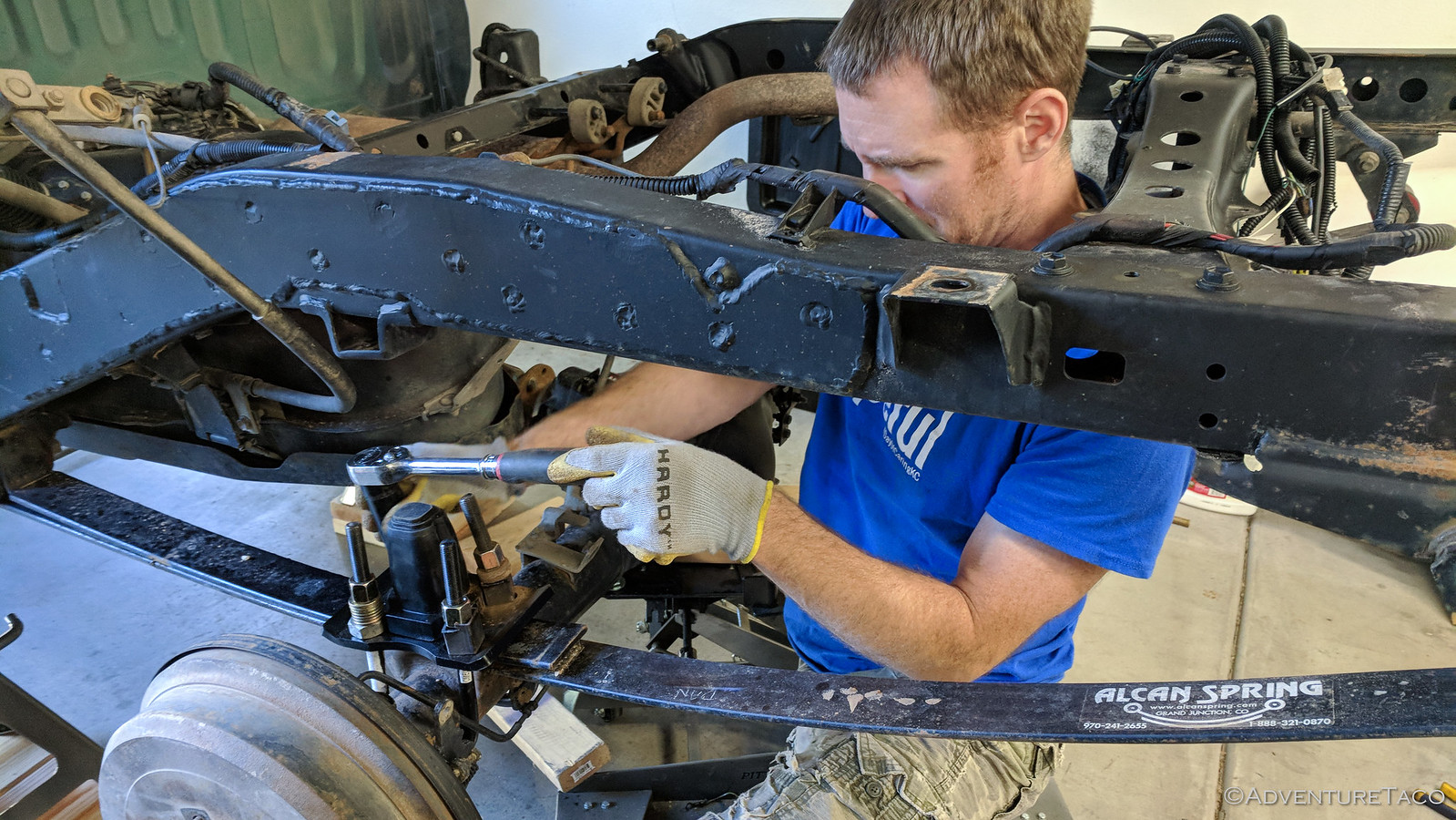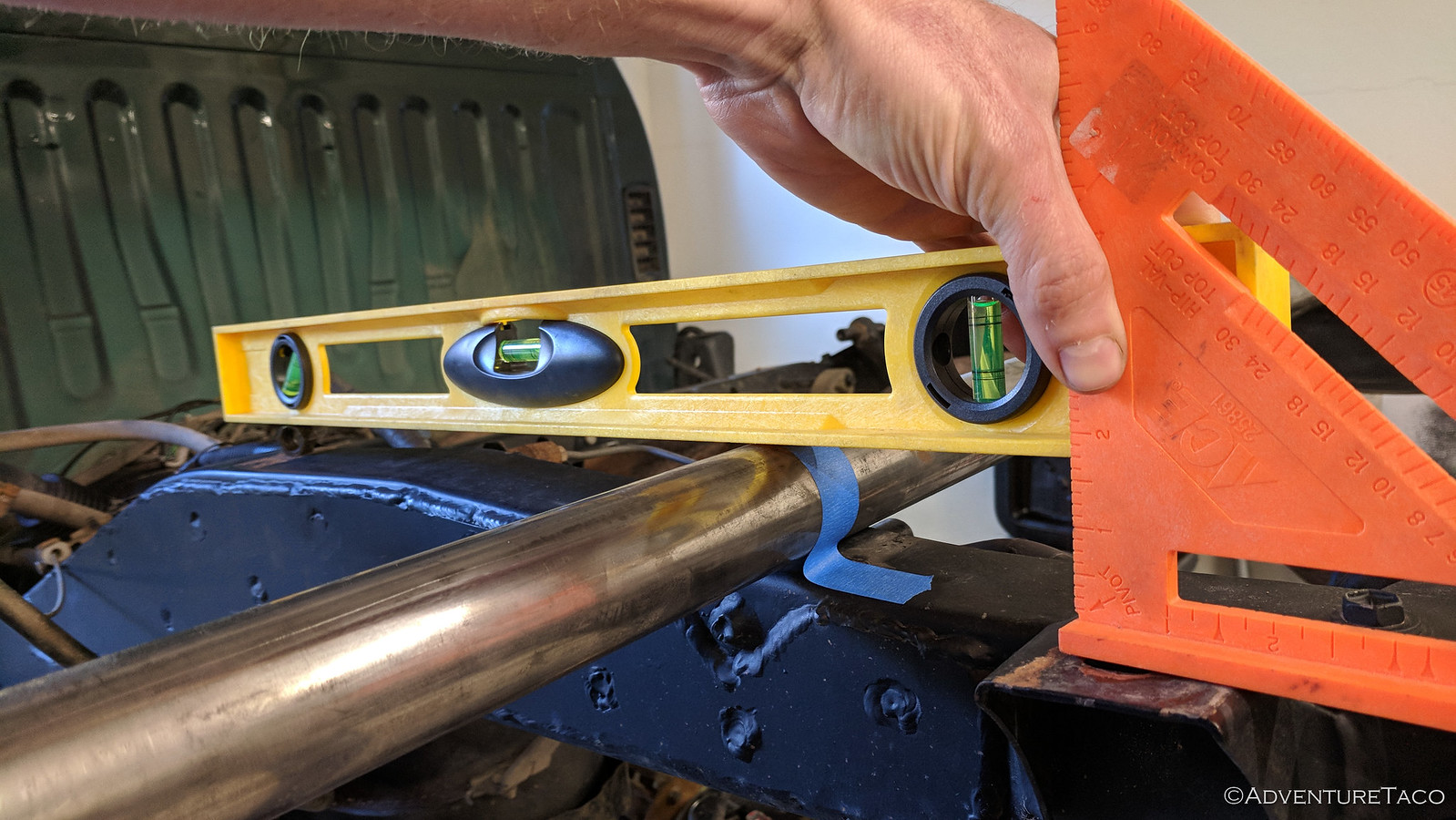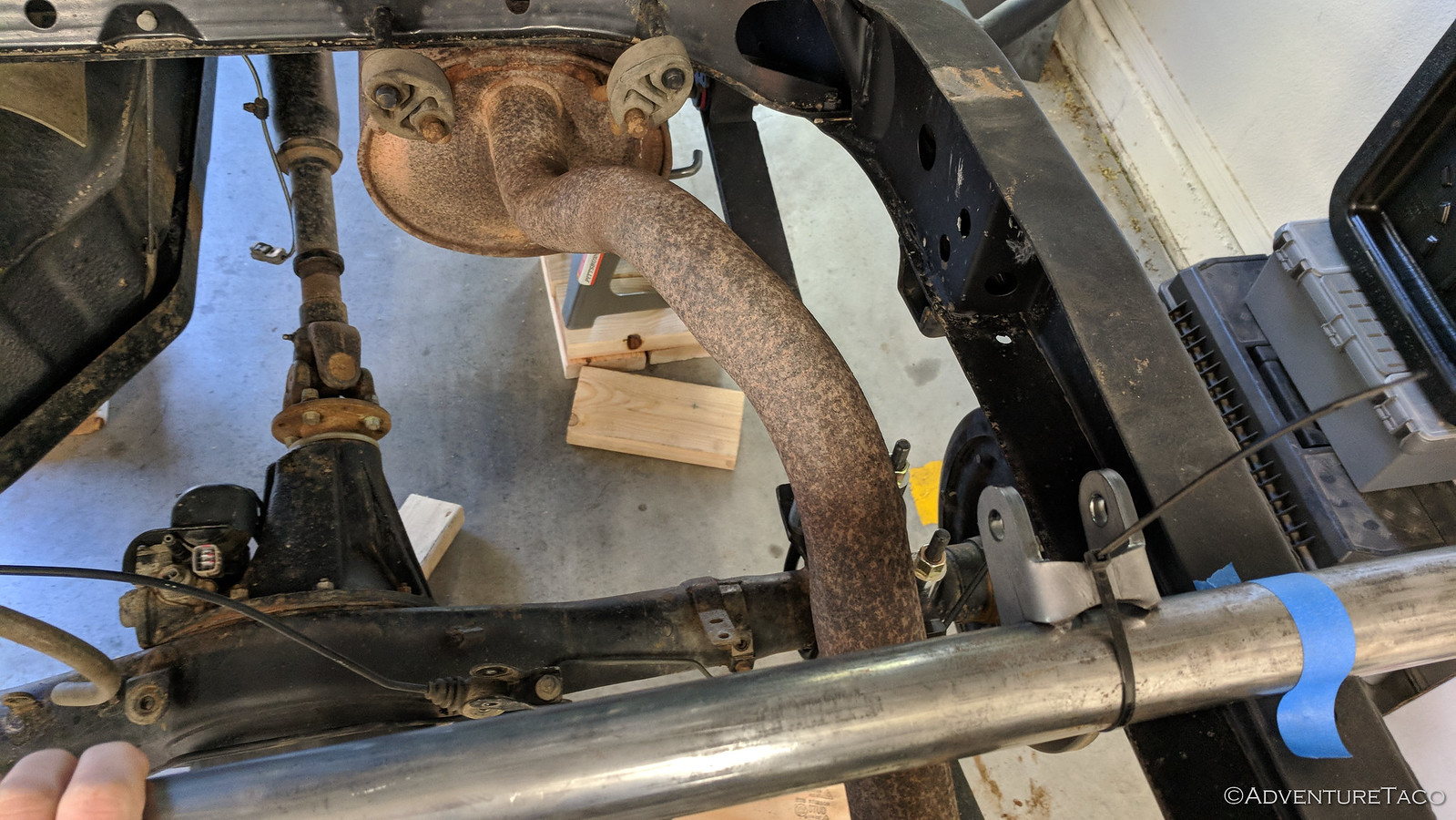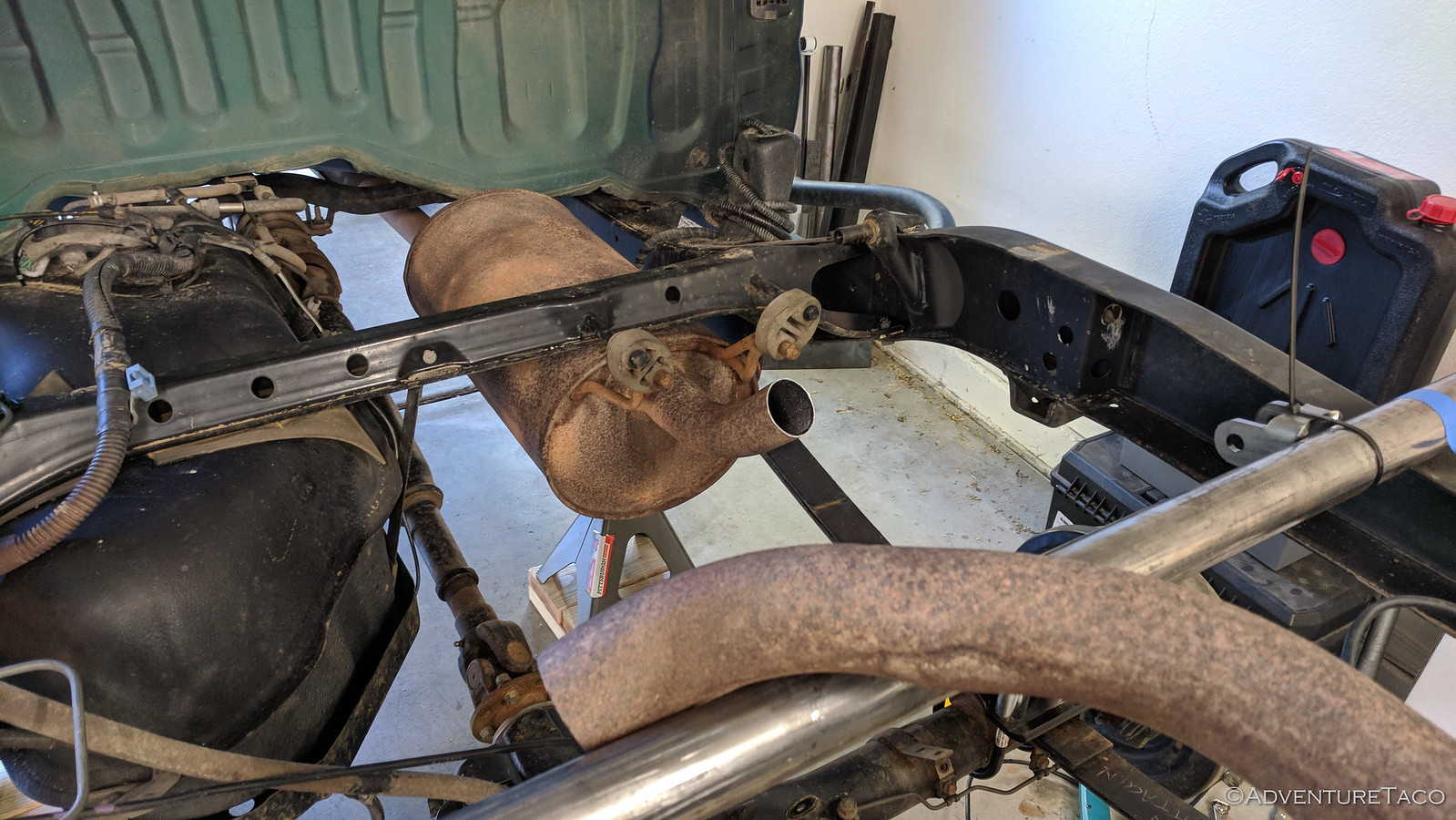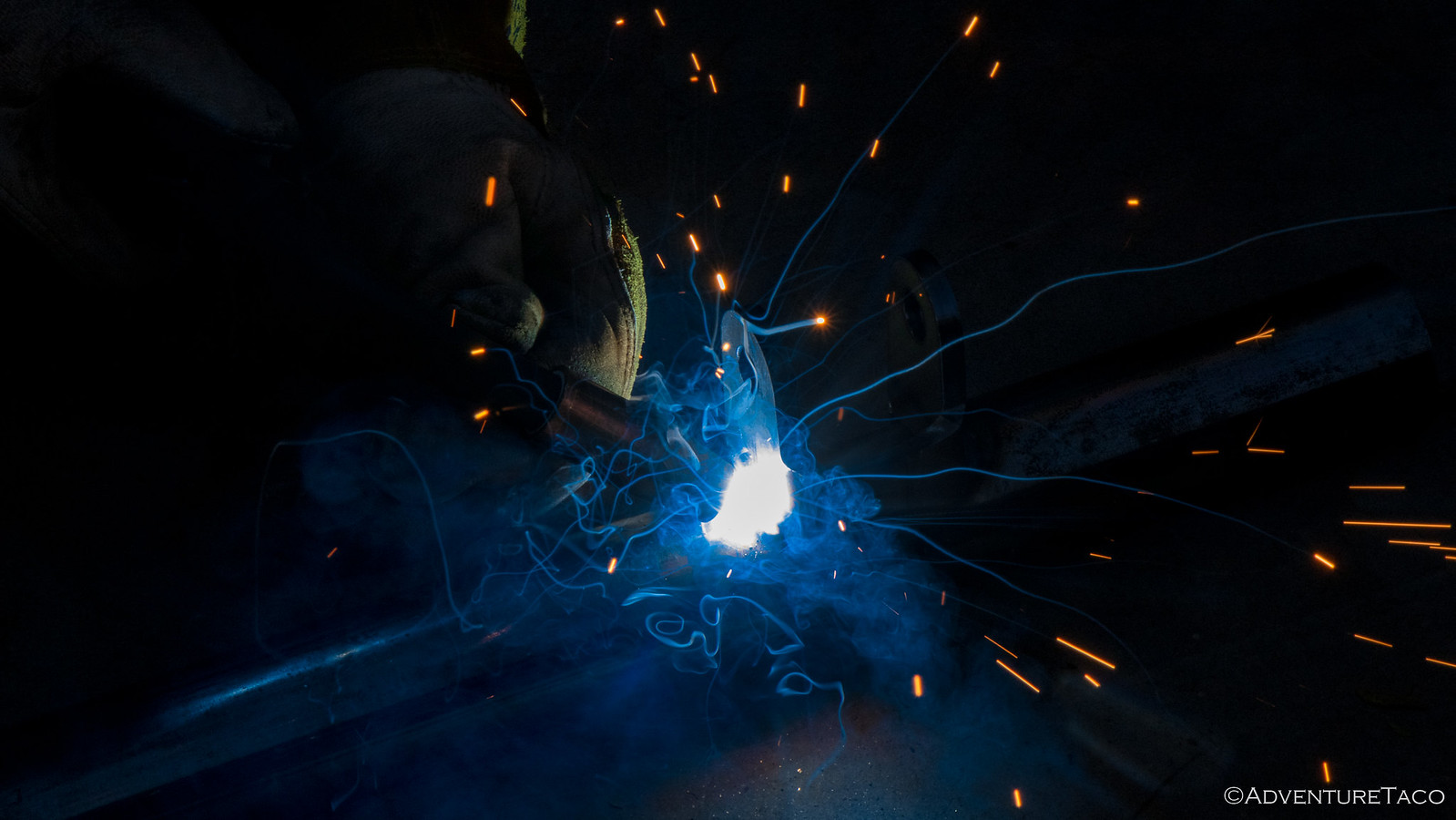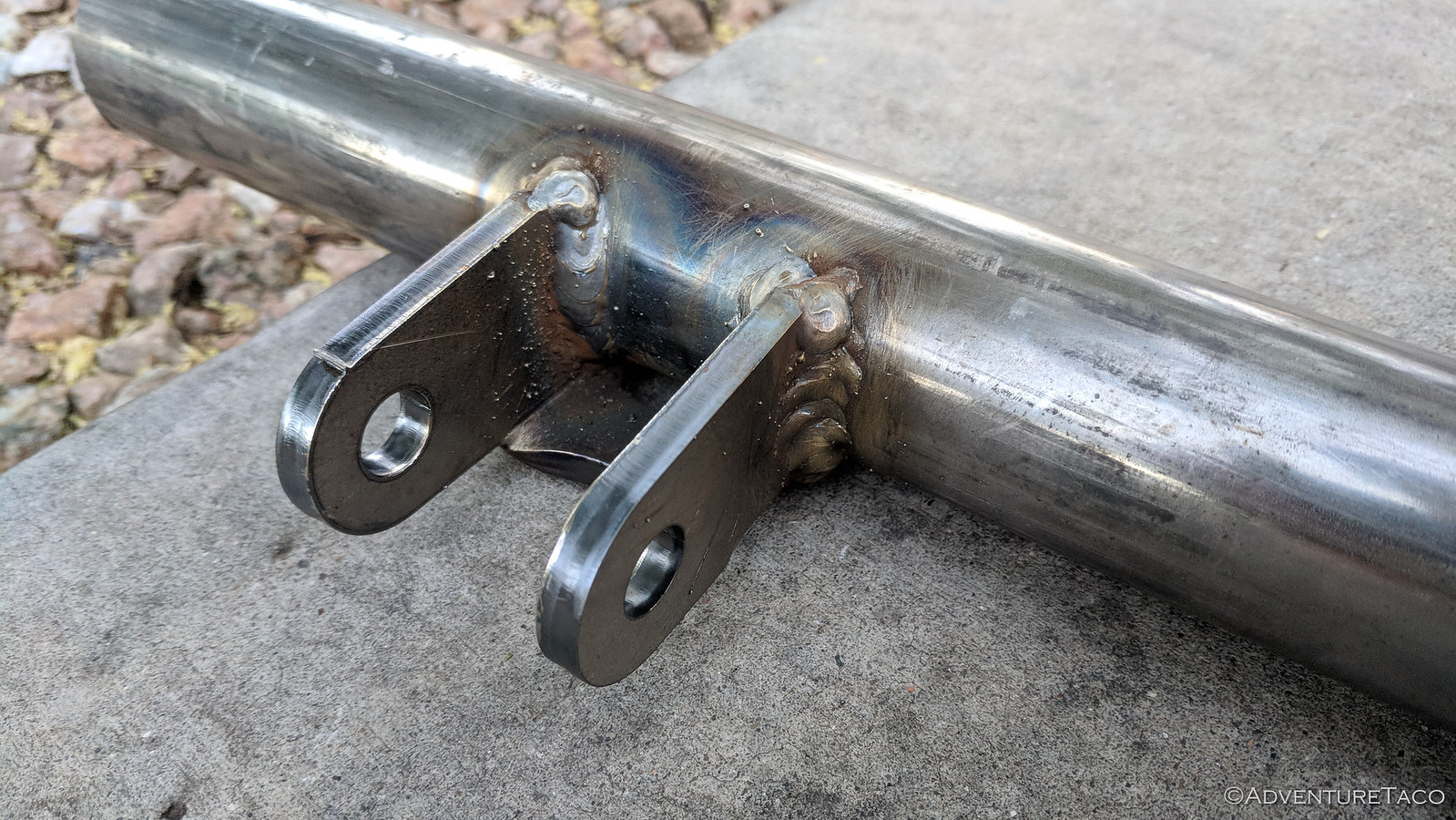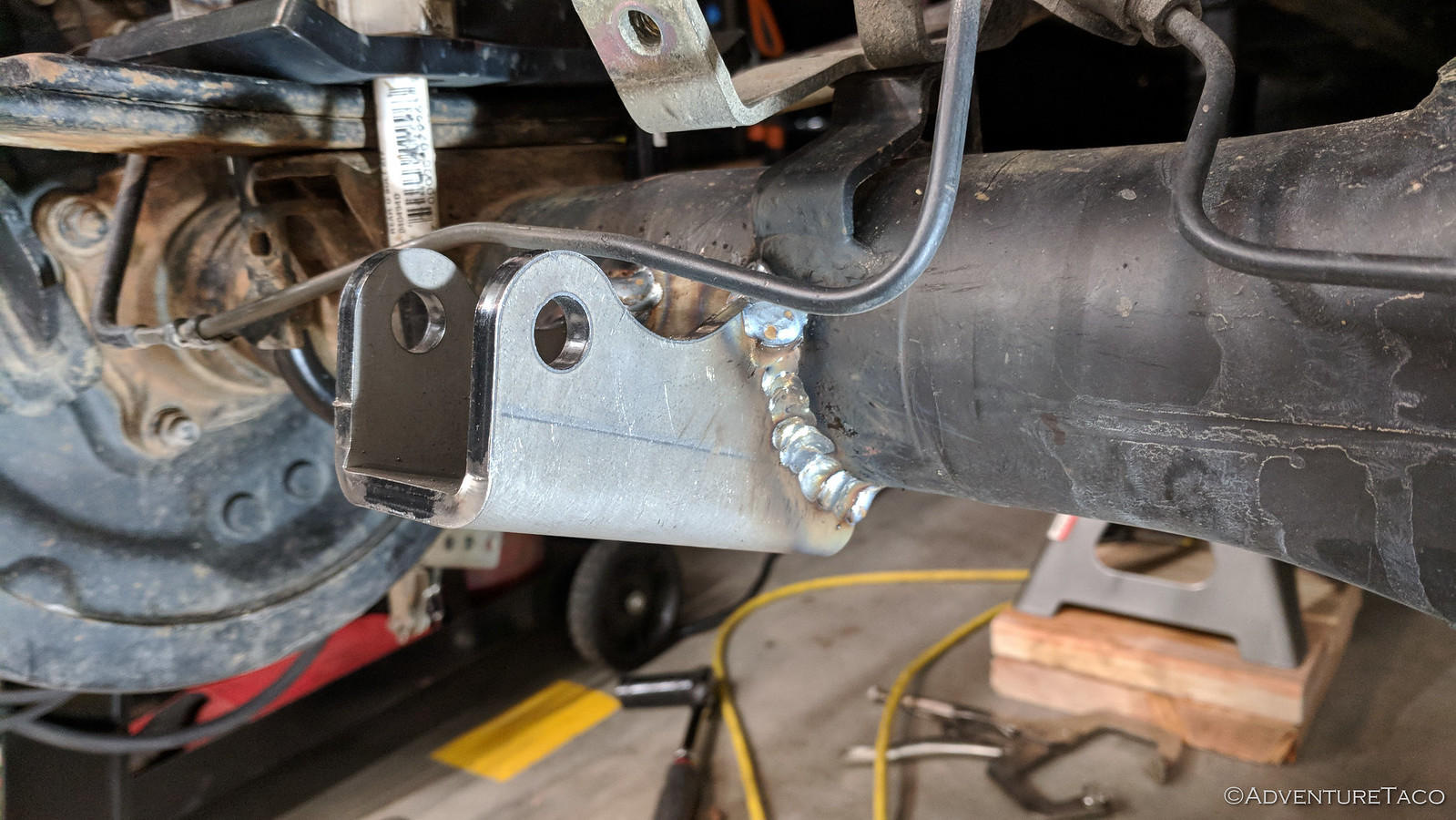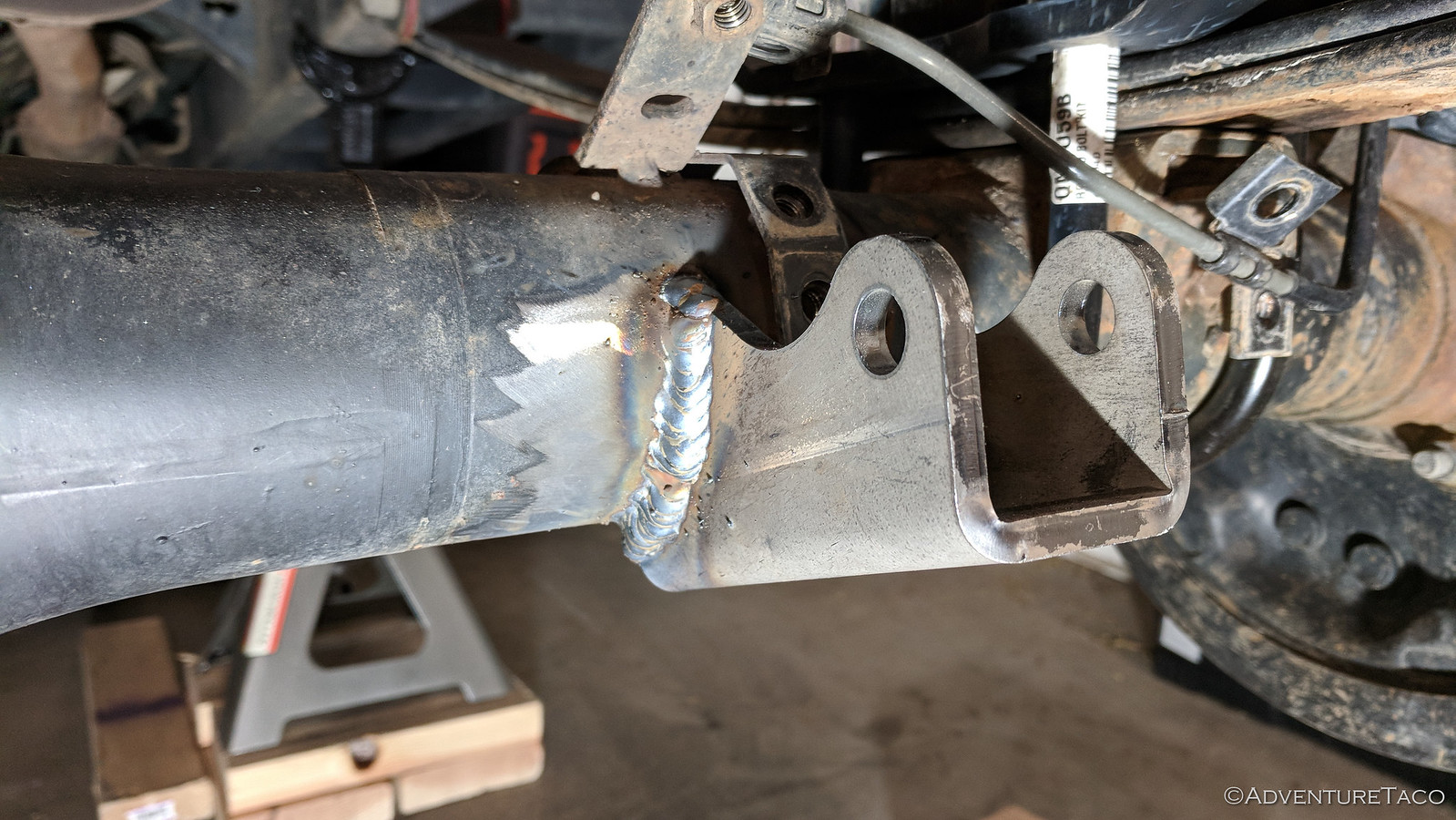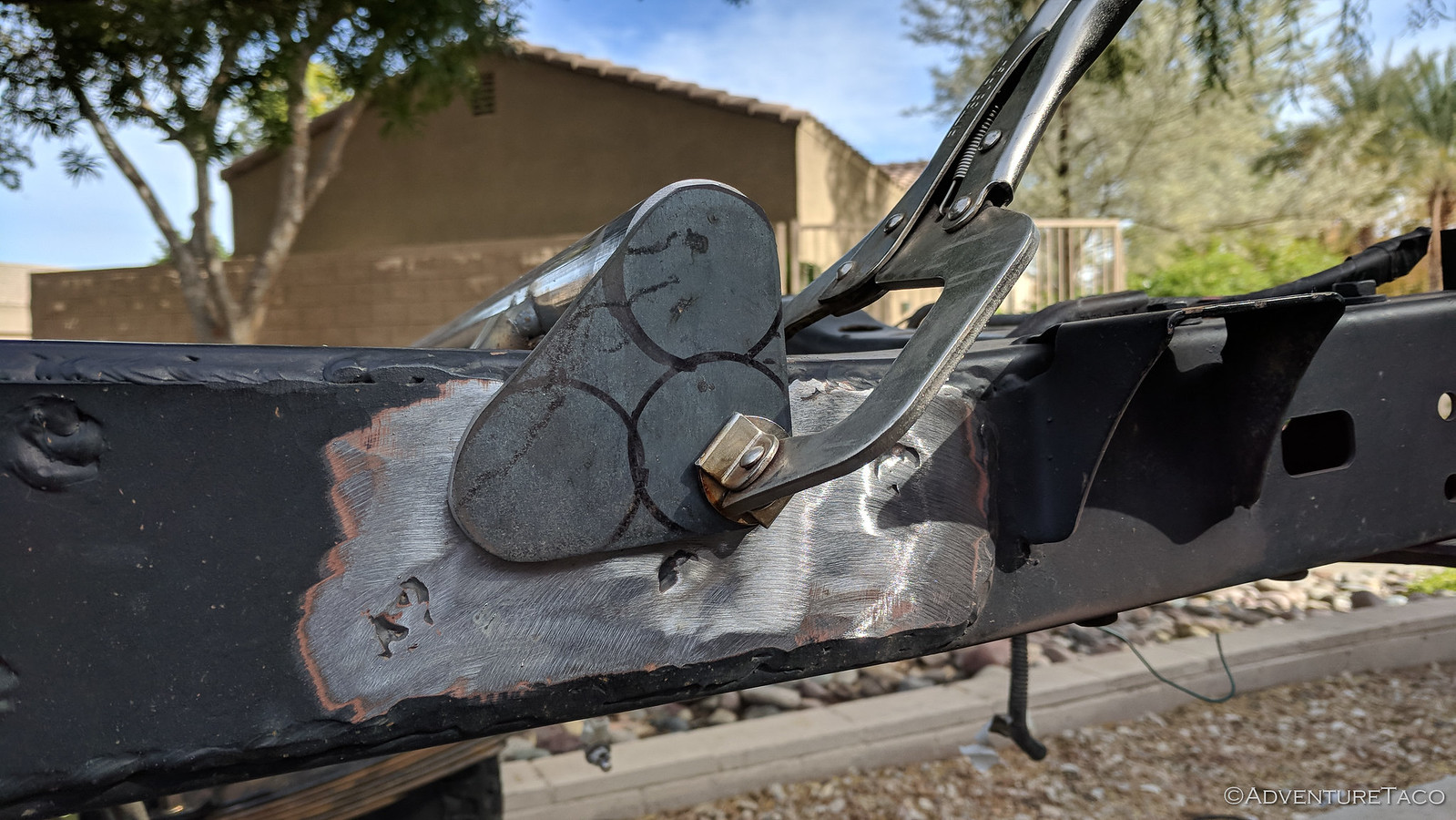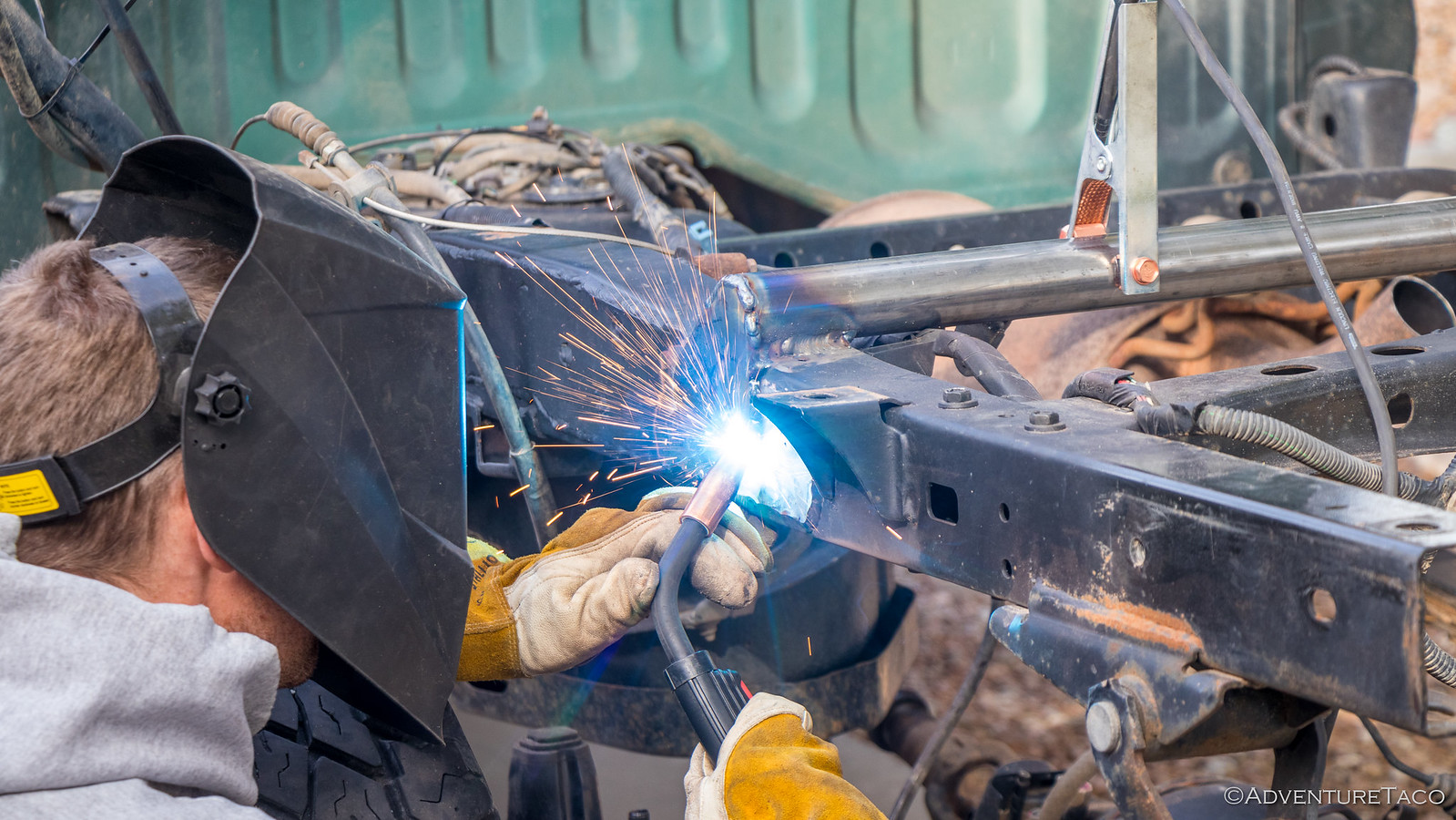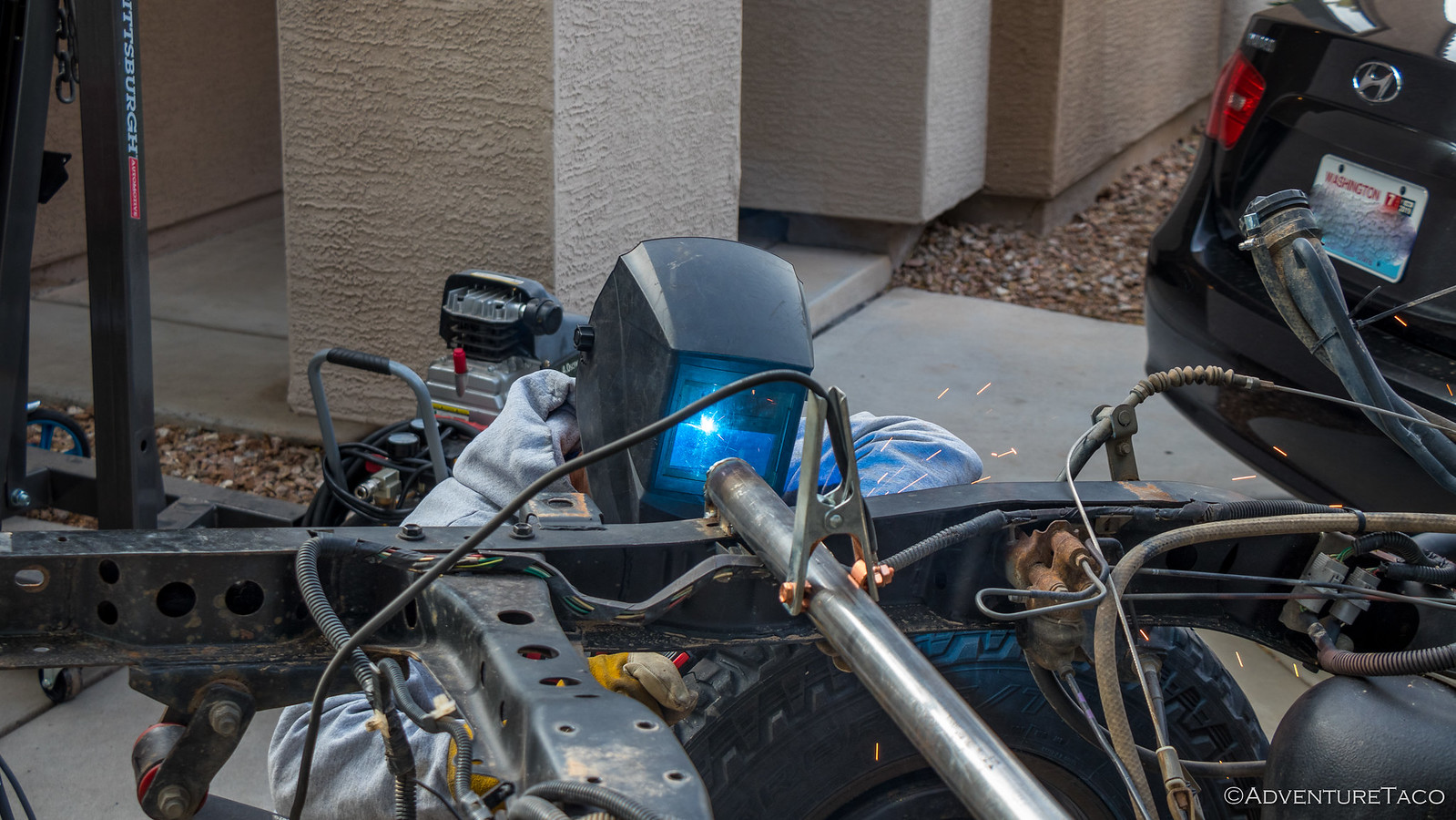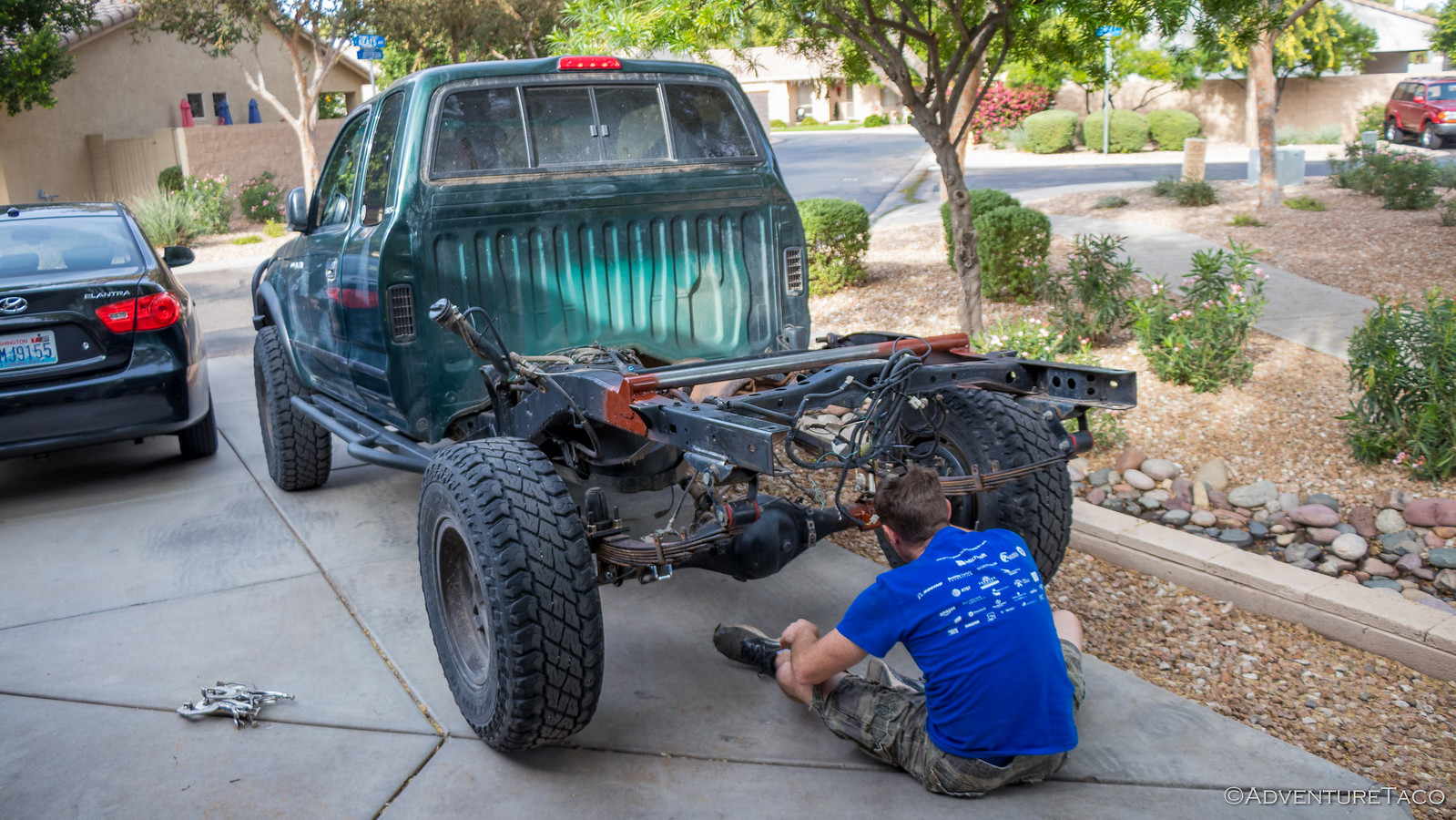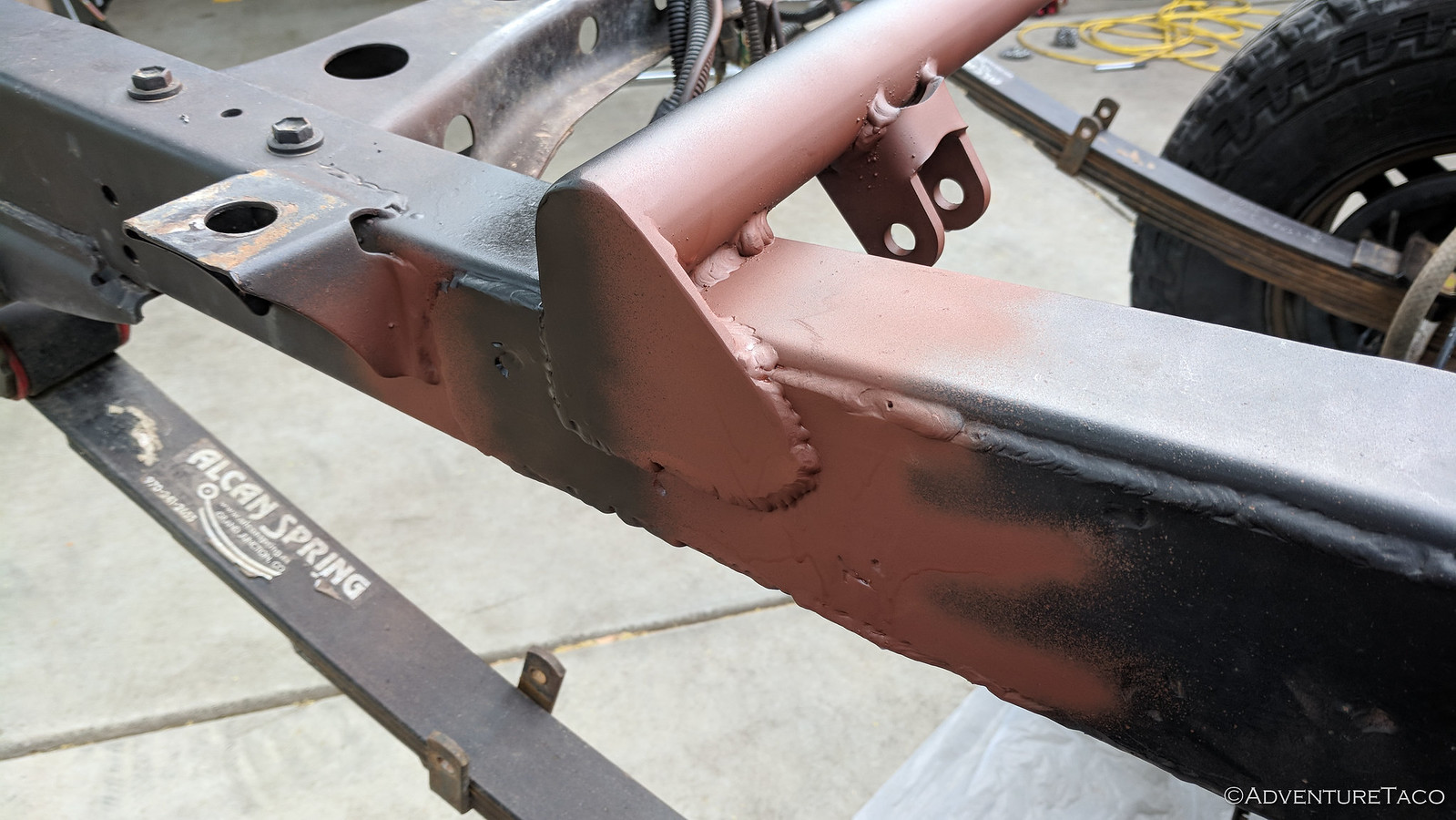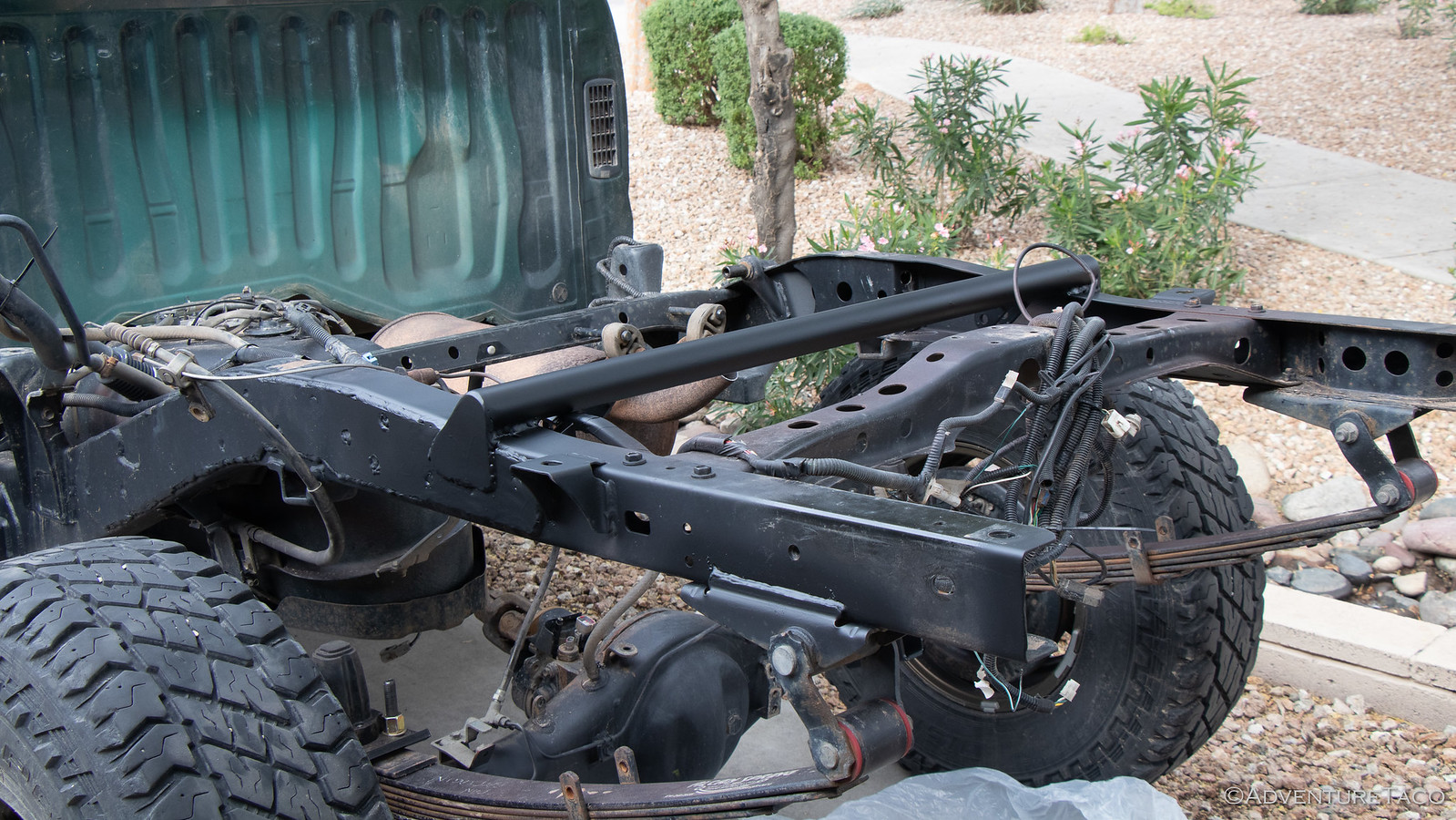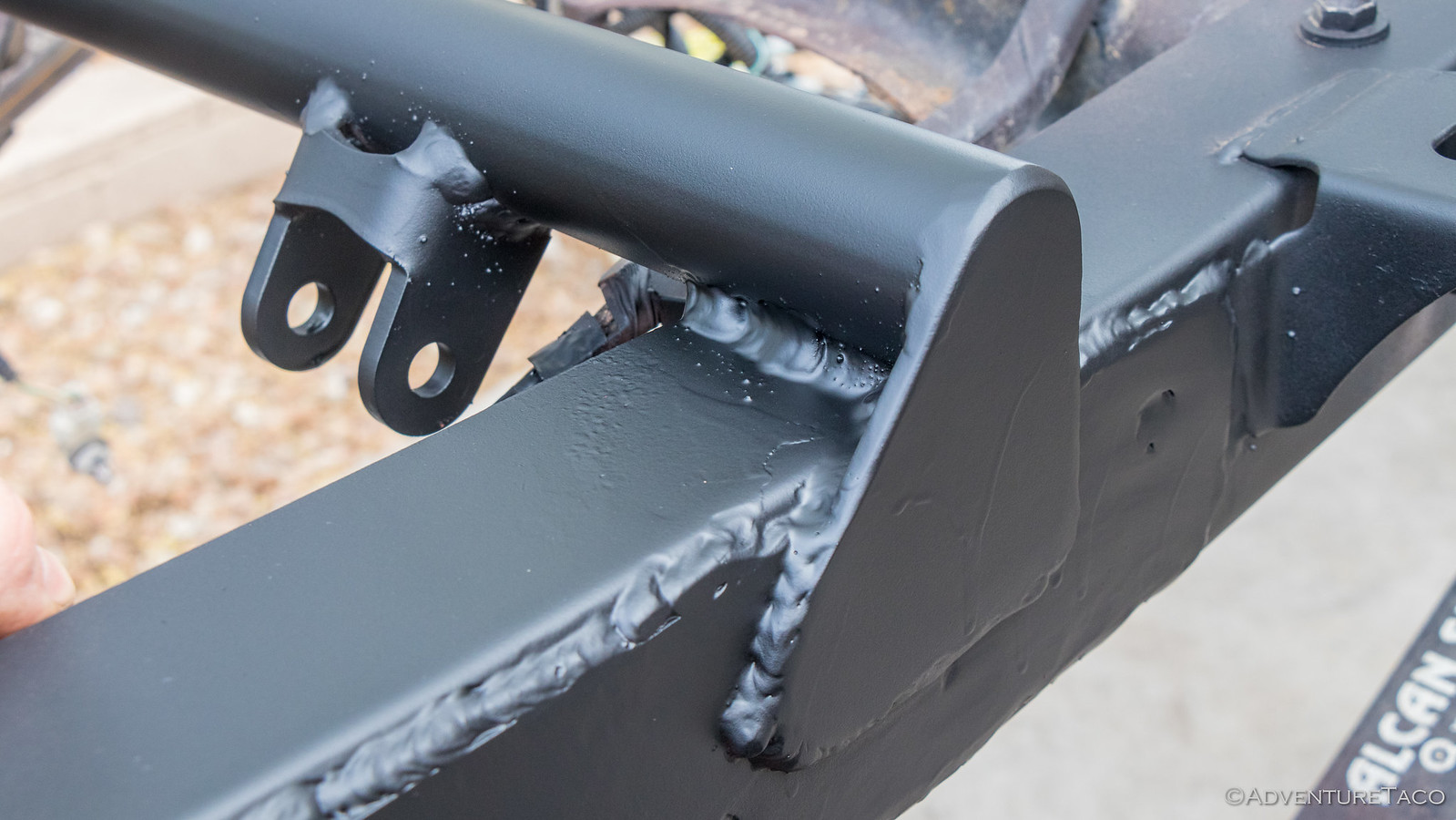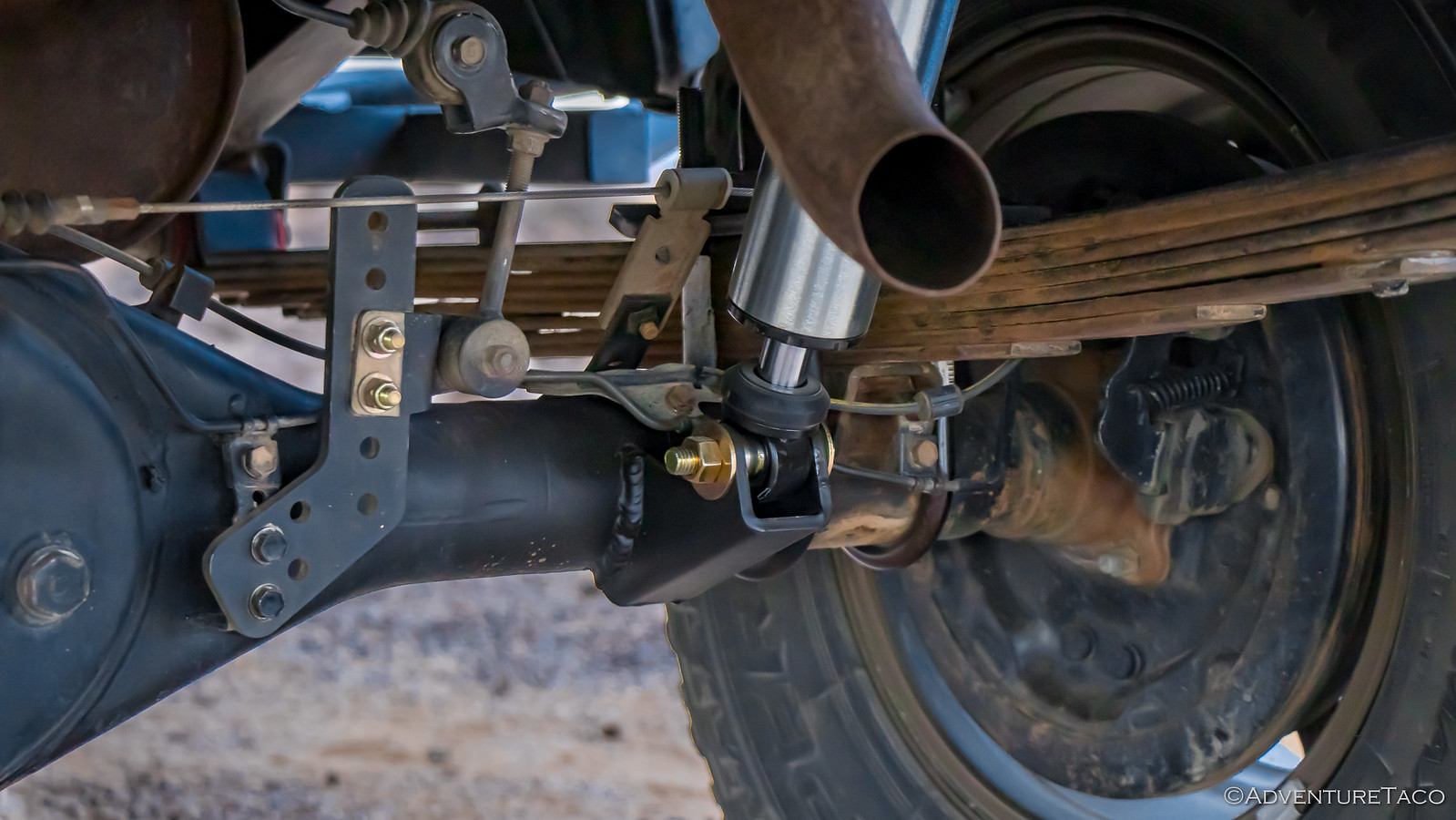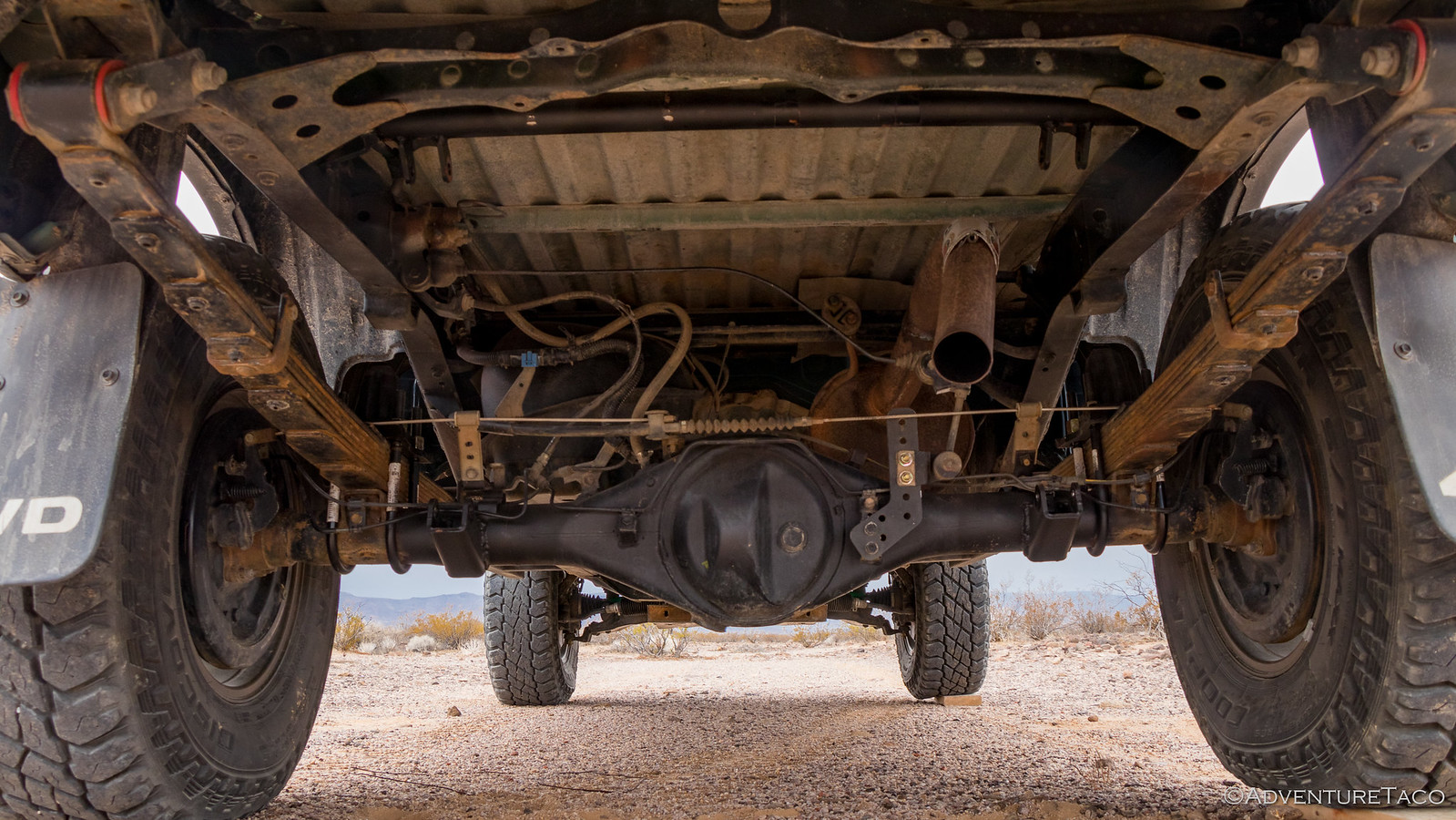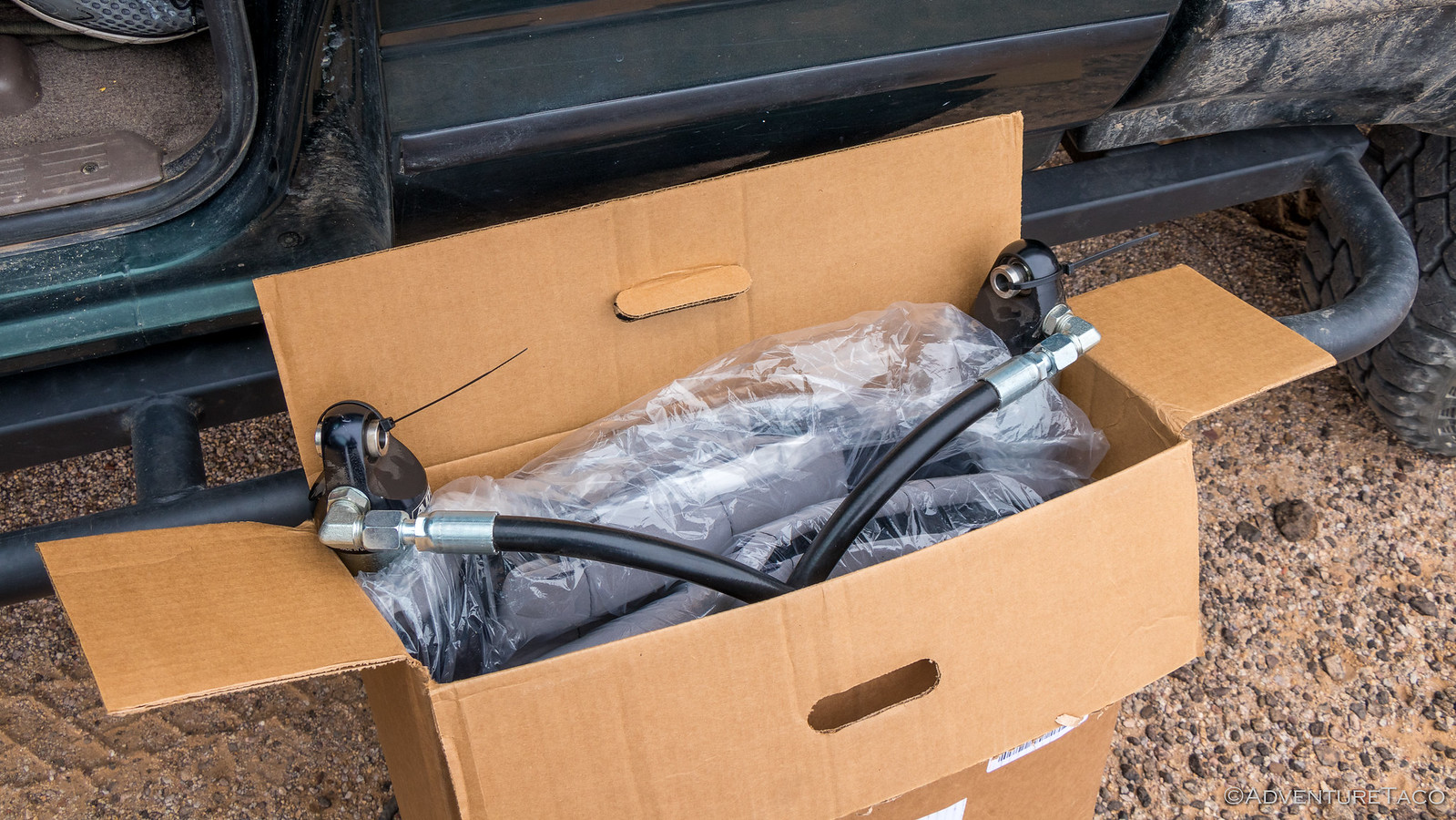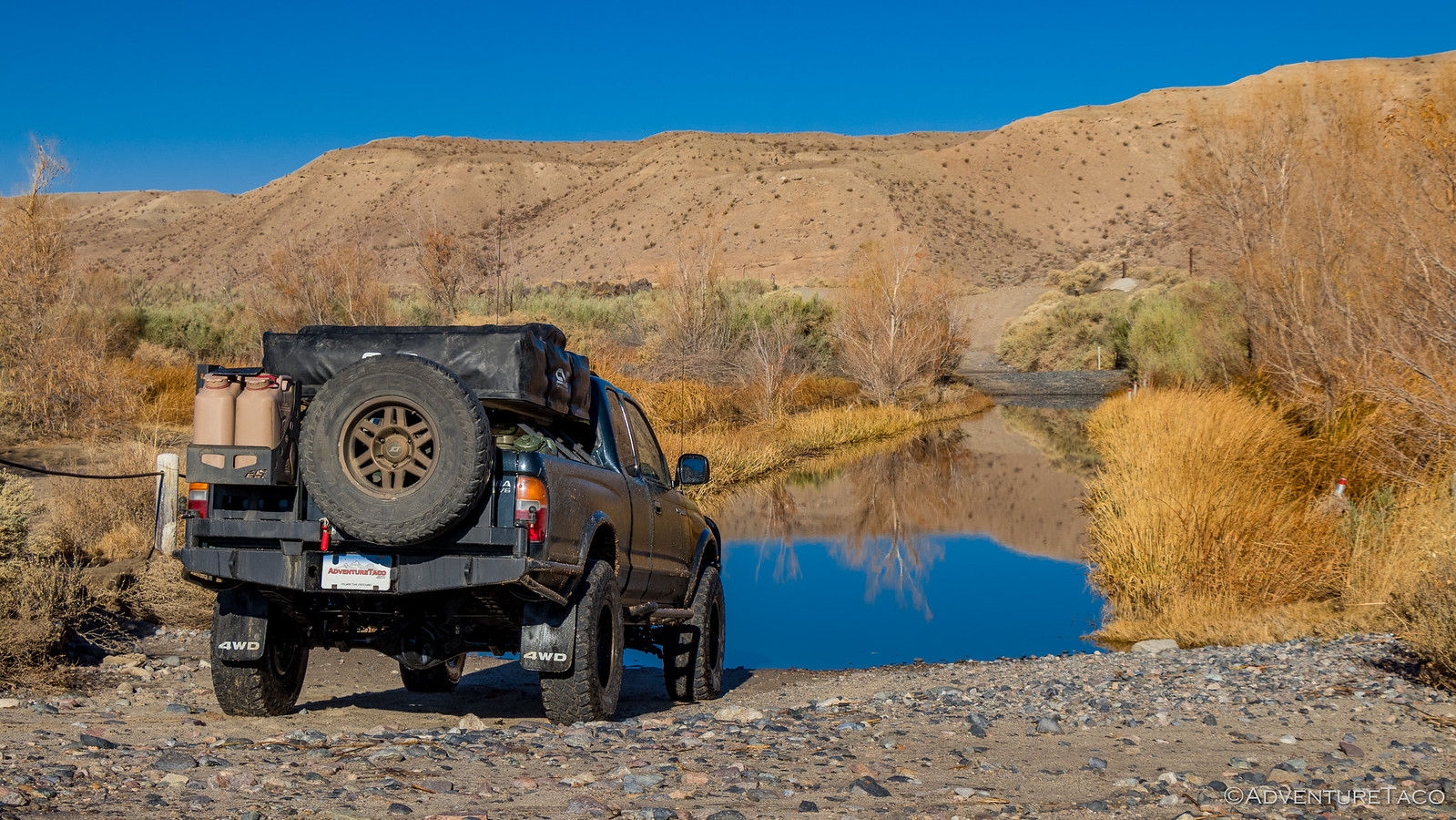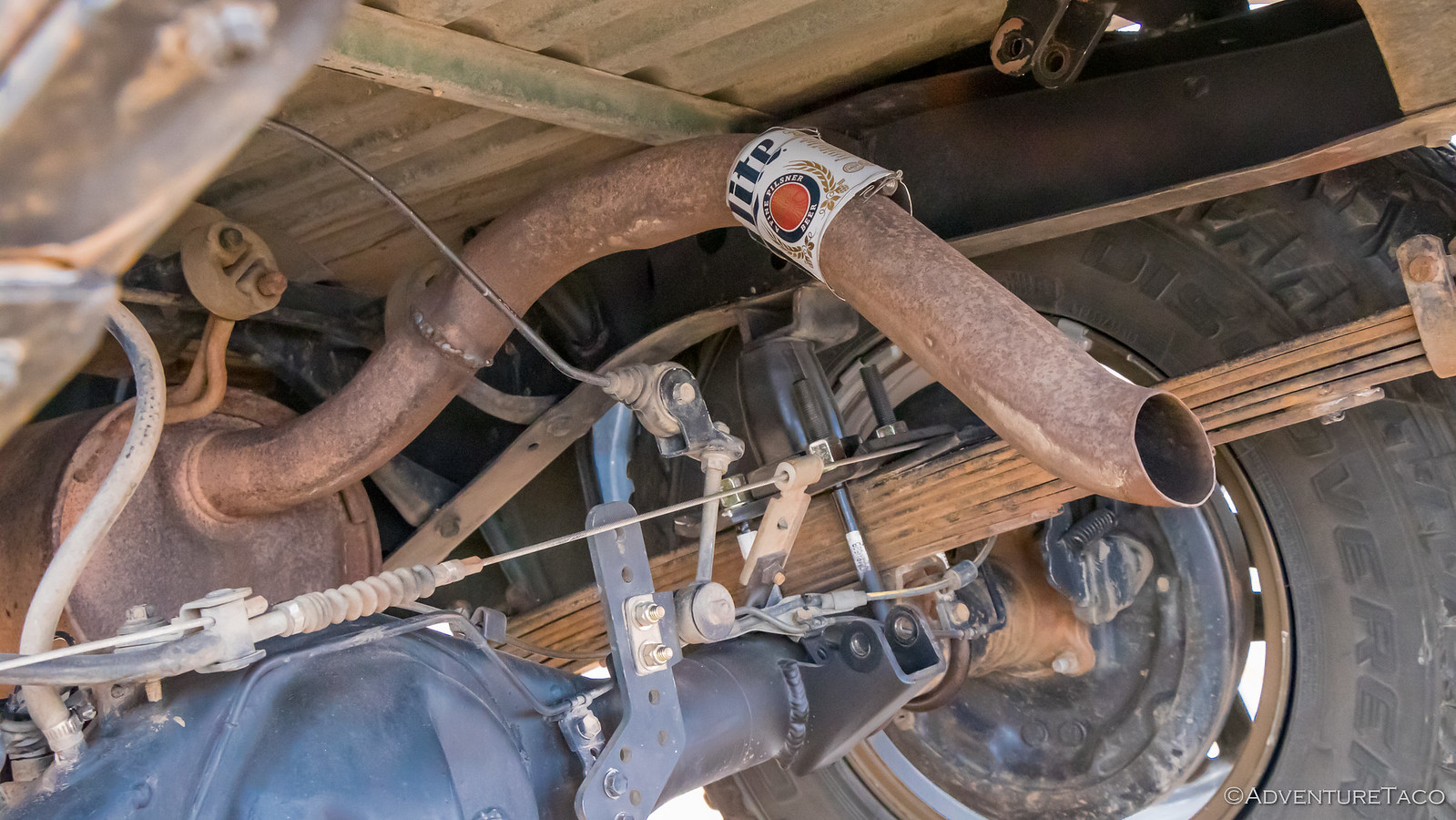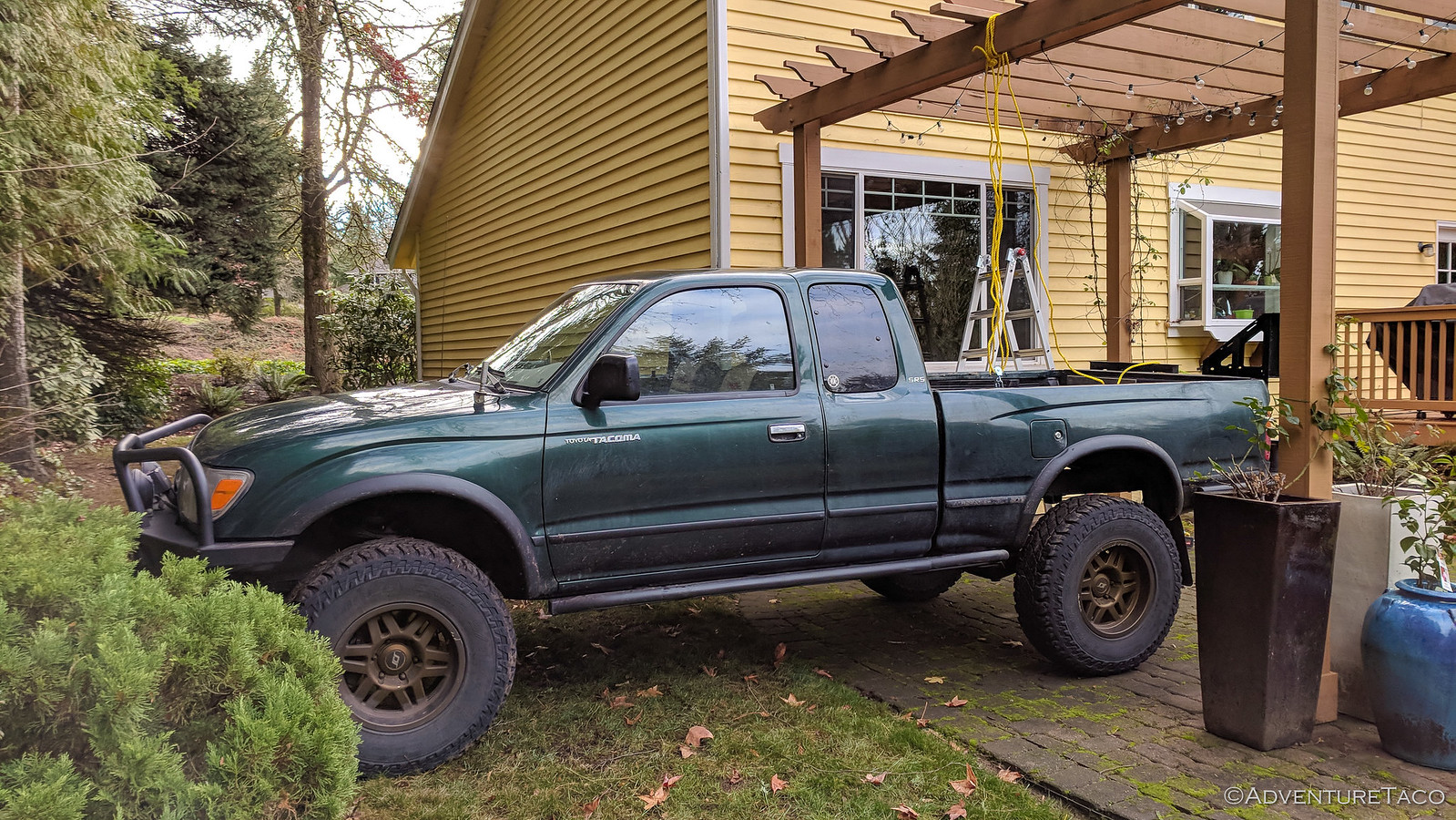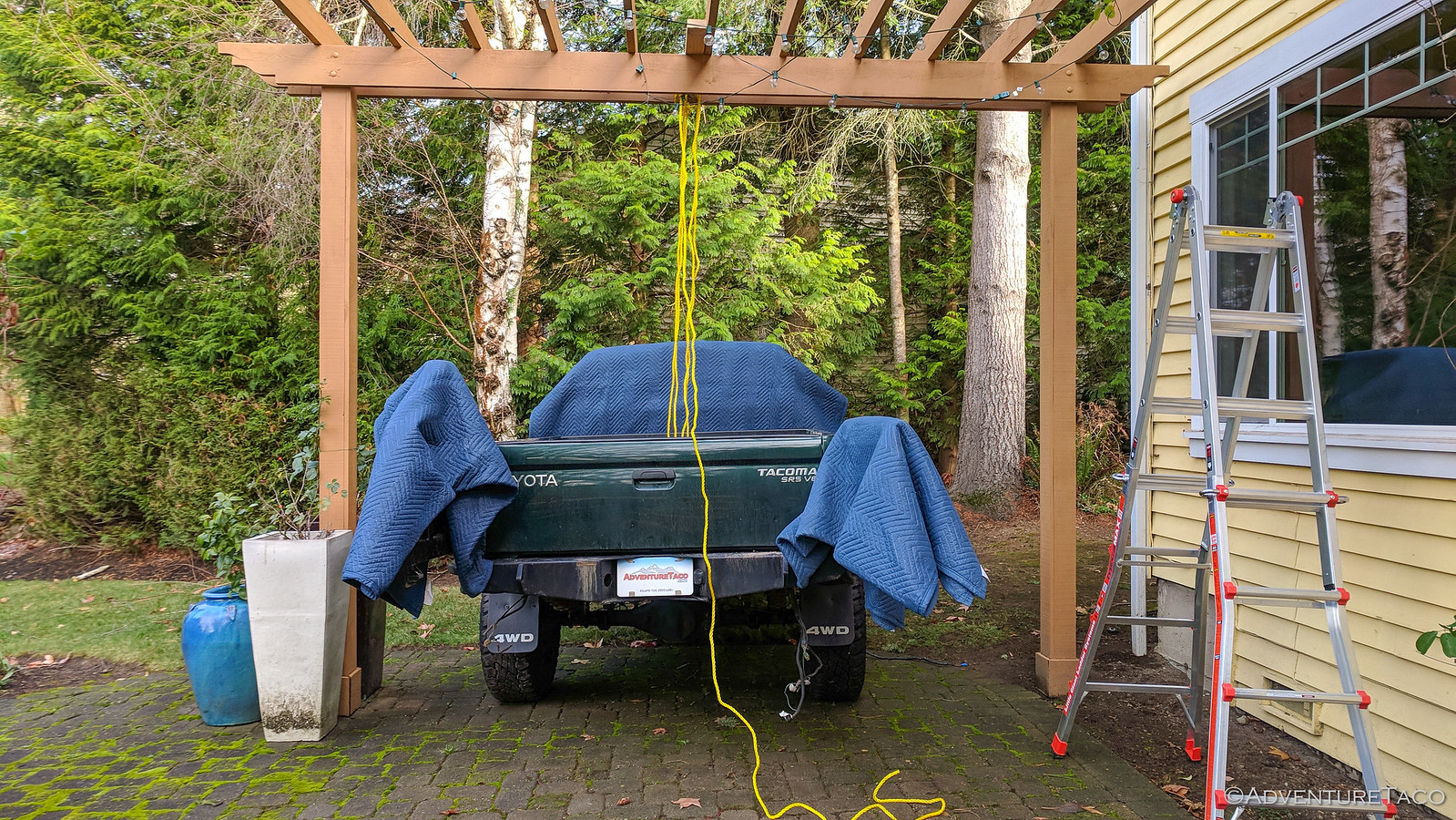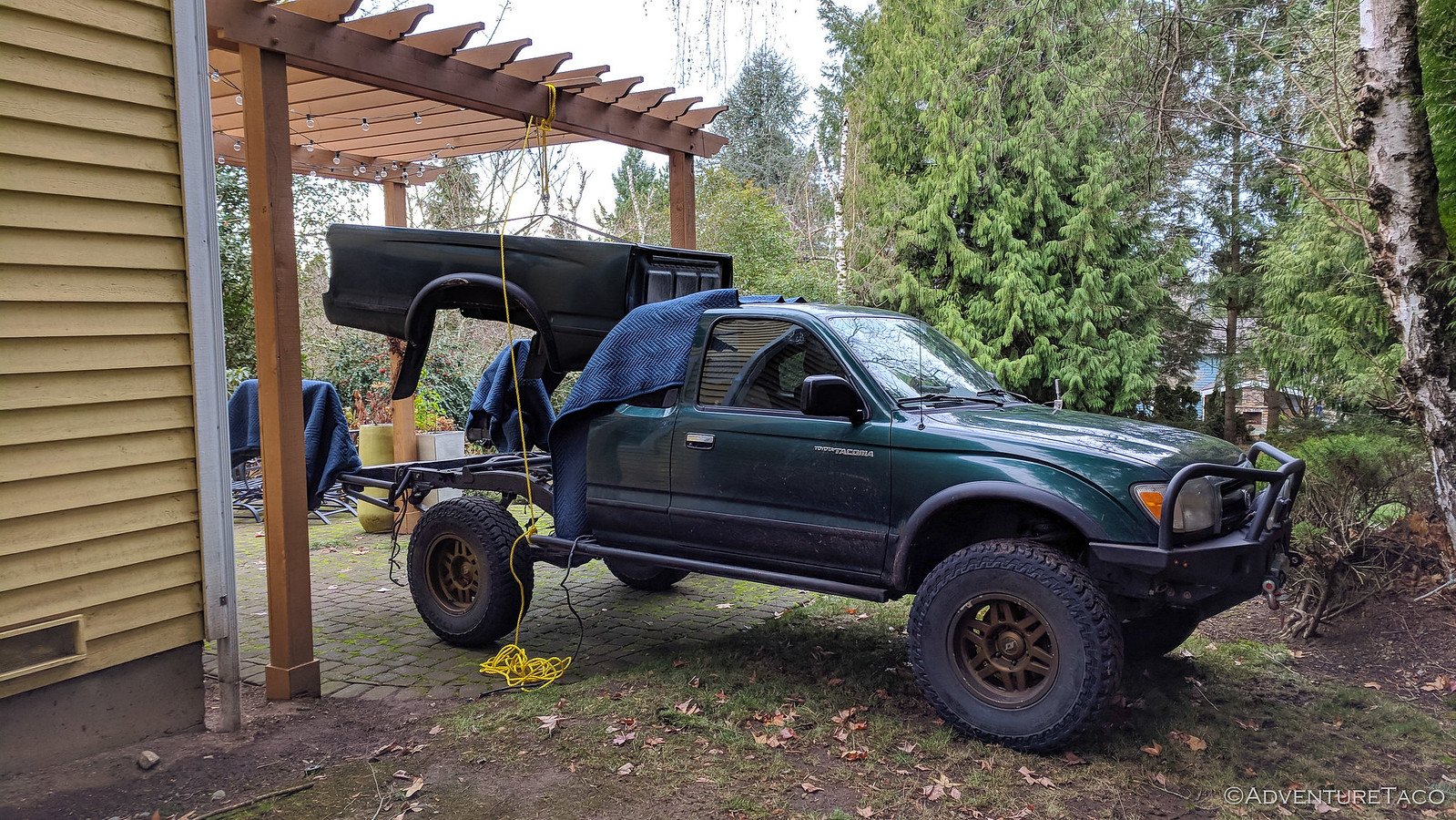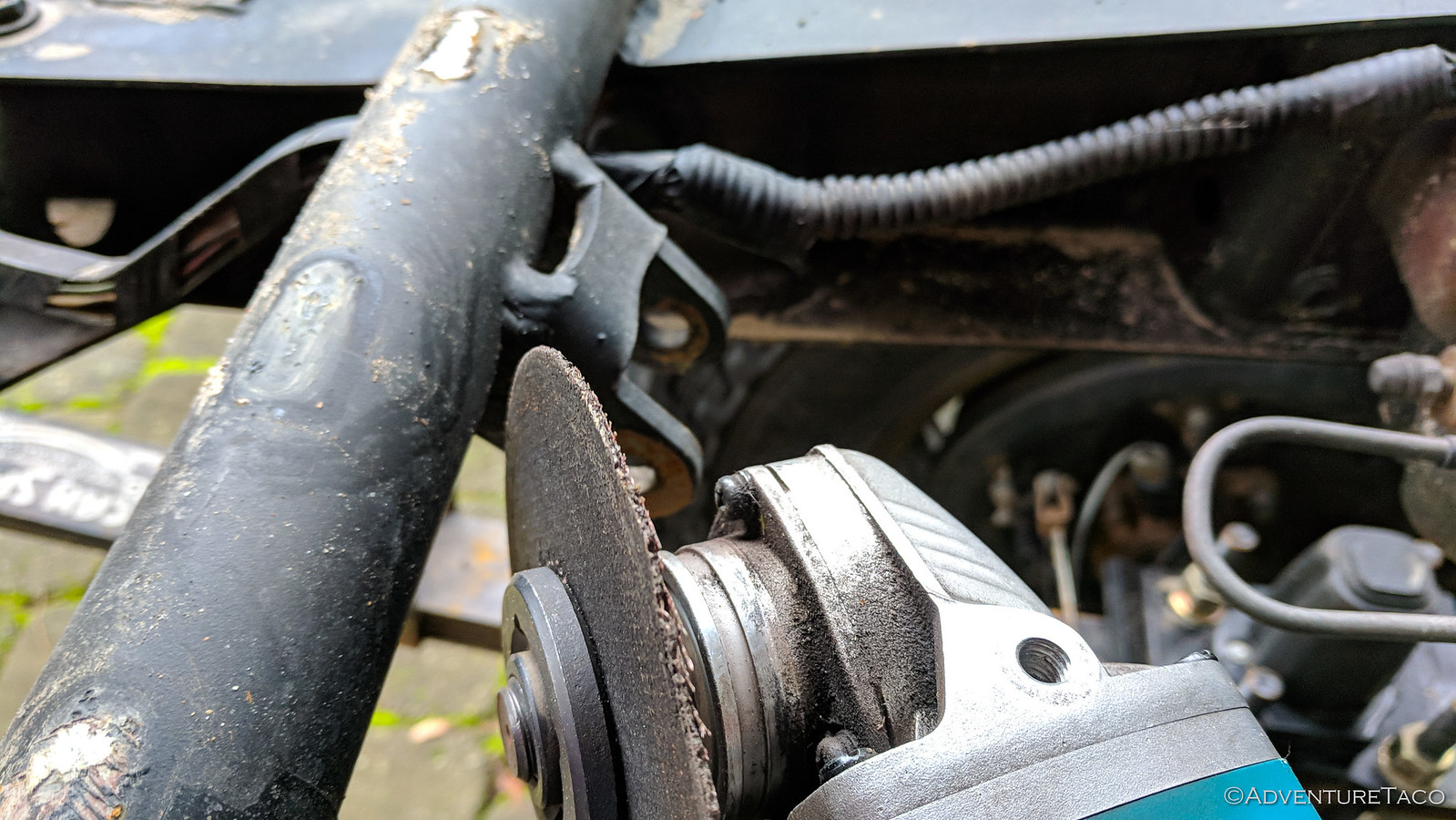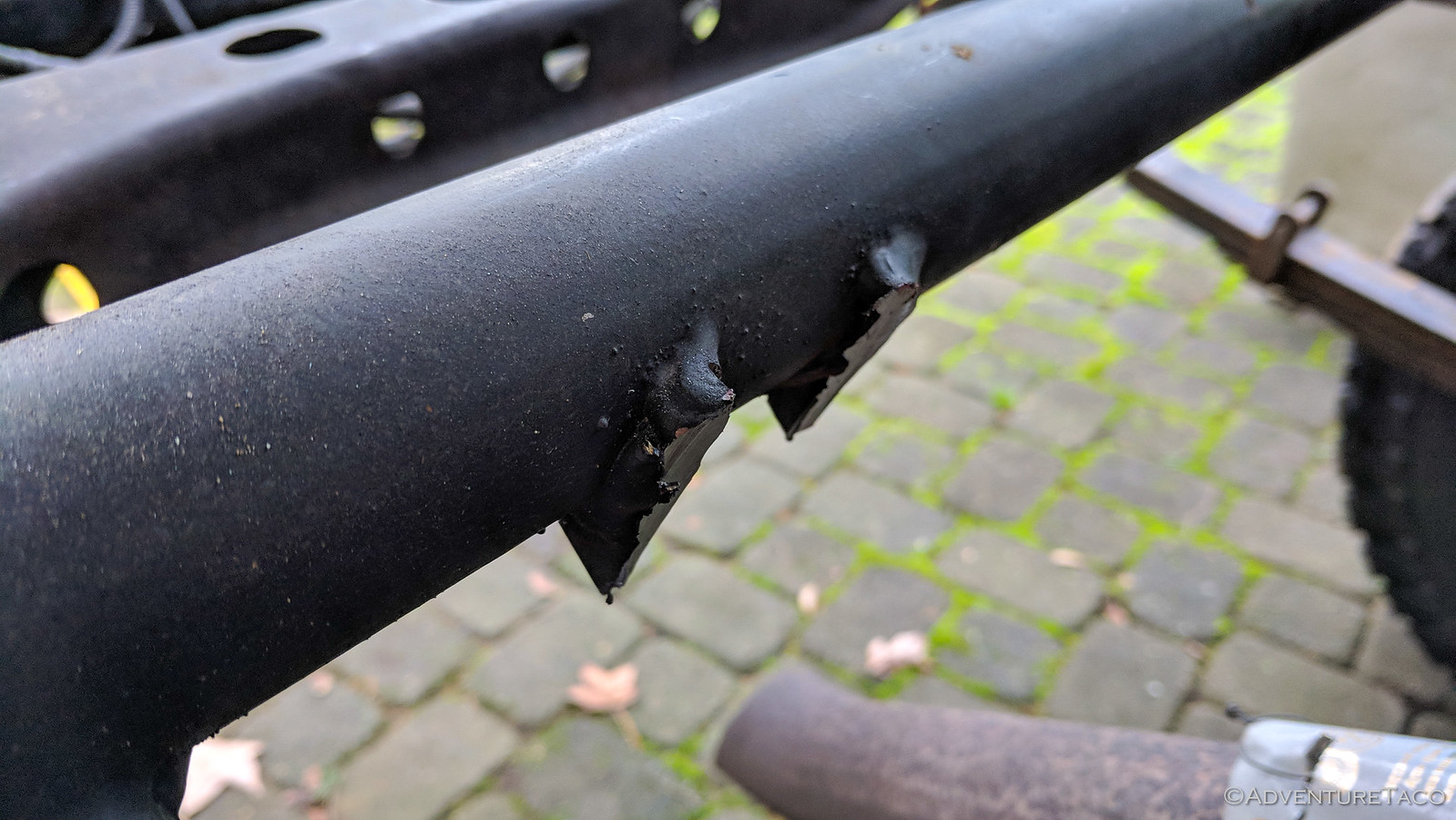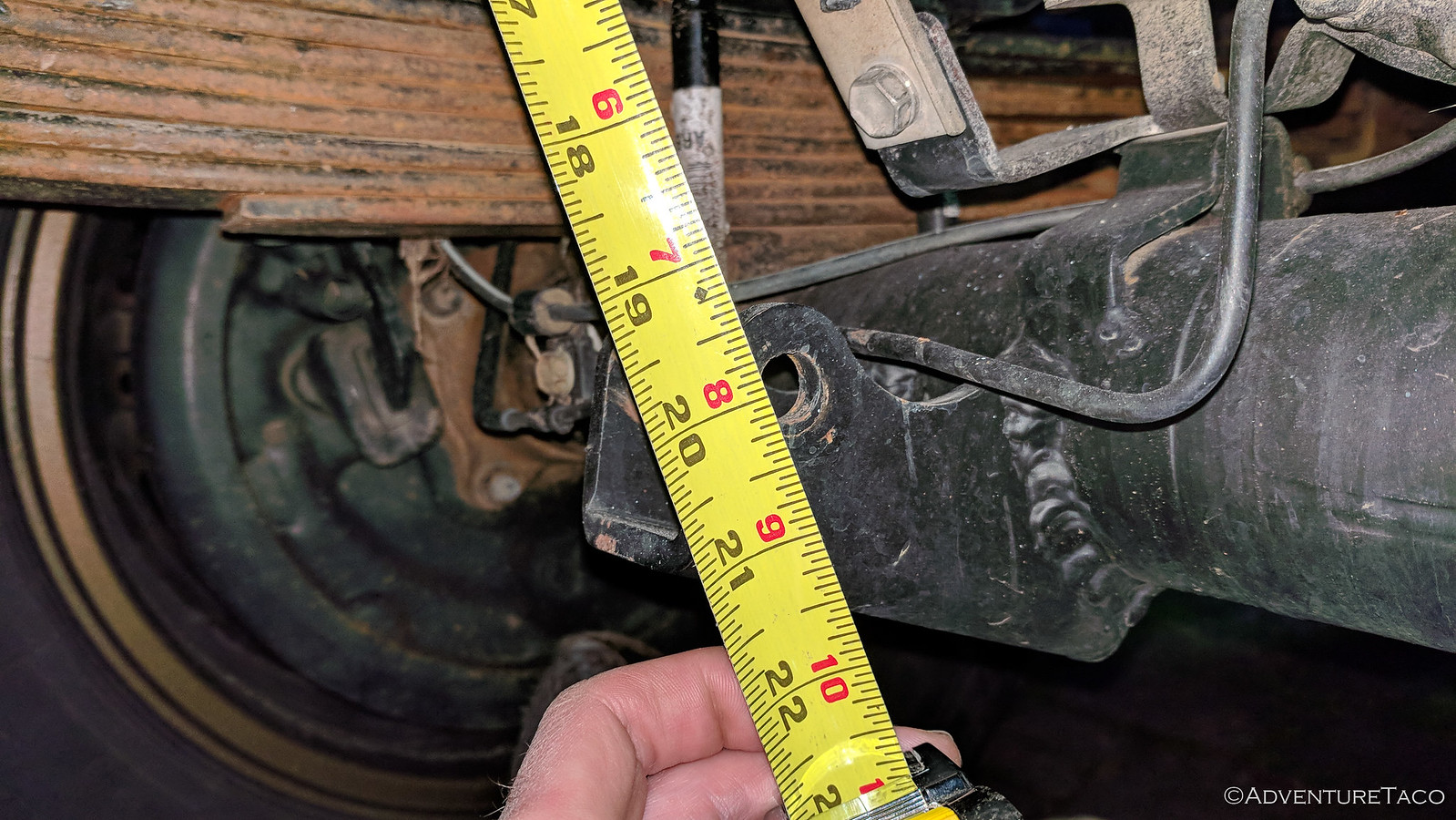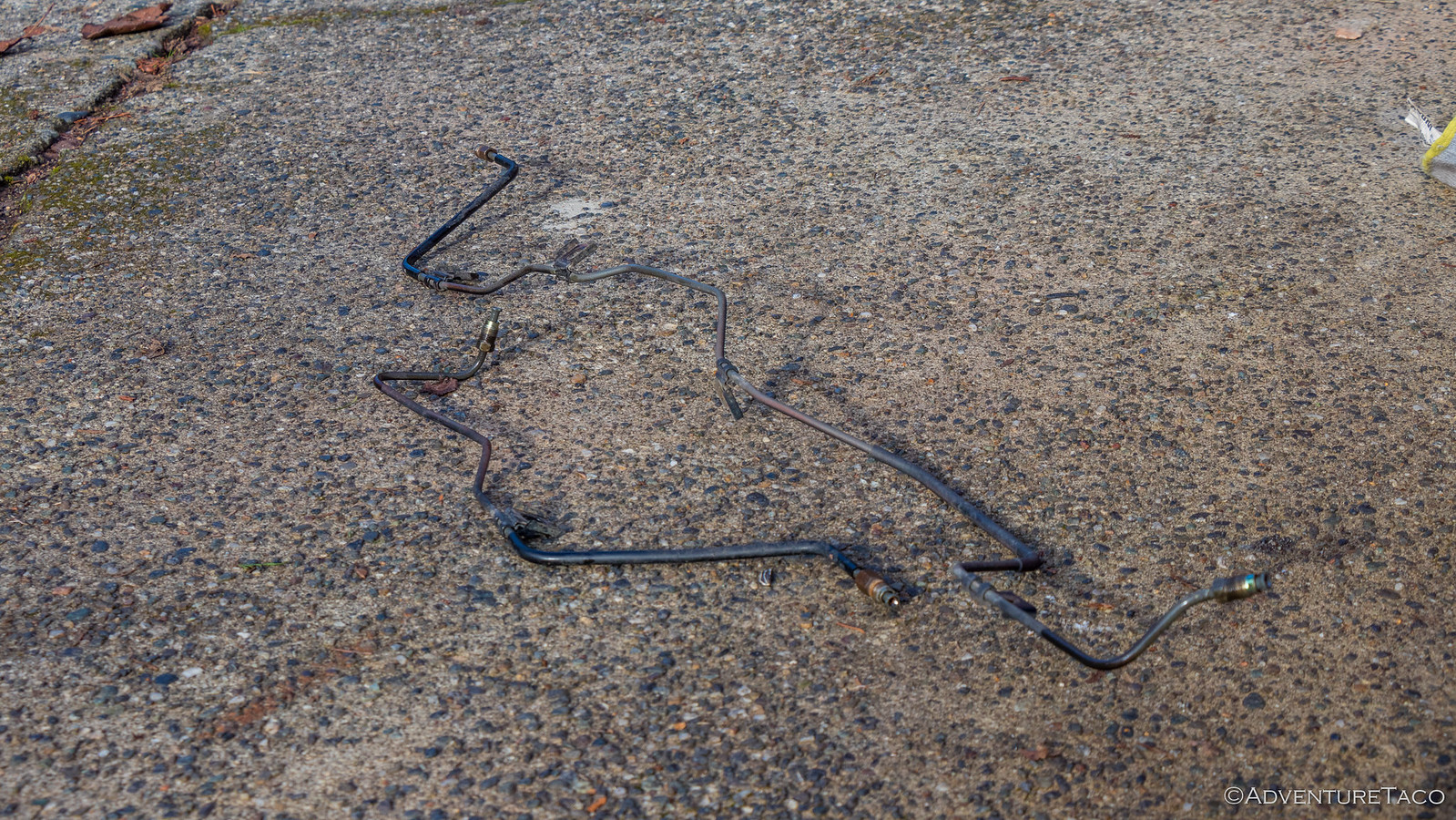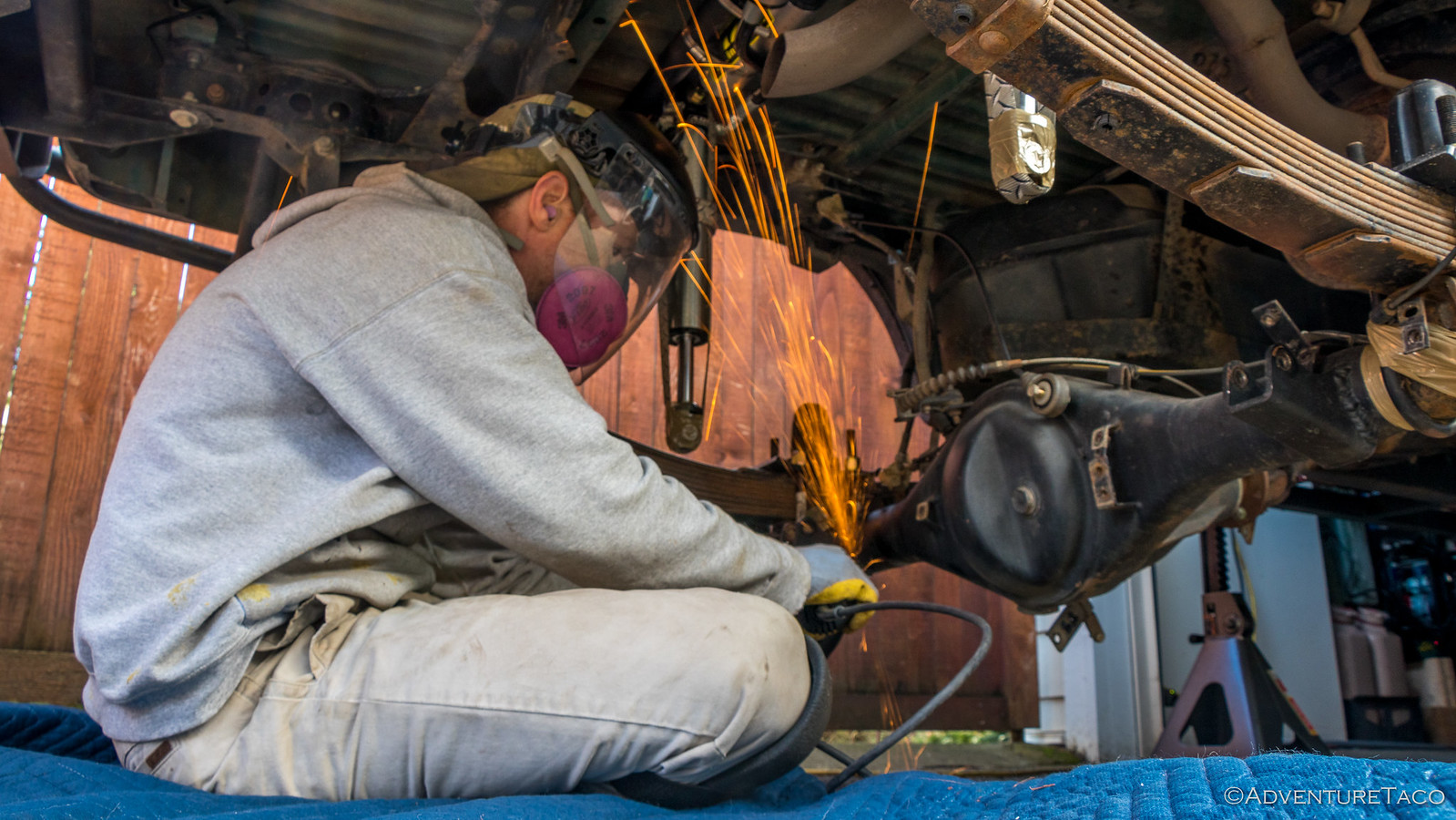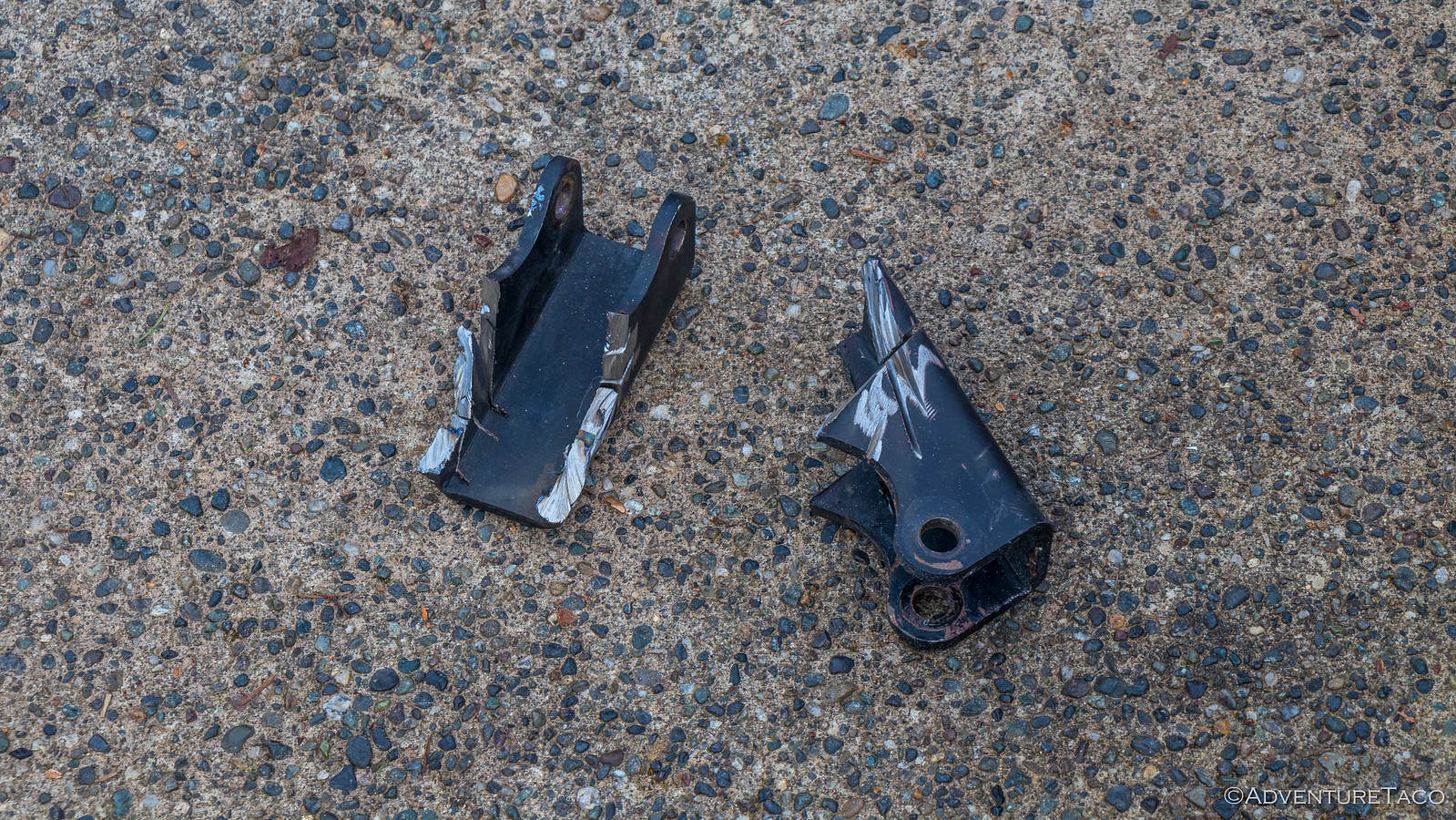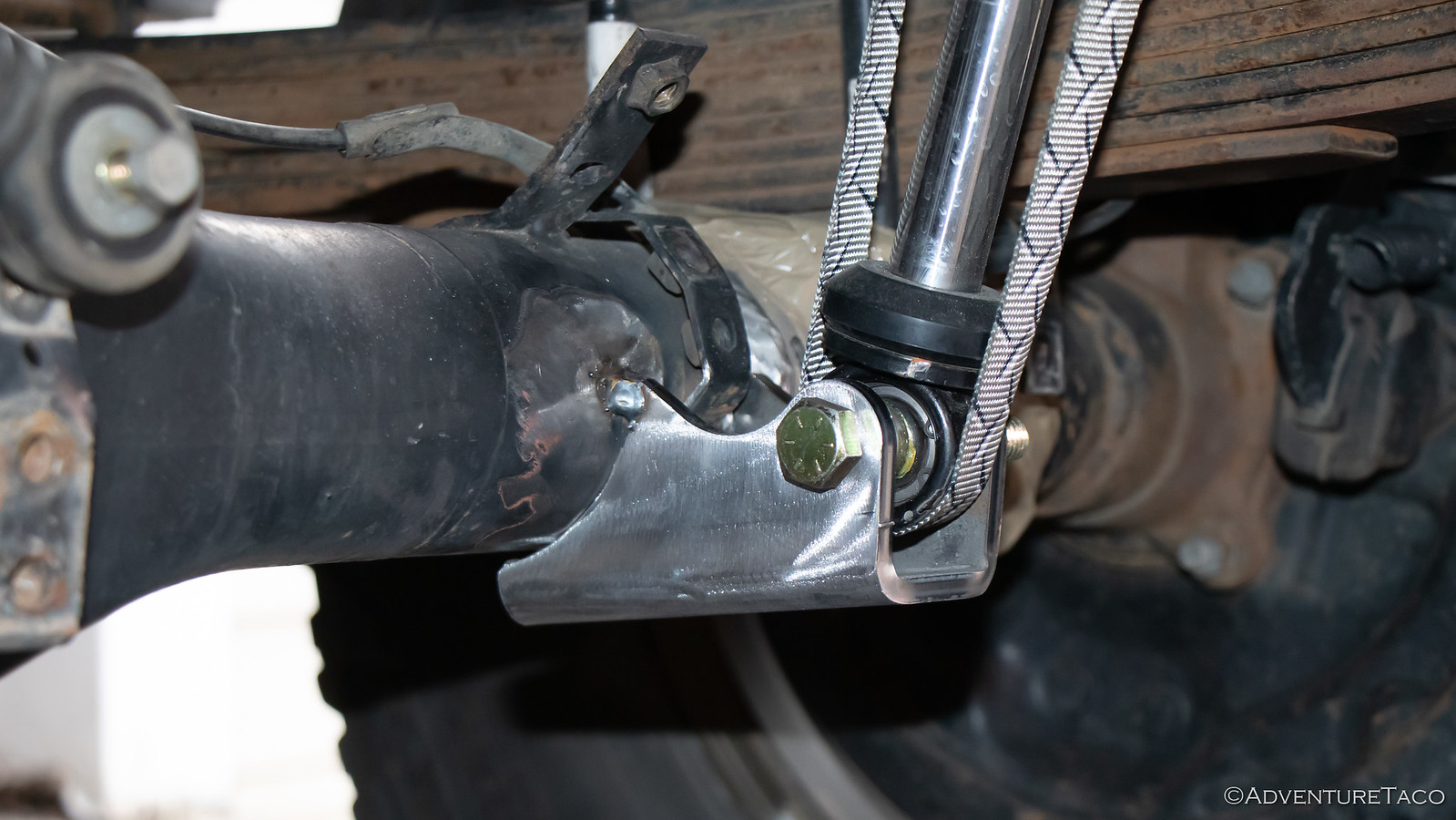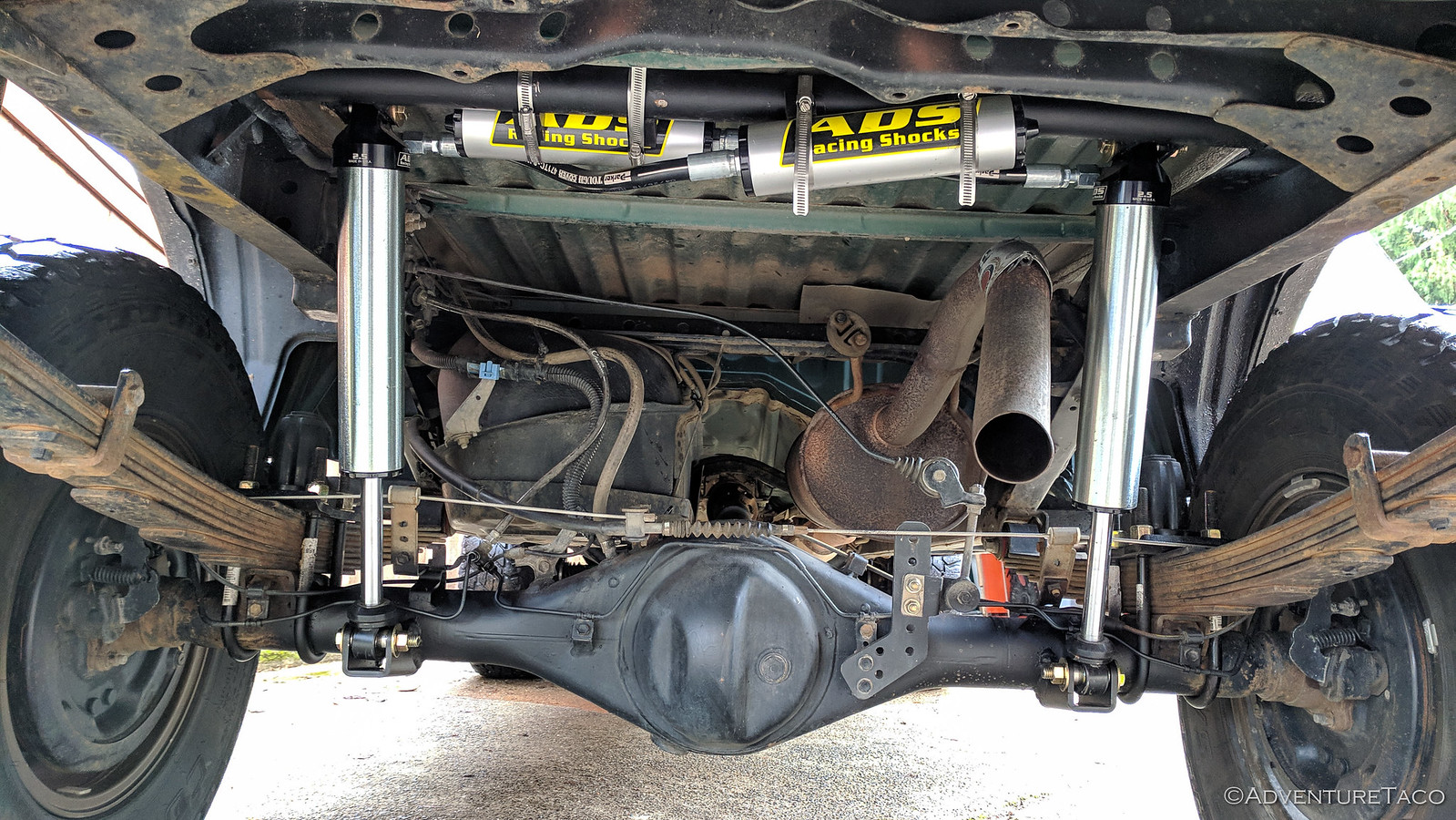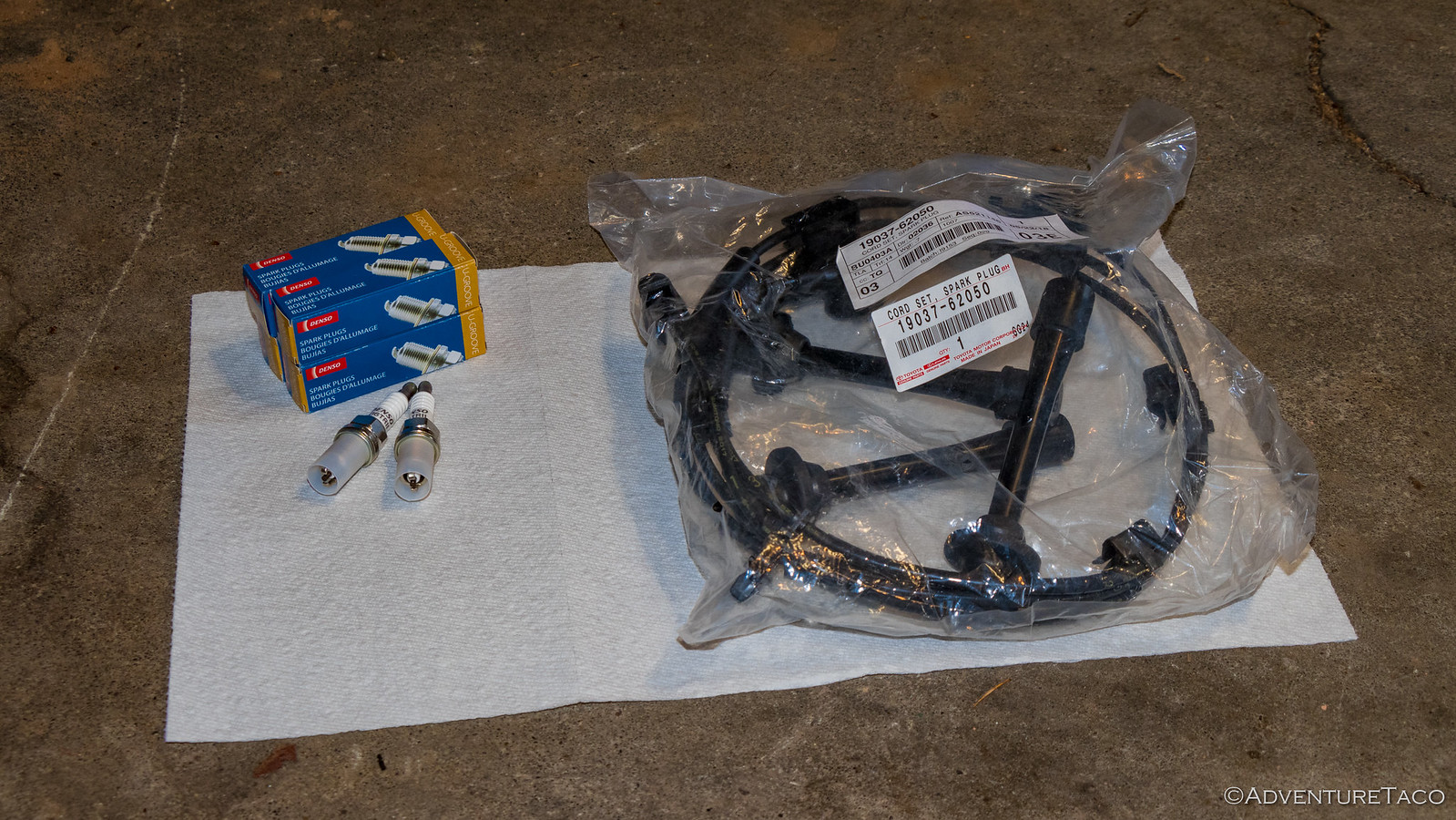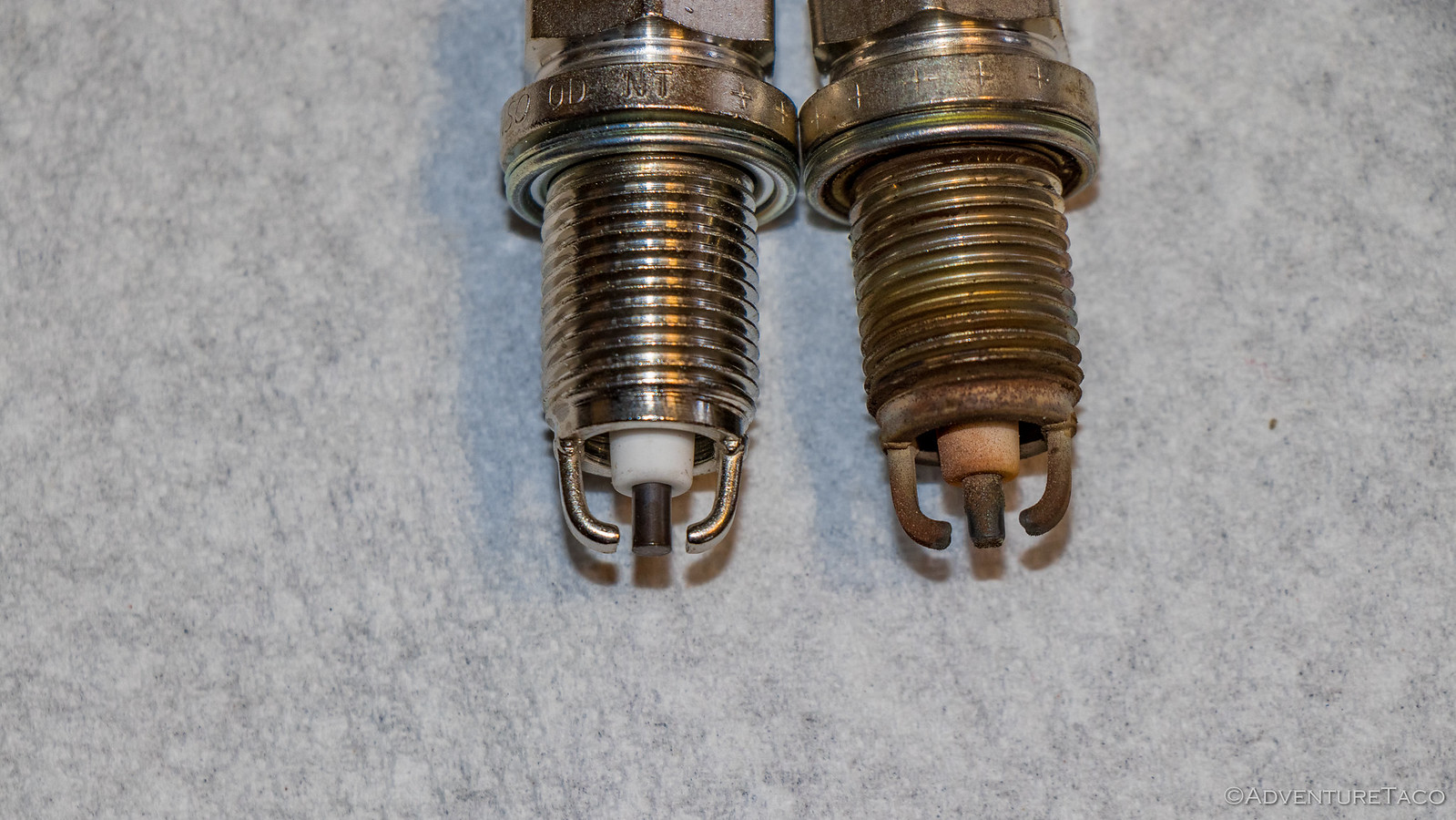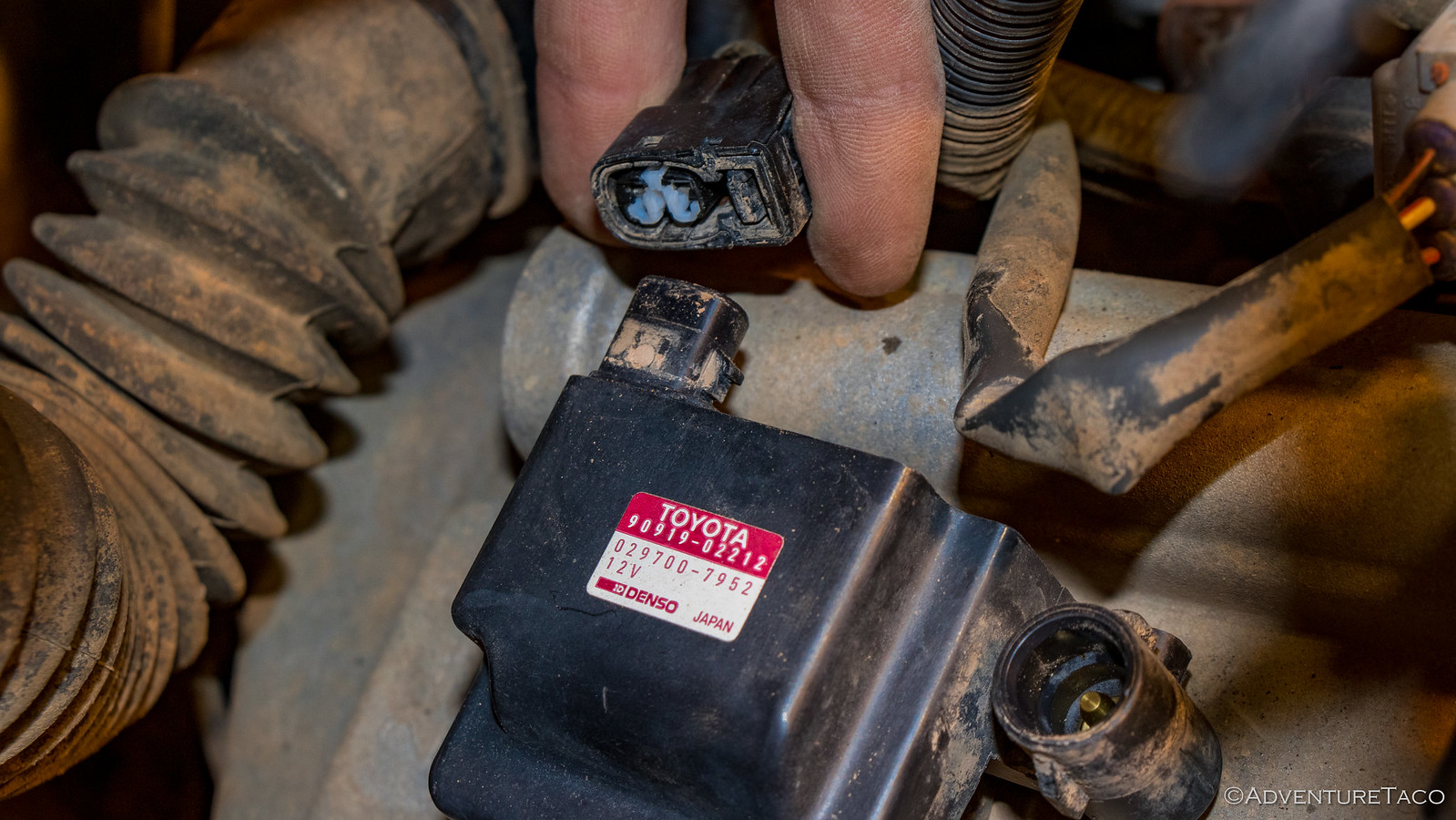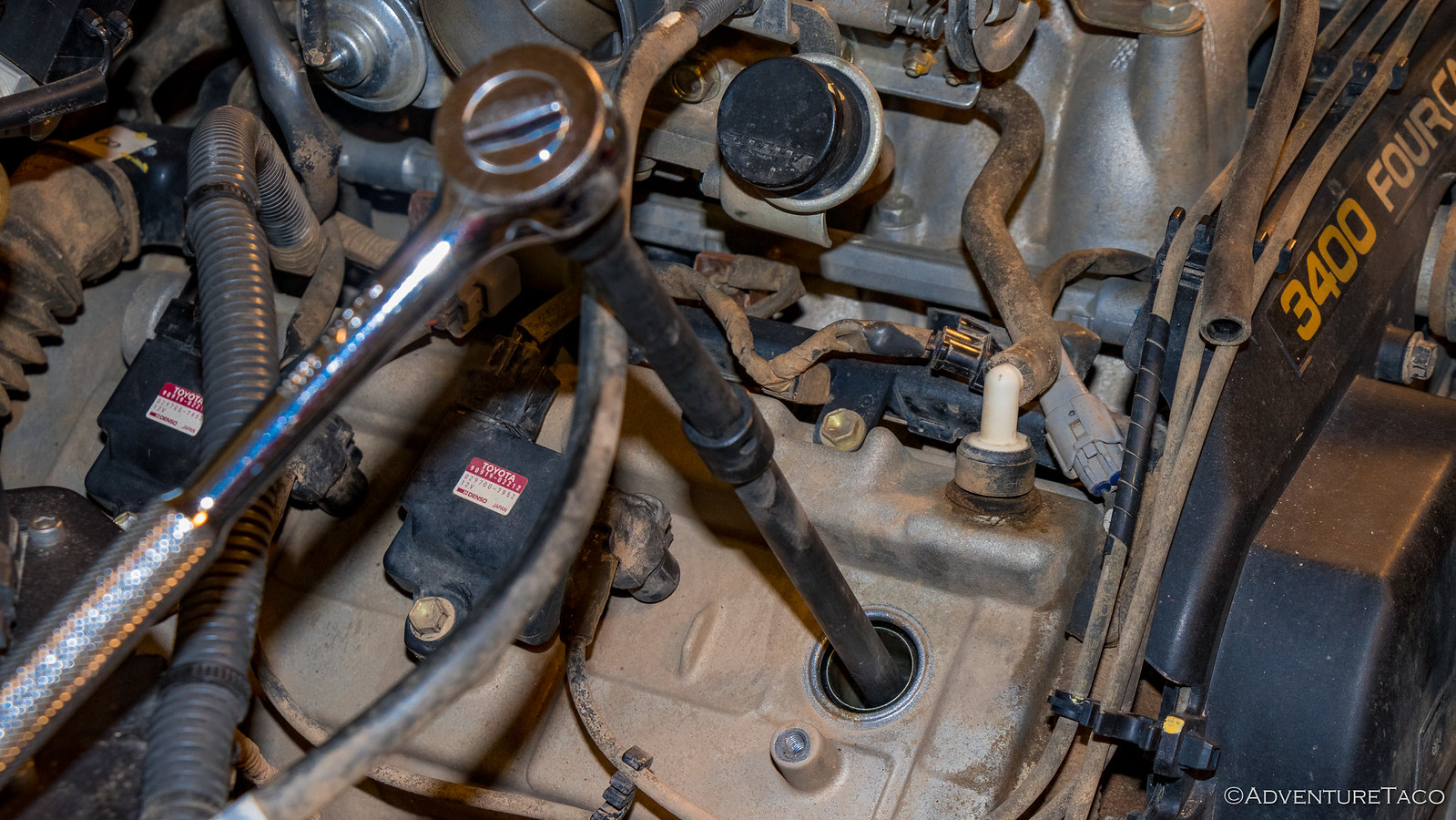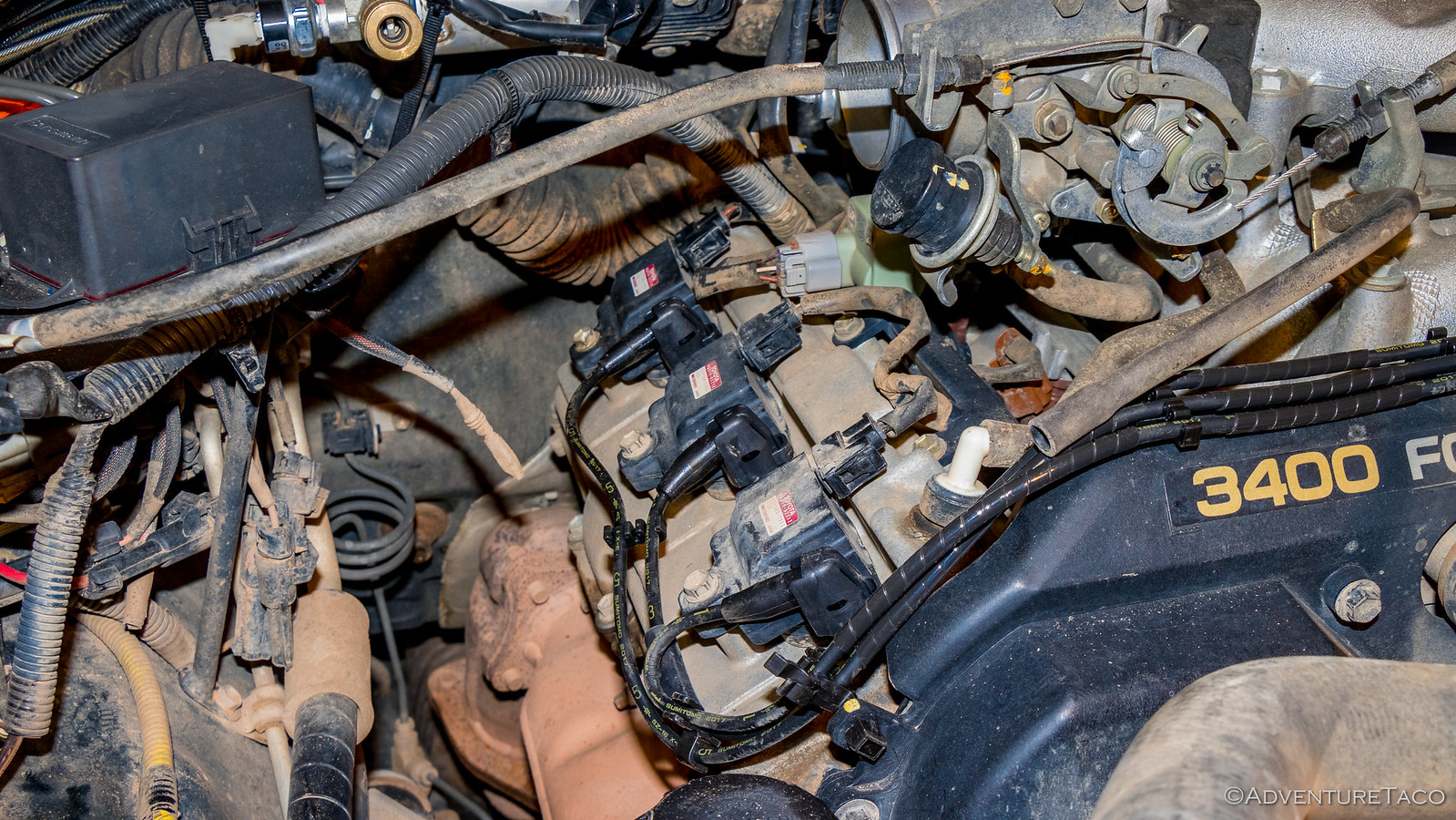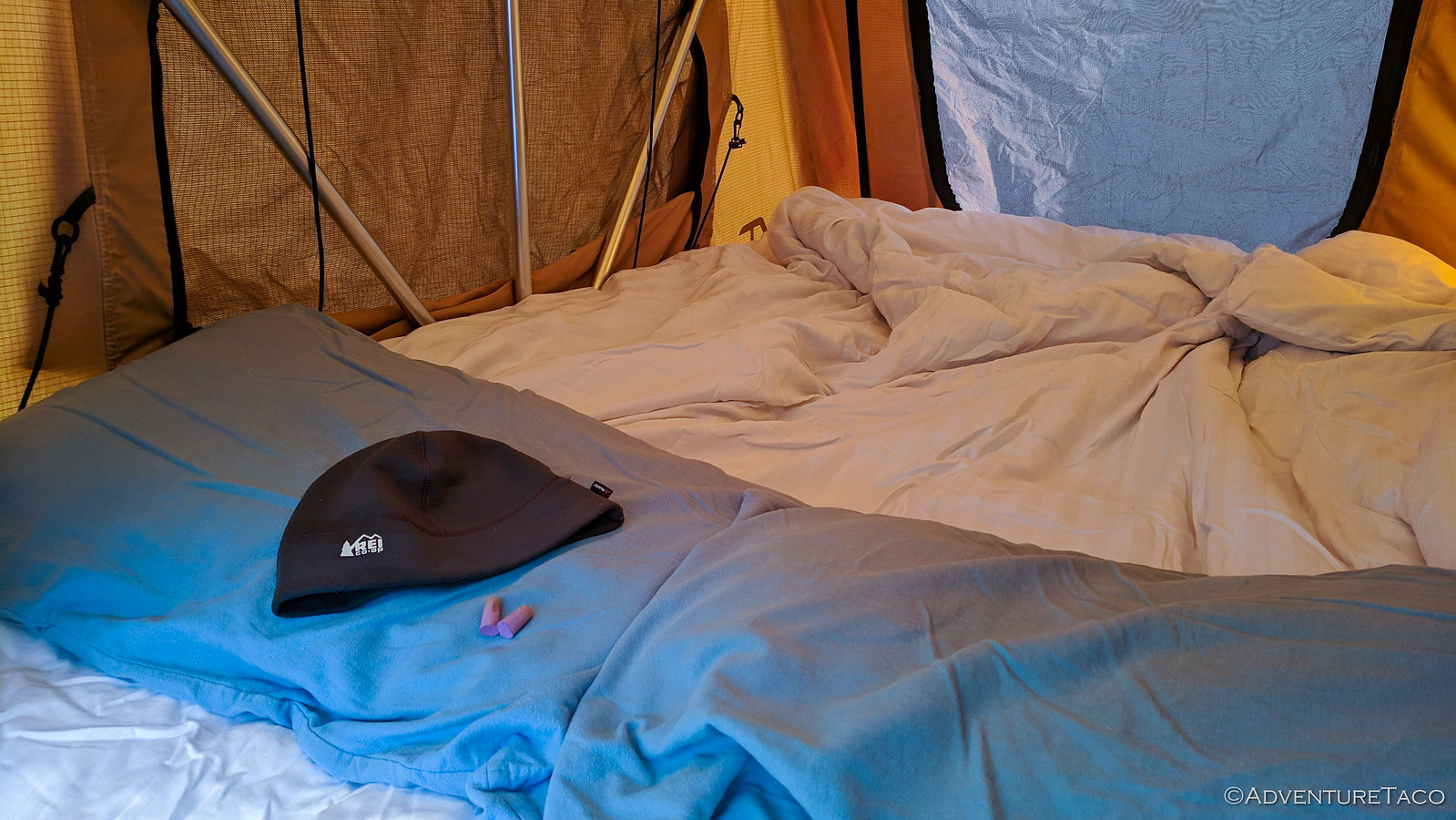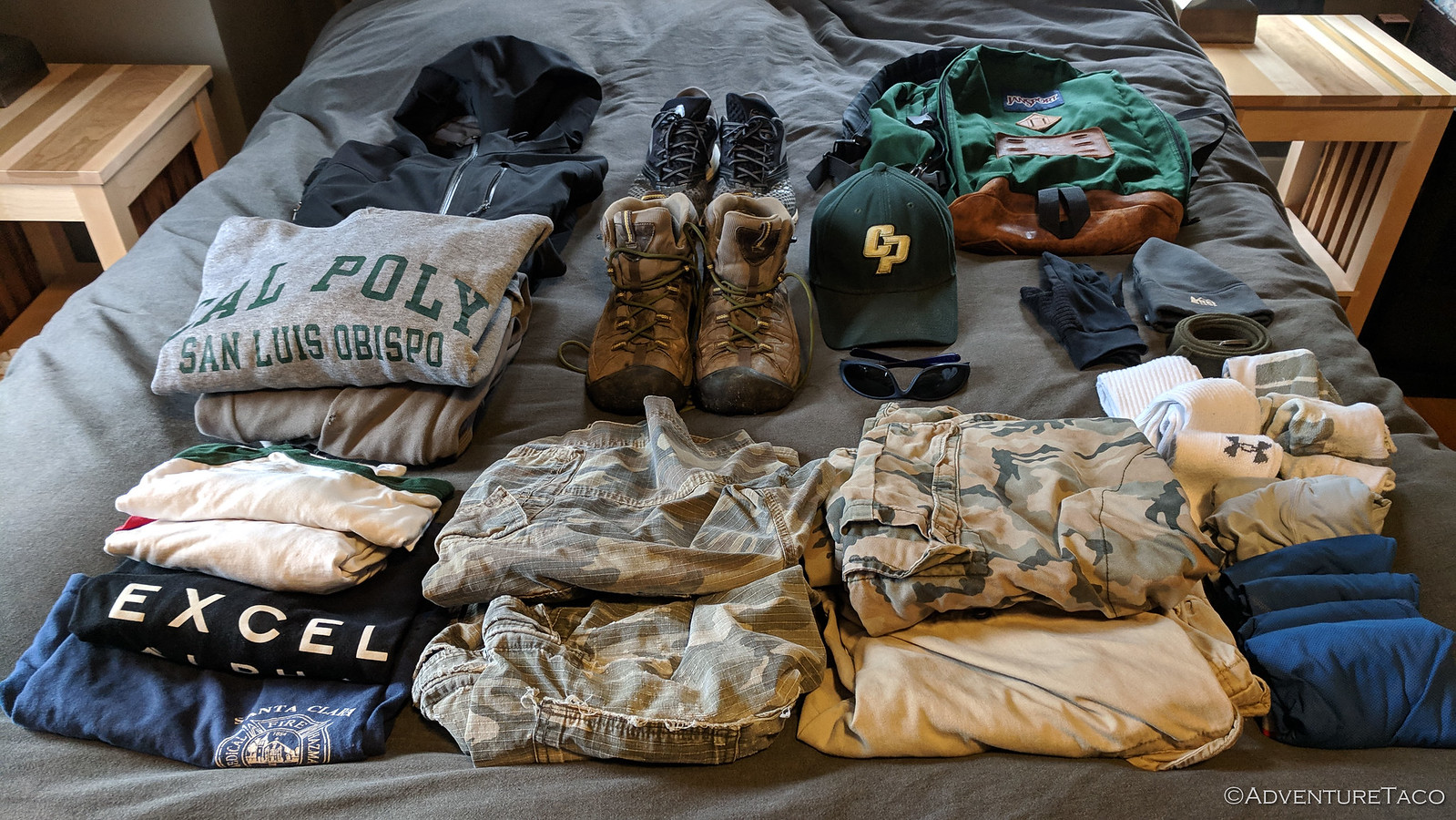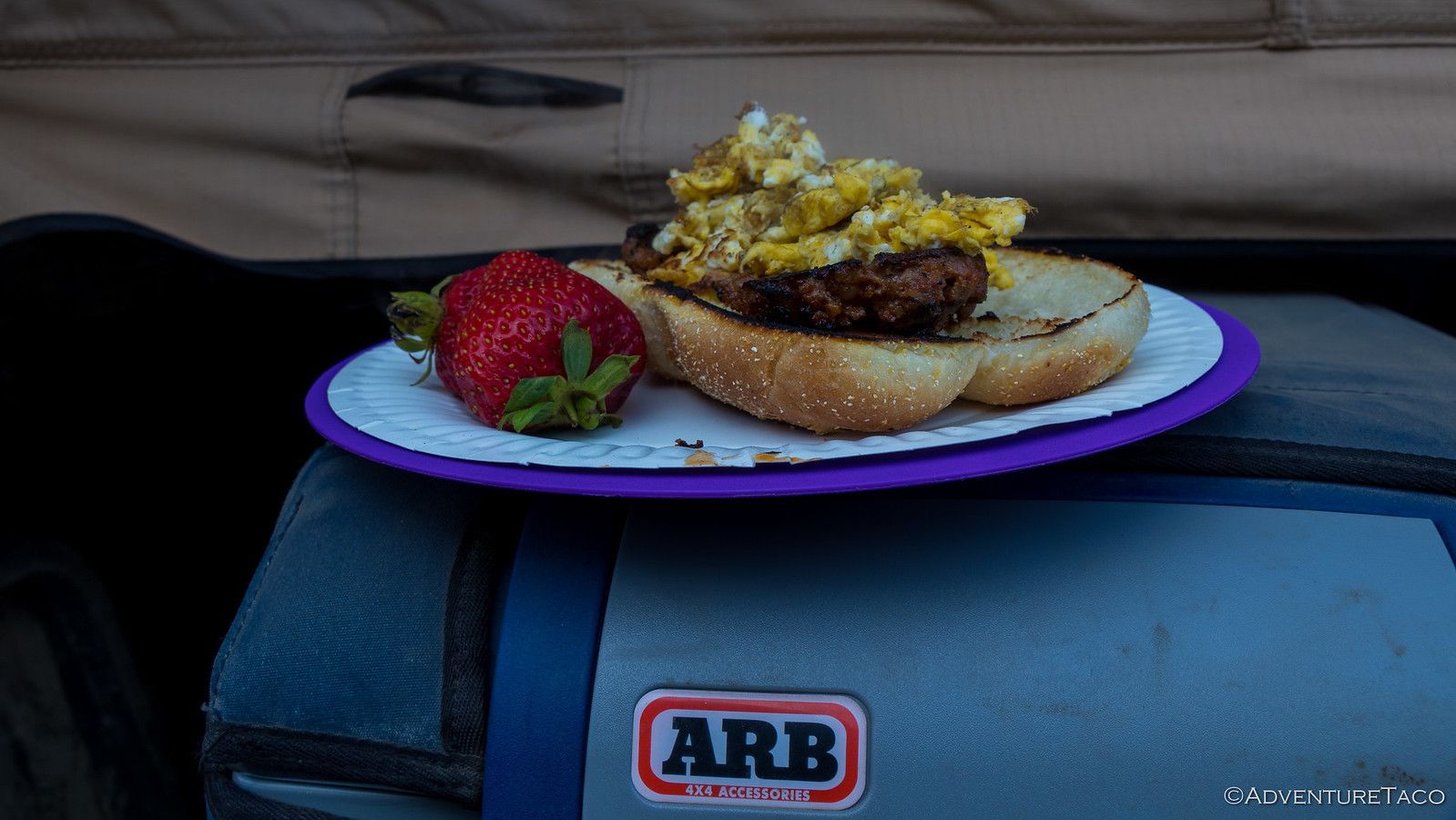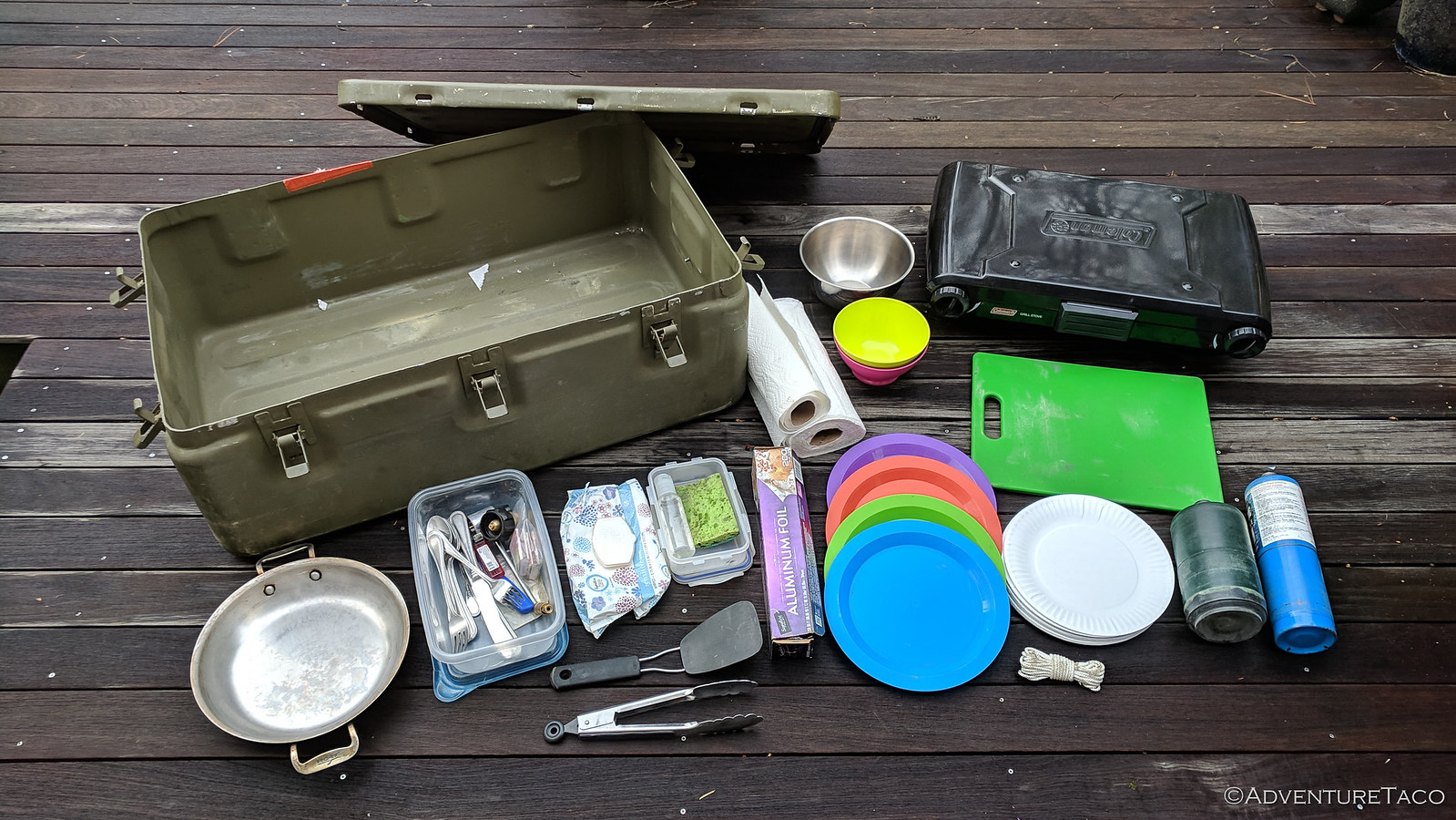Tacoma Rear Shock Relocation - Collecting Parts and Heading South
December 1-2, 2018.
For years now I've run what I'd call "work shocks" in the rear of the truck. First a set of Gabriel Hi-Jackers that I
put on to carry heavy loads, then a set of
Monroe MaxAir MA820's when I
installed the rear lift - these shocks were great for carrying heavy loads since I could add air pressure to push the rear of the truck higher. But as truck use has changed to more exploration (perhaps even the overused "overlanding), it's become clear that the ride provided by these shocks is not ideal. The rear end takes a long time to settle over a bump - and when travelling with a bunch of guys who like to go fast, well...
So when Zane wrote up
his rear shock relocation, I was immediately keen to perform a similar modification to my truck. I figured I could even make a trip out of it - travelling down to Arizona to see Zane and have a mod day, then we could make our way over to Death Valley to explore some of what was still left to explore after the
first trip in January and
the second trip in March to test everything out.
The modification is pretty straight forward. In stock configuration, the rear shocks are mounted using two posts - one attached to the rear frame and one attached to a plate under the rear axle that is used to secure the leaf springs to the top of the axle - like this:
This configuration is OK - I mean, I've generally been happy with it - but it usually limits travel of the rear axle up and down to around 8 inches. By moving the mounts slightly, it's possible to squeeze a couple more inches of up-down travel out of the rear, making for a smoother ride with better traction, since the rubber meets the road more of the time.
Of course, moving the mounts is where the work is - but essentially a new bottom mount is welded to the rear axle, and a new cross-bar is added to the top of the frame (just under the bed) to which new top mounts are attached.
After a quick chat with Zane, timelines were discussed and plans were made...three months before I'd actually head down. That was good, because I needed to collect parts in the meantime.
Some of this was easy - I'd simply copy Zane for the actual shock mounts and mounting location. That meant sourcing:
- A 4-foot length of 1.75" diameter, 1/8" wall round tubing to which the upper mounts would be welded
- Some 3/16" steel plate for gusseting the tubing to the frame of the truck
- A pair of RuffStuff SBRKT-175 upper shock mounts
- A pair of <a class="atalnk" title="RuffStuff Lower Shock Mount R1988-8" href="https://adventuretaco.com/go/ruffstuff-lower-shock-mount-r1988-8/" rel="nofollow">RuffStuff R1988-8</a> lower shock mounts
I decided to do a u-bolt flip at the same time (since I wouldn't be using the stock lower shock mounts anymore anyway) and so looked at several options for a flip kit and new bump stops. Ultimately, I decided on @Plastics Guy
4.25" rear bumps and his u-bolt flip kit as well, given it's beefy 3/8" powder-coated plate and 9/16" ARB extended-length u-bolts.
And then of course, I needed a set of shocks. I knew that this time I was looking for high-end shocks. That ruled out the air shocks I've used in the past, and even well-known, respected brands like Bilstein (5100's -
Left/
Right) and
OME. This time, I wanted something that I could fully rebuild - shocks are after all a wear item on our trucks - so I was looking initially at the major players that everyone seems to consider: King, Fox, and Icon. All of these seemed good with one drawback: in stock configuration, the compressed length of their 10-inch travel shocks was longer than I'd like.
Then, after some more asking around and a bit of research, and ADS was recommended. I'd never heard of ADS, but in browsing their site and chatting with Tyler (via email and phone), it was immediately clear to me that this was the route I wanted to go. ADS could build me a set of 2.5" smooth body shocks, with a welded lower rod end, and 10" of travel that had a 15.1" compressed length and a 25." extended length. Ideal for a first gen Tacoma.
So, my orders placed, and parts on the way - well, except for the shocks, which I decided to pick up at ADS in Arizona when I headed down to do the work - I was all set.
And boy, was I excited.
As December 1 rolled around, I was out of town early - on I-90 by 4:30am - on my way first to Boise ID where I was going to stop by Ben's
@m3bassman to pick up a few 4Runner bits that he'd left on his porch for me. Late in the year, sunrise wasn't for a few more hours and it wasn't until I was already in Oregon that the big orange disc made it's appearance through the trees, fog, and smoke on the horizon.
I'd continue driving south and east through the entirety of daylight hours and into the dark, maintaining my "usual" blazing speed of 62mph nearly the entire time. Through Oregon the landscape was covered with a light dusting of snow; Idaho was a constant rain; as I entered Nevada near Wells, the snow started falling thick and heavy.
I pushed onward - stopping only for food and fuel - into the night. My goal was to reach Pahranagat National Wildlife Refuge by 11:00pm, some 19 hours after I'd left, with only an hour of aggregated stoppage along the way. As the roads got slicker, I was happy to be following a trucker also maintaining a 62mph pace, his tires clearing the pavement and affording mine a bit more grip.
That luck only held out so long though - eventually he turned west and I had 50 miles of empty road in front of me. And then, brake lights and hazards. As far as I could see up the road, traffic was stopped; no one was moving in either direction.
Now the last one in line, I too engaged my hazards as I got out to chat with a few of the folks in front of me. They'd been stopped here for 45 minutes already and expected to be here another 30 - an accident (they assumed) further up the road blocking traffic. In fact, we were there for another hour while the accident was cleared - a big rig and pick-up towing an RV having mixed it up on the slippery road.
Moving again but now an hour late, I found myself pulling into Pahranagat near midnight, happy to discover that it was a couple thousand feet lower in elevation and so while a chilly 24ºF, there was no snow on the ground. I found a spot near the lake, setup the tent, and climbed into bed - eager to see what the morning would bring.
Tired from the day before and head buried in the warmth under the covers, I missed sunrise. Still, as I ventured out of the tent, the skies had cleared the landscape was brilliant under the morning sun.
Still cold, I wiped as much of the morning frost off the tent as I could and let the sun do its work on the rest. It wasn't perfect, but by 9:00am - after a quick chat with a refuge employee who was curious about the truck and tent - I was leaving the refuge, once again on my way to Arizona...via Las Vegas.
I made great time again and by mid-afternoon it was clear that I'd be to Zane's before dinner. Though he'd expected me to show up the next morning, an early arrival was just fine with him as it'd allow us to get a bit of a head start removing the tent and unloading the truck.
And so it was that I completed the last few miles, the truck's shadow racing along beside me - all the exits new-to-me, though one had a familiar name, being that nearly all my OEM parts are purchased from @gunny1005 at Camelback Toyota out of Phoenix.
It had been quite the trip so far, and the best part was yet to come - over the next two days, we'd head over to ADS to pick up my shocks, and then fabricate a new mounting system. Exciting for anyone, but especially for me - my favorite thing to do, learning new skills and building things with my hands.

